Having a digital marketing strategy framework helps your brand achieve a scalable route to success. Since all the components of your digital marketing strategy are structured and guided to run smoothly like clockwork, this ensures more consistent results in this non-linear and disruptive digital world.
But before we deep-dive into the discussion of frameworks and how you can build an efficient one yourself, it’s important to establish first why it’s critical to have one in your digital marketing.
Chapter 1
Why is a Digital Marketing Strategy Framework important for brand success?
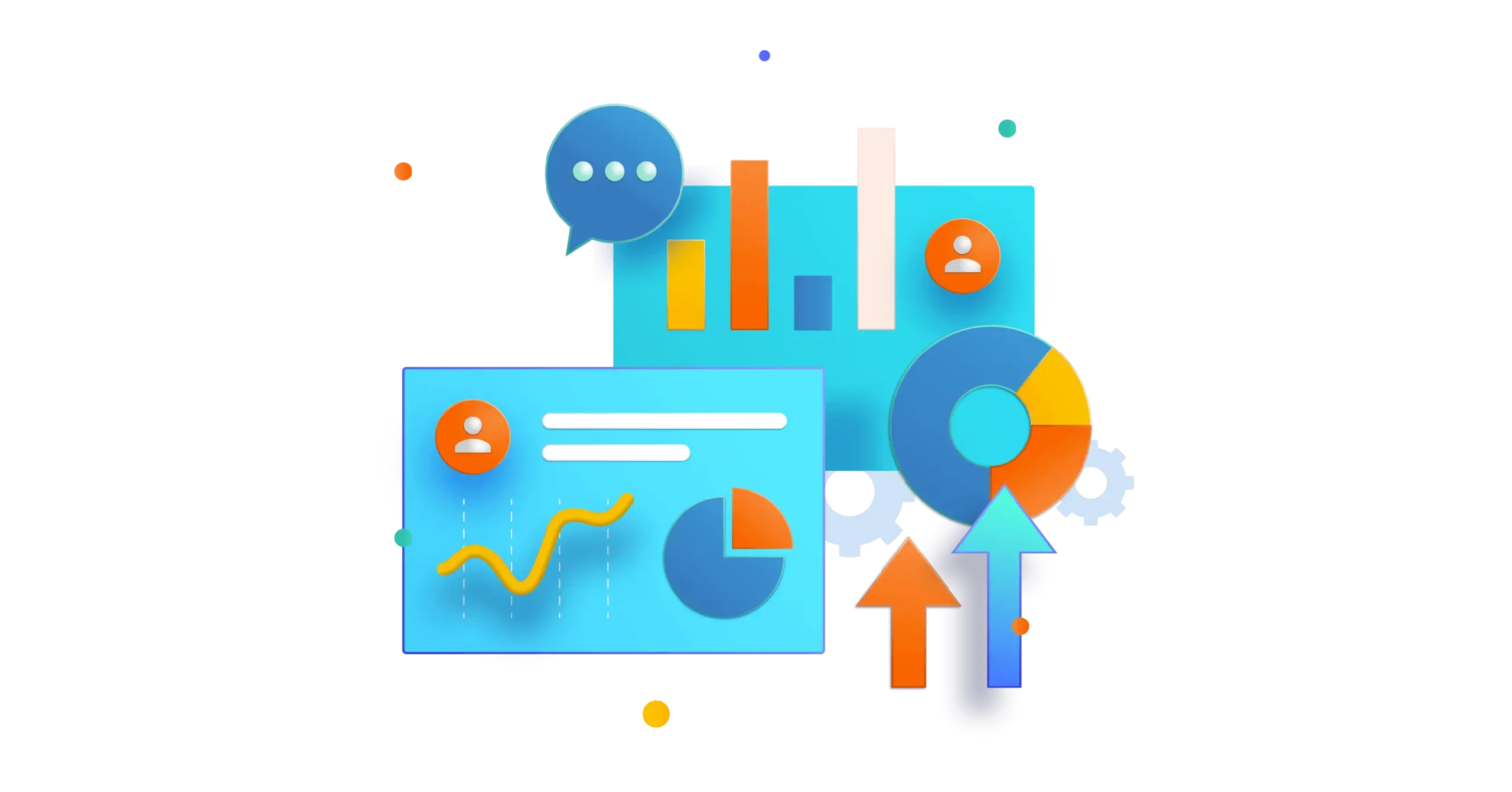
In this fast-paced, information-driven, and technology-centric age going digital for your brand is simply non-negotiable.
The question is, where do you start?
Explaining what digital marketing is might be easy but practicing it can be a challenge, even for an experienced digital marketing agency that has been doing it for years.
Why is digital marketing difficult to do?
It would be a mistake to think that there's a one size fits all strategy for all companies that will stand the test of time. The terrains of digital marketing are ever-evolving and businesses that can’t adapt to these changes simply sink. But that's just one aspect of what makes it difficult and below, you'll find some other reasons that make sense of the typical digital marketing conundrum.
Digital is chaotic and disruptive
Based on the latest digital statistics, there are 4.66 billion active internet users worldwide which amount to 59.5% of the world’s population. Therefore, your potential customers may be coming from multiple cylinders. Some engage via social media, others leave comments on blog posts, some are more inclined to click on your ads. With that in mind, where do you start then? How will your digital marketing strategy address and connect the non-linear customer journey for both your online and offline touchpoints?
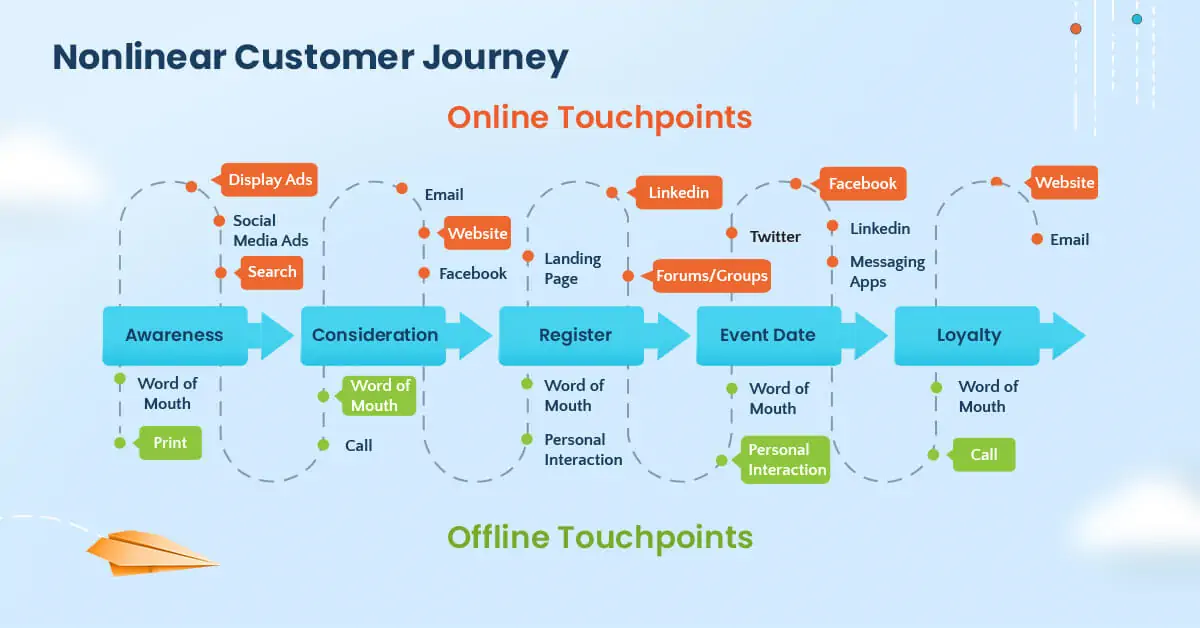
Figure 1.1. Non-linear Customer Journeys. Today's customer journeys aren't as straightforward as they used to be. Often, many offline and online events may lead to either the abandonment or push towards the conversion. Photo by Propelrr.
Customer attribution is messy
Because your target market may have different demographics and come from different cylinders, as a digital marketer, you may have carried out your online and offline marketing campaigns in different channels to increase your reach and leads. Because your customer’s journey is non-linear, how will you be able to determine which channels and messages in your digital marketing strategy were most effective in influencing your customer to purchase, subscribe, or take the next desired step?

Figure 1.2. Why Customer Attribution is Messy. This is because audiences are, after all, people that are multi-dimensional and have various interests that they explore online, and that's just one aspect of what makes attribution messy. An effective digital marketer knows that they shouldn't be just looking at their customers from one lens, but rather many and equally relevant ones. Photo by Propelrr.
The digital marketing approach is unique per business
Each business has a different objective, branding, content, channels, infrastructure, and data. These factors can even change as time goes by depending on the effectiveness of your strategy, your brand, and the latest digital marketing trends.
Since the pandemic started in 2020, trends such as live videos, audio content, user-generated content, brand activism, branded content, and nostalgic marketing are in trend right now. Especially since a lot of people are still required to stay at home and most consumers dream of the good old days when life was simpler and "normal."
These are just some of the pain points you may encounter in your digital marketing strategy. More may arise in the future as Google algorithms, customer behaviors, and your company’s needs and abilities change.
The importance of a digital marketing strategy framework

Figure 1.3. Benefits of Digital Marketing Strategy Framework. Implementing a digital marketing strategy framework won't just benefit you in terms of revenue, but ultimately in understanding your ideal customers online.
The good news is, having a digital marketing framework can help you come up with a solid digital marketing plan that will help you:
- Efficiently meet your objectives and goals;
- Create a scalable process to ensure results;
- Create a seamless customer journey at every market touchpoint;
- Easily diagnose factors affecting brand performance;
- Track the effectiveness of your campaigns, and;
- Grow your business revenue through cost-effective strategies.
Translating your strategy to a digital marketing framework can be hard at first but is highly beneficial in the long run. This process of creating your framework is similar to developing a formula. You consider the variables needed that will yield the results you want to achieve.
Even though there might be updates in your strategies needed along the way, your framework will help you focus on what you need to improve, what you have, what you need to add, how you can execute, and how you can further improve.
1. A framework helps kick-off your digital marketing in the right direction

Figure 1.4. A Framework is a Compass. That helps direct the steps you take on your digital marketing journey and helps makes sense of the chaos. With a proven digital marketing strategy framework, you will never find yourself at a loss for actions to take to overcome hurdles in your digital journey.
The first step is always the hardest. That is the same with digital marketing. But if you have a framework, you get to assess where you should start and how you can start. More often than not, you always begin with your objectives when starting a digital marketing campaign. To know what objectives you can set up, it is best to evaluate what your company needs or what you can improve on.
2. Your strategies become process-oriented
It is important to take a systematic and organized approach when doing your campaign strategies if you want to be successful. Your digital marketing strategy framework will help you create a step-by-step process that you can take to fulfill your objectives.
Your framework will help you to identify the exact steps you need to reach points A and B with ease.
3. Actions are scalable
In digital marketing, quality is better than quantity so you better ask, “how can you do more in the most effective way possible?” With the help of a reliable framework, you can scale your strategy and think of other ways you can increase your reach without increasing the work or costs involved.
4. Identifies granular improvements for better overall executions
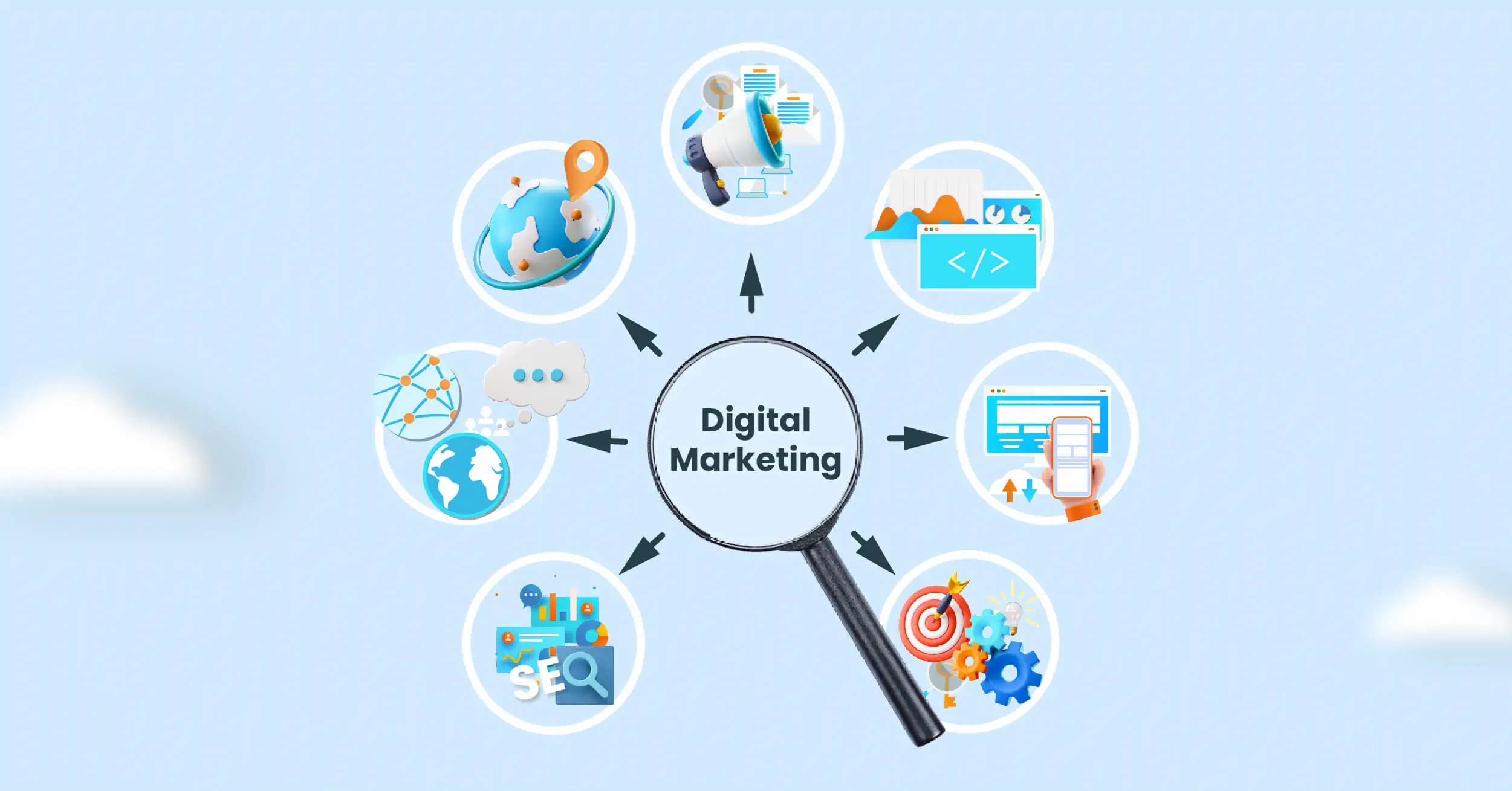
Figure 1.5. Optimize, not Overhaul. A sound digital marketing strategy framework should allow you to make tweaks and optimize specific elements rather than always implementing drastic changes. Photo by Propelrr.
As mentioned previously, the continuous changes in the algorithm, consumer behavior, and your company’s current state can alter the effectiveness of your strategy. Coming up with brand new strategies is not always the most practical way to improve your digital marketing strategy. Sometimes, a little bit of tweaking here and there is enough for you to save time and money and achieve your goals.
By looking into your framework, you can see all the elements of your digital marketing strategy. That way you can pinpoint exactly what you can improve on that will have a huge impact on your executions.
Digital marketing is not cheap. You have to be able to maximize your resources and achieve success without sacrificing too much funds or time.
To achieve success, remember to always use your digital marketing strategy framework for all your marketing initiatives. With the help of your framework, you can pay attention to analytics trackers that can make or break your campaigns. Take into consideration customer experience, think data by design. Most of all, your digital marketing will only be effective if all elements of your framework are present.
If you need professional help in crafting your framework, take a good look at Propelrr’s Digital Marketing Framework. It has been proven to be a framework that really works well for us throughout our more than 15 years of experience in digital marketing.
We want to take this opportunity to show you how we’re able to map out all variables to consider and carefully plan a well-thought strategy and execution from top-to-bottom that ensures online success. Hopefully, you can apply it to your brand’s digital marketing as well.
While most frameworks adopt a funnel structure, our digital marketing framework works more like a flywheel that gains momentum as each marketing component works together efficiently.
If you want an in-depth understanding of how each element plays a key role in this proven framework, then read the succeeding chapters to learn the importance of each factor and how you can also implement it in your digital transformation framework.
Are you ready to achieve online success with your brand? Then you should have a digital marketing strategy framework, to begin with.
Let’s start by dissecting the digital marketing framework at its core -- which is establishing your objectives.
Chapter 2
Objectives
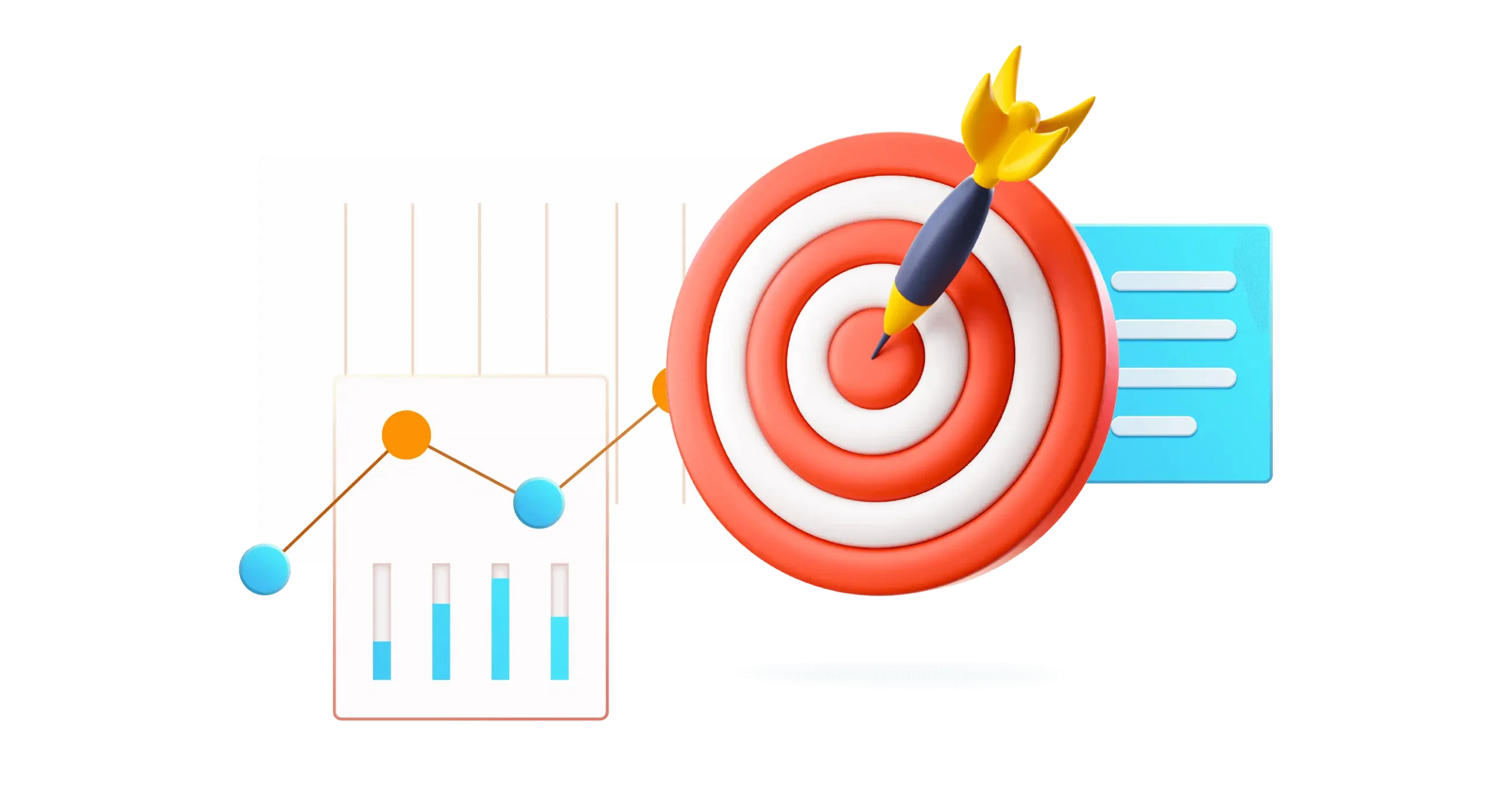
Setting digital marketing objectives can be difficult without the right framework. But if you’re looking to develop effective business strategies, you need well-planned, data-centric objectives that will lead you towards your desired business goals.
In this chapter, you’ll get to dive deep into the roles, processes, and factors that go into your smart objectives with a comprehensive strategy framework.
Are you excited about the road that lies ahead? Then let’s get you started on your brand new digital transformation framework journey.
The Role of Objectives in the Propelrr Digital Marketing Framework
The world of digital marketing is disruptive and fragmented, with audiences coming in from countless varied touchpoints. In this fragmented landscape, you must find a way to ground your business in a stable framework that works for all your digital strategies.
According to business strategist, digital marketer, and Propelrr CEO, Gary Viray:

Figure 2.1. Start With Your Why. Everything we do in Propelrr is guided by an objective that the whole team works toward. Without it, none of your plans and strategies will fall into place and end up failing. Photo by Propelrr.
His statement says it all: your objective plays a crucial role in your digital marketing strategy framework, in that it will provide a feasible, attainable, valuable, and straightforward direction for all your online marketing strategies.
Our digital marketing framework can help you establish a digital objective first to provide a clear direction for all your plans. This element in the framework ensures the creation of scalable strategies that will work for any of your business plans.
Are you curious about the rigorous process undergone in defining and setting an objective? Then read on to find out more about how our overall framework delineates your objective.
Formulating your Business Objectives
Before you begin, your digital marketing endeavors will always begin with an objective. But before you start breaking that concept down into its key components, you must quickly review your company’s brand first.
Ask yourself the following questions, and make sure that your current plans are completely aligned with your company’s brand:
-
What’s your brand vision and mission?
What story do you want to tell? How do you want to tell your story? In what way do you want your audiences to experience that story?
-
Who’s your target market?
To whom are you telling your story? What are they searching for in your business and your brand?
-
What are your products or services?
What positive change can you offer your audiences?
Have you reflected on your answers enough? Once you have, you can use them to clearly, attainably, and feasibly define your business objectives for your upcoming marketing campaign.
The Digital Marketing and Measurement Model (DMMM)
Everything in your framework rests upon a clearly defined objective. But what exactly is an objective? What differentiates this concept from a goal, target, or key performance indicator (KPI)?
At Propelrr, we apply the elements of Avinash Kaushik’s Digital Marketing and Measurement Model (DMMM) to provide clear definitions for these critical terms. These components of your objective will eventually become key players in the rest of your framework-based digital marketing.
Let’s quickly go through Kaushik’s DMMM first to better understand what objectives, goals, KPIs, targets, and segments are, and why they’re all integral to the success of your business online.
-
Objectives
In Kaushik’s DMMM, this concept is your first step in establishing your company’s focus. To put it simply, the objective is the reason why your business exists in the first place. If that sounds kind of dumb, let’s break that definition down. An objective is a reason for your business’ existence that is:>
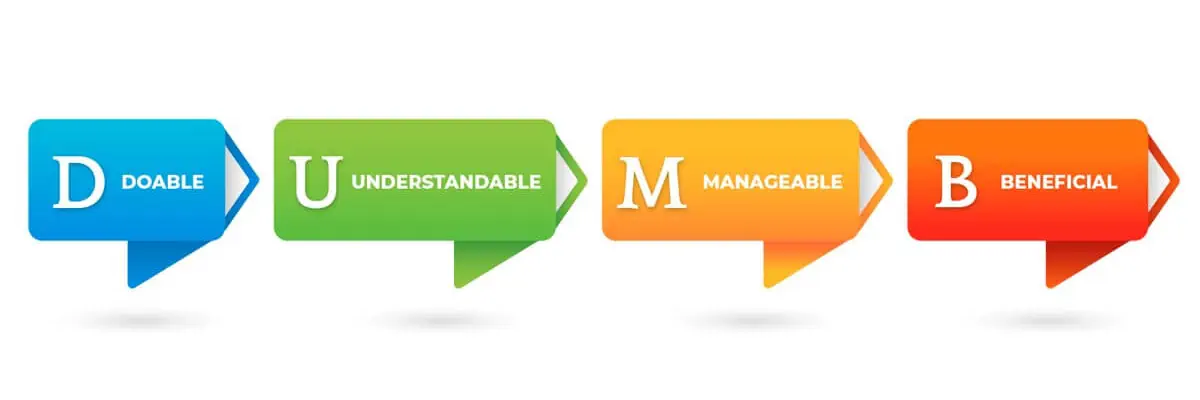
Figure 2.2. DUMB Reasoning in Objectives. Remember that for an objective to be effective, it must be doable, understandable, manageable, and beneficial. It's not just crafted out of guesses, but are intentional and add value both to your business and customers. Photo by Propelrr.
It is a DUMB reason that is both executable and value-delivering for your business and your audience. Some concrete examples of business objectives include revenue, sales, engagement, and brand awareness. If your objective is the reason why your business exists, then how do you execute this concept to ensure value for your company? You do that by identifying your goals next.
-
Goals
Here’s where the road splits for these terms. Where objectives provide direction, goals provide clarity in the execution of any concept. A goal is a specific strategy that you can execute to achieve a specific business objective. If your objective is to “generate leads,” for example, then your goals should help you accomplish it specifically. Your goal can be “capturing contact details” from a lead, which will aid you in generating a full list of leads to pursue further. Your goal can also be “providing resources for leads” to give other audiences more insight into your business as well.
In this way, objectives act as an umbrella over your goals, encompassing them and guiding them. Meanwhile, your goals are the concrete steps you take to achieve your overall objectives.
-
Key Performance Indicators (KPIs)
A KPI is a metric that you can set to measure performance in accordance with your determined goals. One concrete example is a “number of conversions.” So, if your goal is to provide resources, your KPI can be the number of downloads your resources end up gaining. It’s important to note that KPIs can be based on keyword research, historical data or performance. Study your clients, talk to your strategists, and ask your analysts about the most sensible targets for your business.
-
Targets
Targets are directly related to your KPIs; these are your predetermined numerical values, based on your KPIs, that indicate the success or failure of a goal. If your goal is to provide resources, and your KPI is the number of resource downloads, then you can set a target number of 100 downloads per month.
-
Segments
The last term in Kaushik’s DMMM are your segments. Simply put, these are the groups of people, behaviors or outcomes of value to your company. Your segments help you define the ideal audiences that can help you reach your targets, achieve your goals, and succeed in your objectives. Here are some concrete examples of segments that can definitely help you identify an ideal audience to reach your targets and achieve your goals.
- Demographics: your audience’s age, gender, religion, education, race, etc.
- Geographics: your audience’s city of residence, region, population, nationality, country, climate, etc.
- Psychographics: your audience’s motivations, values, pain points, social/cultural roles, etc.
- Behavior: your audience’s hobbies, interests, social media use, mobile phone use, media consumption, etc.
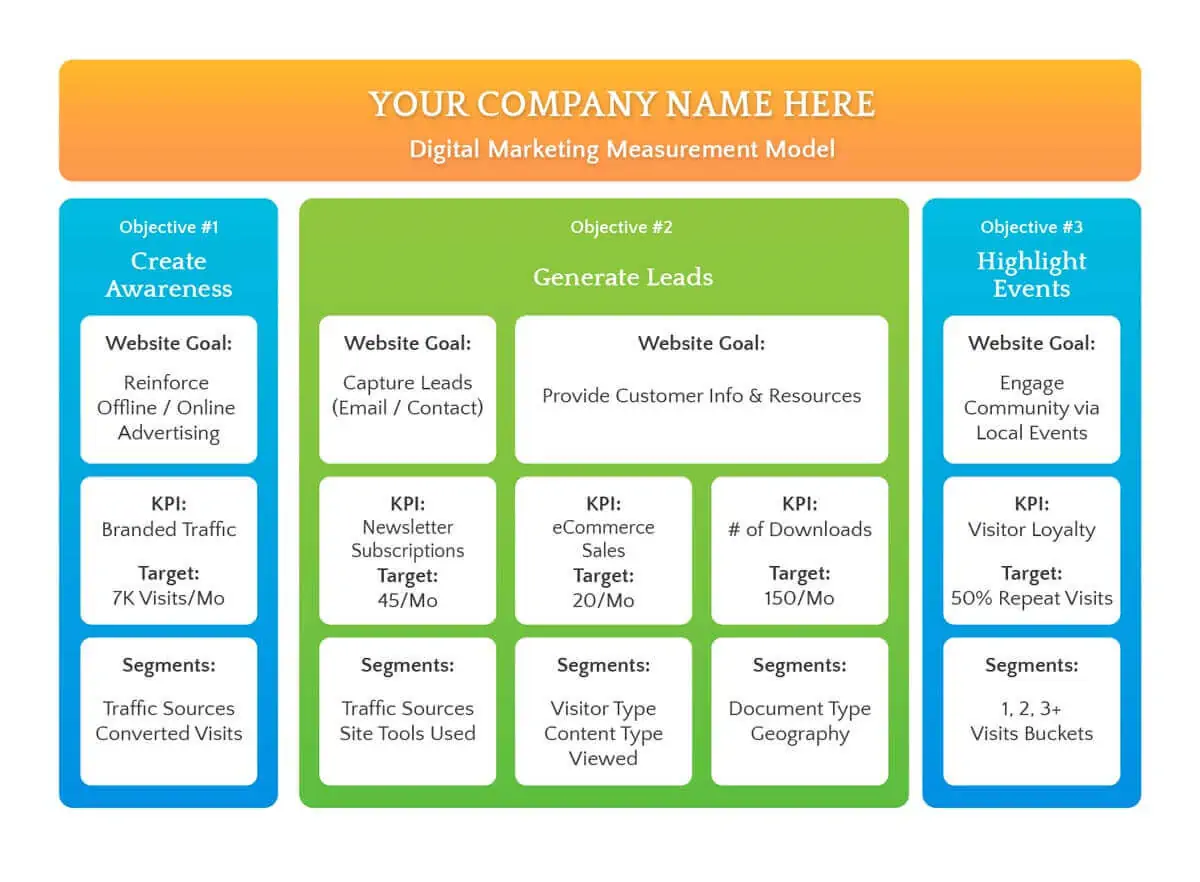
Figure 2.3. DMMM by Avinash Kaushik. This model proposed by Avinash Kaushnik, provides online marketers with a concrete way on how to itemize goals, KPIs, targets and segments, according to corresponding business objectives.
In summary, Kaushik’s DMMM explains that your overall objective can be broken down into smaller goals, which are measured with KPIs and targets, and segmented for certain audiences. Kaushik’s DMMM helps you understand what is important for your business, and where you can start in setting your objectives.
You can practice utilizing the DMMM model for setting your or client's goals, action steps, as well as KPIs and Targets with this custom template we've developed at Propelrr.
Applying the DMMM to the Digital Marketing Framework

Figure 2.4. Applying your objectives under the DMMM. Your approach should be anchored on process-oriented and data-driven objectives that hold together the direction of your overall digital marketing strategy. Photo by Propelrr.
Now that you have Kaushik’s definition and breakdown for objectives in mind, you can apply your learnings about the DMMM to Propelrr’s framework to set the best objective for your business’ digital marketing plans.
Critical components for setting and achieving objectives
Here are the critical framework components that you will need to identify your objective, set your targets, and execute your plans, all in the most strategic way possible.
-
Auditing and benchmarking
An audit is a review of your current assets, to assess their performance against your previously-set targets. Meanwhile, benchmarking is the process of reviewing your KPIs to develop new and improved targets for your company. Here are some of the subcomponents to which you can apply auditing and benchmarking to further optimize your overall performance process:
-
Website performance

Figure 2.5. Optimizing website performance. Is crucial to keeping your customers on your page. A big enemy of your website traffic and website conversions are poor website experience. Make sure to constantly assess and optimize your infrastructure to avoid this. Photo by Propelrr.
This refers to your website’s download and display speed. Auditing and benchmarking are crucial here to ensure your goal of a smooth user experience on your website.
- Search performance
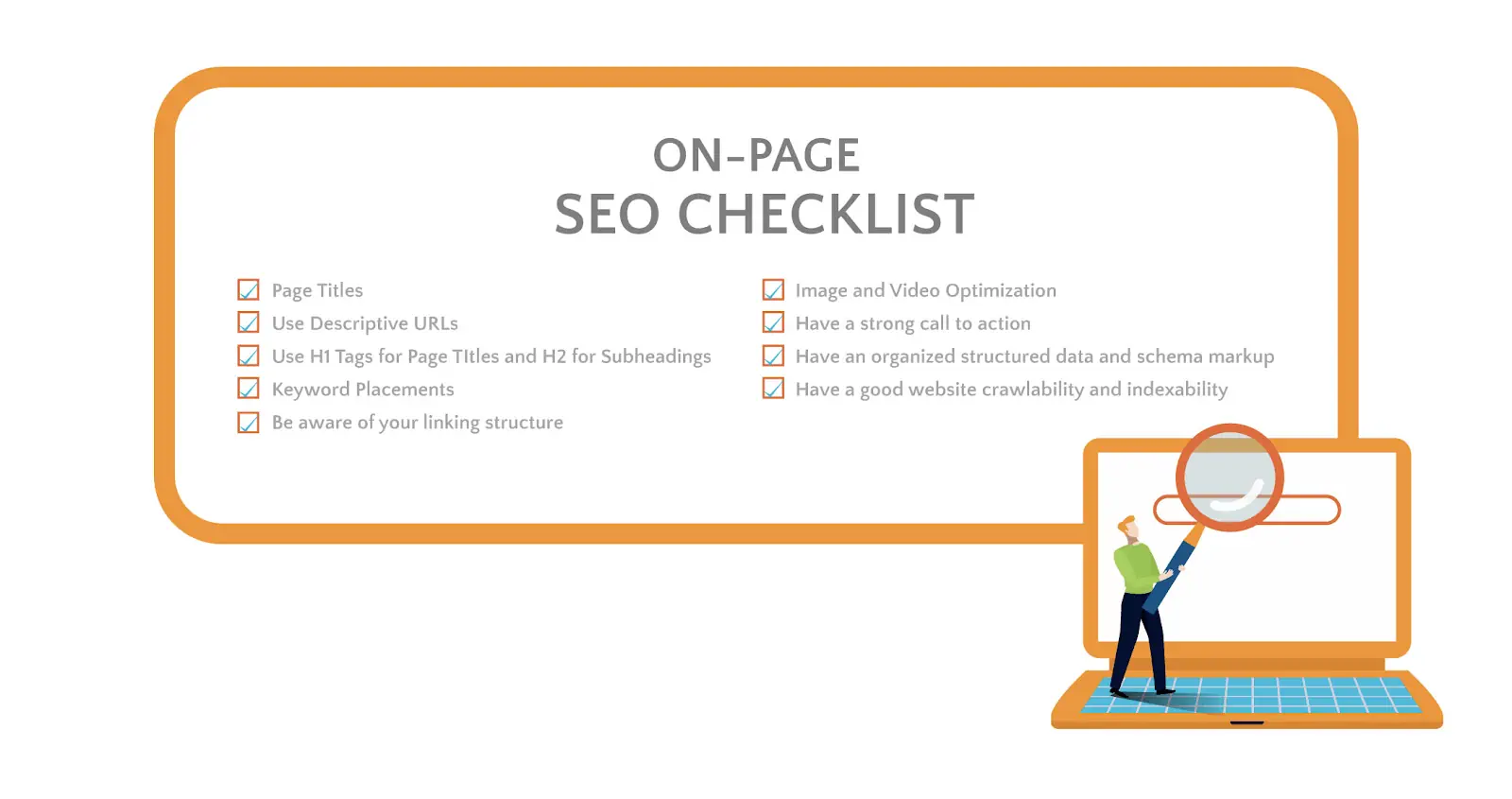
Figure 2.6. On-page SEO Checklist. Here's a quick snippet of what you need to check for constantly to ensure that your content is optimized to compete for top spots on search engine results pages. Photo by Propelrr.
This is your website’s rank and performance on search engines like Google. Audit and improve your search performance with search engine optimization (SEO) checklists.
-
Analytics implementation
This is the means by which you apply your brand’s data and analytics to optimize your performance and achieve your brand’s objectives.
-
Content performance
This refers to your content’s success online, measured with metrics like conversions and revenue. By performing a content audit, you’ll improve your return on investment (ROI) for this heavyweight marketing tool.
-
Facebook/Instagram performance
These refers to your brand’s overall success on these platforms, measured with metrics like views, engagement, and reach. Use the benchmarking and auditing tips provided by these platforms’ analytics to improve your overall social media success.
-
Twitter performance audit (if applicable to your business)
This an assessment of your Twitter account’s performance, through metrics like mentions, impressions, and follows. Twitter Analytics provides great auditing and benchmarking tips for your improvement.
-
Facebook Ad performance and setup
This is the setup and measurement of your Facebook ads’ performance on and off-platform. Facebook offers helpful benchmarks and tips to help you reach your goals through Facebook for Business.
-
Google Ad performance and setup
This refers to your setup and measurement for your ads’ performance on Google and its networks. Audit your performance on these search engines to achieve your goals and reach your objectives.
-
Auditing and benchmarking can help you spot the holes in your framework or strategy so that you can patch these up with your next iteration. Through this component, you can regularly improve your strategies for even better performance over time
-
Target-setting
Going back to Kaushik’s definition, a target is a predetermined numerical value, based on your KPIs, that indicates either your success or your failure. Target setting, on the other hand, is the process of establishing and finalizing a specific target as a scalable indicator of your performance.
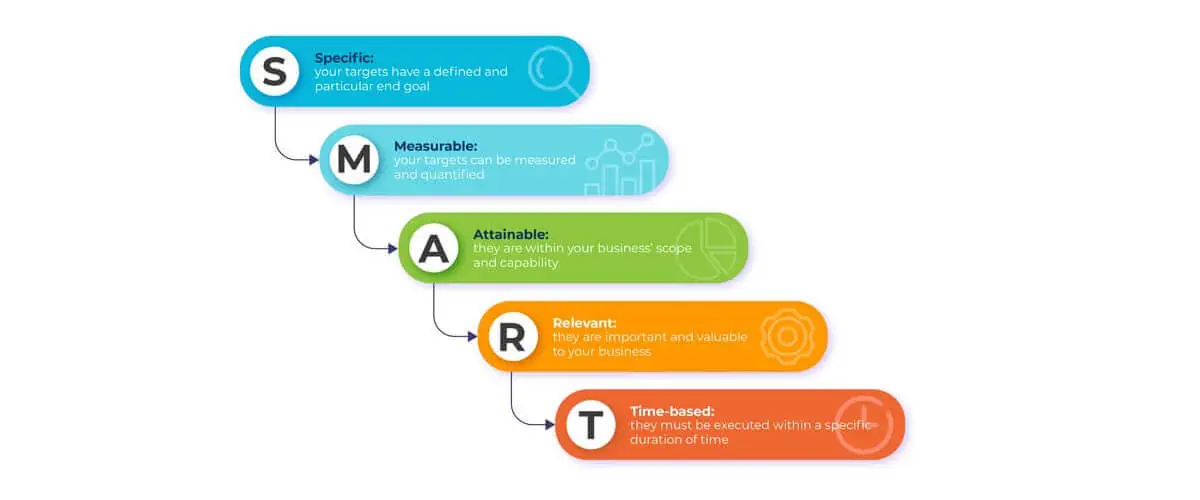
Figure 2.7. Goals Must Be SMART. Goals that aren't specific, measurable, attainable, relevant, and time-bound are difficult to plan for and ensure results. Photo by Propelrr.
Once you’ve set your targets, you can reach these predetermined numbers with ease by making sure they’re set the SMART way. Set targets that are:
Make sure that while you set your targets the SMART way you can realistically achieve as well.
-
Strategy formation
This is the most actionable component of this framework, wherein you map out all your plans based on all your collected information. This is where you start picking the tools and infrastructures that can help you fully reach your targets, goals, and objectives.
For the experts at Propelrr, strategy formation is the bedrock for all your digital marketing. This is where you gather, organize, and manage all your information towards achieving your goals, making this component crucial to your success.
Here are some of the key ingredients of your digital marketing mix that will require solid strategy formation to bring positive change to your company:
-
This is the aspect of your digital marketing mix that studies and applies brand data to help you achieve your goals.
-
This refers to the creation and promotion of your brand’s content to positively market your business to a larger audience.
-
Your search engine optimization strategy will allow you to reach more clients and gain more successful conversions to achieve company objectives.
-
This maps out the way in which you can utilize PPC advertising to reach your business goals.
-
This is where you curate your social media towards your brand objectives.
-
At the heart of all this strategy formation is, of course, your objective, which you identified in the auditing and benchmarking phase, and then established goals for in the target-setting phase. With a strategy formed around a strongly defined objective, you’ll have the structure you need to proceed with all your digital plans.
Your objective is the heart of your overall digital marketing framework, and it is also the first step in your digital marketing strategy journey. But you still have a long way to go on this online marketing journey.
The tools you gathered at this stage will ultimately guide you throughout your process and will help you deliver fantastic results through a scalable, data-centric digital marketing framework. With a long-winding road ahead of you, make sure to bear these objectives in mind as you move on to branding for your business.
Chapter 3
Branding

Branding goes much further than visual aesthetics. Beyond the prettiness of colors and typefaces, branding is, at the core, the act of creating a strong distinction for a product or service, which results in a positive perception among a target audience. In this tech-oriented era, businesses take this to the online platform, creating a digital branding.
In a nutshell, you’re asking two important questions when you’re creating a strong brand: what sets our organization apart (distinction) and what our stakeholders think of us (perception).
The logo and all the visual aesthetics that come with it are only tools that contribute to this big objective. When done right, branding strengthens positive reputation, generates new customers, and offers motivation and direction for your employees.
When you cater to clients, their branding should be your business, precisely because every single digital marketing effort and each SEO strategy you recommend and execute is anchored to it.
As mentioned in the opening chapter, the Propelrr Digital Marketing framework incorporates digital branding in its key steps. When we reach this point, we basically ask clients: what’s the brand story you want to tell?
The Branding Process
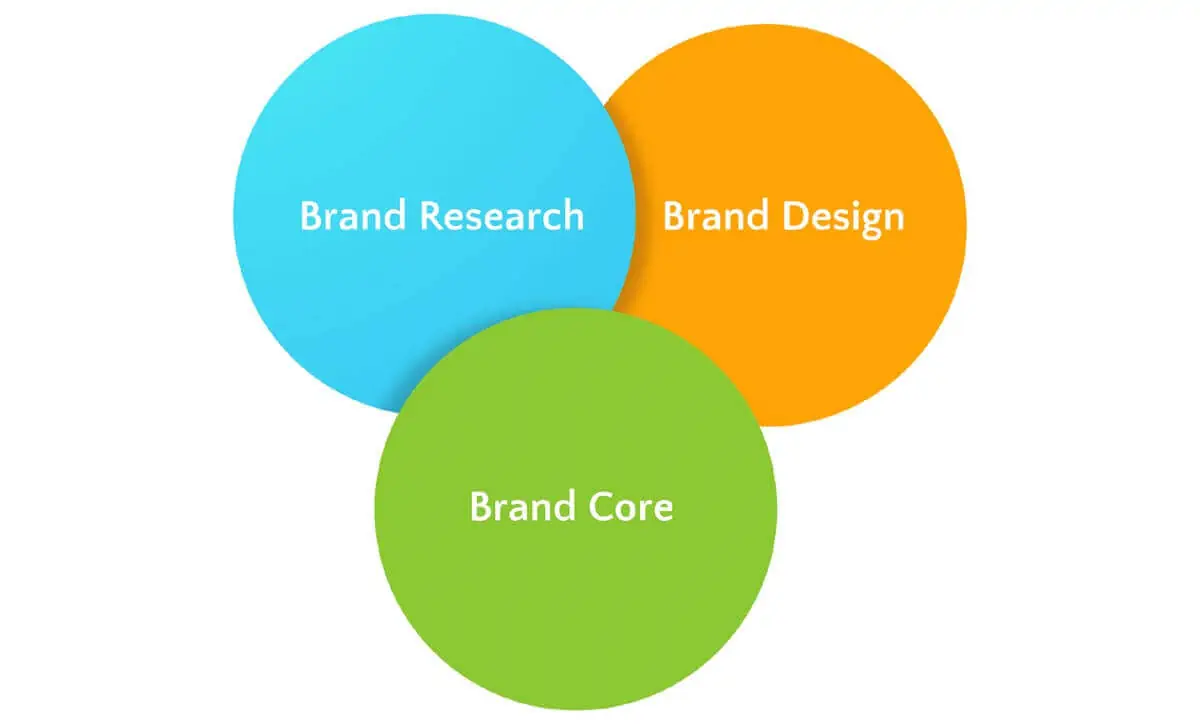
Figure 3.1. The Branding Process. These three steps of the process are key to an effective brand identity that resonates both your business values and ideal audiences. Photo by Propelrr.
Before you're able to tell the story of your brand, however, you should go through the branding process first. The branding process itself is an organized approach to creating and strengthening your brand identity – your distinguishing character.
At the end of the branding process, you should be able to:
-
Set yourself apart from the competition.
Your customers should be able to distinguish you easily from your competitors.
-
Connect better with your audience.
You should be able to relate to your ideal customers on an emotional level. You want them to trust the brand and be loyal followers.
-
Create consistency.
Guided by the mission, vision, values, and proposition of the brand, employees must have a better sense of direction for business decisions. As a result, you project a consistent brand to the world.
-
Ultimately, enhance your digital marketing strategy.
From selecting online platforms to publishing social media posts down to responding to comments on your page, your digital branding will play a huge role.
In a nutshell, the branding process is composed of three elements: conducting brand research, capturing your brand core, and crafting your brand design. Let’s break them down.
Brand Research
Research is the first crucial step in the digital branding process. The data you gather will help inform your decisions pertaining to who you are as a brand and how you’ll project that identity to the world.
In brand research, you have to consider two important audiences: your target market and your competitors. To get the pulse of these two stakeholders, you must have these tools:
-
Voice-of-Customer (VoC).
Listen directly to your target market. Below are some of the ways you can get insights from the market directly:
- Customer reviews - This is initially the main source of VoC because the information is easily accessible online from Google reviews and even your brand’s social media pages. Social listening is also another great way to get customer perception about your brand by engaging in public forums like the comments section.
- Surveys - It can be an email or website survey that gauges audience perception and awareness about your brand.
- Interviews - Gathering direct feedback from the users on what they think about your brand, product or service.
-
Competitor Audit.
Your competitors also provide useful insights as to how you can create and enhance your digital branding. Here are some simple steps to conduct a competitive analysis:
-
List down three to five direct competitors.
It’s better if you list down competitors who cater to the same audience segment you’re targeting. Include your keyword research as well, since in digital you’re looking at both your direct and keyword competitors.
-
Add one business that you think makes a phenomenal job in digital branding.
They don't have to be a direct competitor, but at the very least, they should be within your industry.
-
Add another business that you think is not doing that well in terms of digital branding.
A bad example is still a good example. Learn from these types of competitors’ shortcomings and leverage them to make your brand better.
-
Analyze their digital branding.
Check their online platforms, primarily websites and social media pages. Take note of the positive and negative things these businesses are doing. Zoom in on their brand core. What are their values and promises? What’s their personality like? How are they communicating to their audience?
-
-
This systematic process entails going through your website and evaluating if content elements are user-friendly and conversion-boosting. As you take note of what to improve and what to retain, apply them in beefing up your brand values, promises, voice, etc.
At the end of your brand research, you must be able to improve your brand core and understand your target audience and competitors better.
Brand Core
This is the heart of your brand – basically who you are, and is foundational to a digital branding strategy. After doing your brand research, collate all the information you got from the VoC and audit to craft buyer personas. These are semi-fictional depictions of your target audience, which can help you build your brand core, from the brand personality to the brand voice.
Buyer personas are “semi-fictional” characters who simulate the demographics and behavior of your actual customer based on the market data gathered from your research. Create them by having these pieces of information:
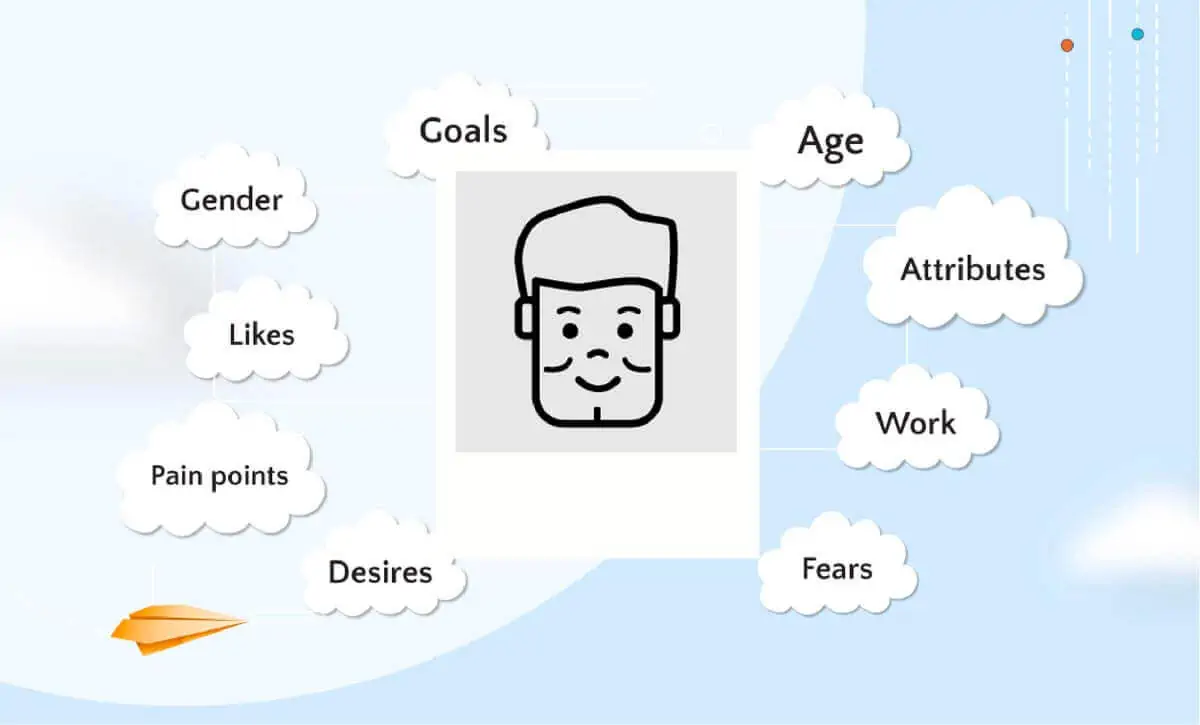
Figure 3.2. Your Brand Core should be audience-driven. Make your branding resonate with your target audiences by developing buyer personas grounded on your VoC data. Photo by Propelrr.
- Persona name
- Age
- Job or educational background: what industry are they in?
- Interests: what are their hobbies?
- Living environment: where do they live— in the city or rural area?
- Goals: what are they trying to achieve in their specific role?
- Challenges: what obstacles do they encounter when accomplishing goals?
- Role in the buying decision: are they the initiator, influencer, decider, buyer, or end-user?
- Common objections to buying: what keeps them from buying?
- Communications preferences: which platform do they communicate often or get information from?
- Marketing message preferences: what kinds of messages do they want to receive?
- Your brand’s strategies in helping them overcome challenges and accomplish goals
Remember that the answers to these questions rely heavily on your market research and VoC. This process shouldn’t be a hit-and-miss practice especially if you have data-backed insights.
After creating buyer personas, you’ll have a better understanding of the market you’re trying to reach. Ultimately, this will help in further improving digital branding, especially your brand core, which is composed of these elements:
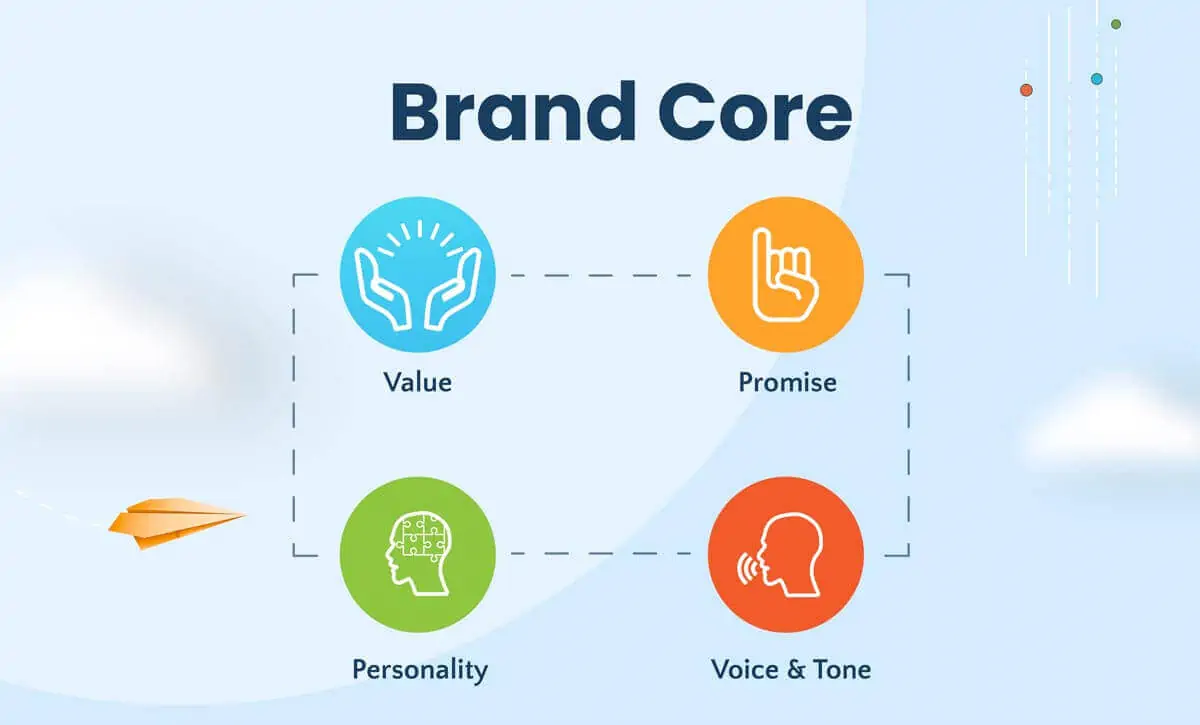
Figure 3.3. Your Brand Core is the Heart of Your Brand Identity. Keep your branding intact with these brand core components. Photo by Propelrr.
-
Values.
This refers to the set of guiding principles that define what your company stands for. Aside from selling goods and services, you must have a higher purpose for the existence of your brand. It must make a difference in people's lives. Otherwise, people won’t be compelled to subscribe to your brand
-
How do you come up with strong, actionable values?
While most marketers would recommend starting with the things that are most important to you, we suggest beginning with the things that you don't like, and then embracing the opposite of that. Perhaps it's the long waiting time at the store or the project not finishing on time. Or, maybe it's the careless, hurried work. In these examples alone, the opposites or the positive values are obvious: timeliness and attention to detail. The negatives turned positives can form part of your values.
-
In a nutshell, here’s your guide question:
What does your brand stand for? (or, what is it that you cannot stand not solving?)
-
-
Promise.
This describes the experience your customers will have when you deliver your product or service. It’s important because it’s the hook that draws people into your business.
-
How do you come up with a meaningful, memorable brand promise?
Emphasize your unique selling point. Sometimes, you can draw inspiration from your values. If timeliness is your game, your brand promise can go “Served and delivered within 10 minutes.” -
In a nutshell, here’s your guide question:
What does your brand guarantee to deliver to customers that they won’t get from others? What can consumers expect from you?
-
-
Personality.
This refers to human characteristics attached to your brand. Its aim is to make your brand relatable to the audience you’re trying to reach. There are five main brand personalities: sincerity, excitement, competence, sophistication, and ruggedness.
-
How do you come up with the right, accurate personality?
Go back to the basics of your brand, from your mission and vision down to values. Your brand personality must effectively project these things about your company. From here, bring your personality to life by assigning a literal persona. It can be an animal, a cartoonish version of your company, or an imagined person with a name.
-
In a nutshell, here’s your guide question:
If your digital branding were a human being:
- How would they be perceived?
- What age group would they be in?
- What social class would they belong to?
-
-
Voice and Tone.
Your brand voice is how you communicate with your audience, reflecting your unique brand personality. This involves every aspect of communication, from the language to the vocabularies down to the emojis and exclamation points. In a nutshell, there are four major categories of voice:
-
Approachable.
The brand voice sounds welcoming and helpful. When you talk, customers feel like they’re being listened to.
-
Amusing.
The brand voice sounds funny and playful. When you talk, customers smile or laugh.
-
Authoritative.
The brand voice sounds assertive, commanding respect, and talks about matters with expertise. When you talk, customers feel like they can trust you.
-
Ardent.
The brand voice sounds passionate and committed. When you talk, customers feel inspired.
While the brand voice reflects your personality, the brand tone is the voice that adapts to specific contexts. The way you communicate when announcing a new product is different from when you're responding to negative feedback online, right? That’s the tone of voice in action.
It's good to have a style guide to direct how you adjust your brand voice in different scenarios, and talking to different audiences.
-
Once you have all these elements — values, promise, personality, and voice — you’ve already ticked off the foundational part of the branding process, precisely because you know who you are already. With this, it’s time to move to the next part of the digital branding process, which focuses on the aesthetics of the brand identity.
Brand Design
Now that you have ironed out the most basic elements of your brand, you will now move to project your brand in a visual way. Brand design refers to the visual features, from the logo to typography to web design. These elements contribute to the overall objective of the digital branding process, which is to create a distinction for your products and services, which results in a positive perception.
These are the main brand design elements:
-
Brand colors.
Colors play a big role in the visual distinction of a brand. Jollibee is red. Grab is green. Metrobank is blue. We easily associate brands with hues. But how do you select the most appropriate colors for your own? Here are two of the simplest ways to do so:
- Learn color psychology.
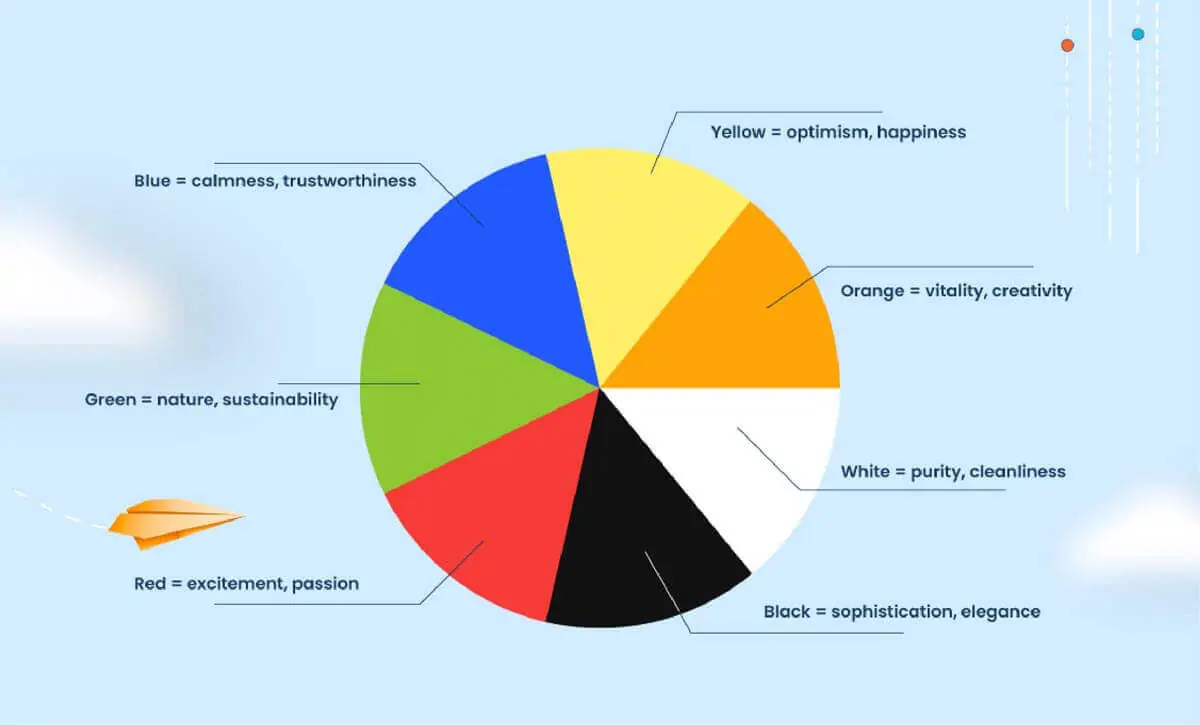
Figure 3.4. Color Psychology. Will help you choose colors that you can use for a brand pantone for all your brand key visuals. Photo by Propelrr.
Every color represents a concept or stimulates a certain feeling in color psychology. Below is a diagram that shows you which colors inspire specific feelings or concepts:
-
Go back to your brand core and research.
Match your digital branding personality with the concepts or feelings colors represent. Are you playful and humorous? Perhaps yellow or orange would suit you. Then take into consideration your audience. What do you want them to feel when they talk to you? Do you want them to be loyal to you? Maybe blue should be on your list of brand color options.
- Learn color psychology.
- Typography.

Figure 3.5. Typography. Can instantly signal an image of your brand. Carefully consider the type and font faces, as they also help tell the story of your brand identity. Photo by Propelrr.
There are plenty of typefaces out there that can represent your brand, but how do you settle on the right one? These guide questions can help you in your search for the one:
-
Is it unique?
The typography must be distinctive enough so that it makes your brand stand out from the competitors.
-
Is it versatile?
It must be readable in all sorts of applications, from print to web.
-
Is it compatible with other visual elements?
It must match other elements of your brand design, especially the logo. If you have a round, smooth logo, it might not do well with typefaces that have sharp edges.
-
-
Photography.
When done right, the images that you use for your brand can evoke emotions in your audience, allowing you to connect with them better. That’s why you shouldn’t be shooting aimlessly. Rather, every aspect of the photo assets you use must position your brand in a way that improves positive perception. That said, these basic photography elements must be your top considerations when shooting products and services:

Figure 3.6. Basic Brand Photography Elements. There are a ton of different tips and best practices when doing photoshoots for your brand product and services. These are just some of the few we mainly use and recommend. Photo by Propelrr.
- Style.
It can be editorial, lifestyle or documentary. -
Positioning and framing.
It can be in the dead center or inclined to the sides. -
Tone and palette.
It can be warm or cool tones. It may be sharp, bright colors or dull, neutral hues.
-
Lighting.
It can be natural, artificial, harsh or backlit.
-
Environment.
It can be inside a studio or out in a specific location.
-
Human models.
They could be male or female, young or old, tall or short, etc.
- Style.
-
Logo.
No solid brand is ever complete without the logo - the symbol that ultimately sets it apart from the others. As always, go back to your brand core and research when trying to find inspiration for your logo. Then decide on the kind of logo you want to go for:
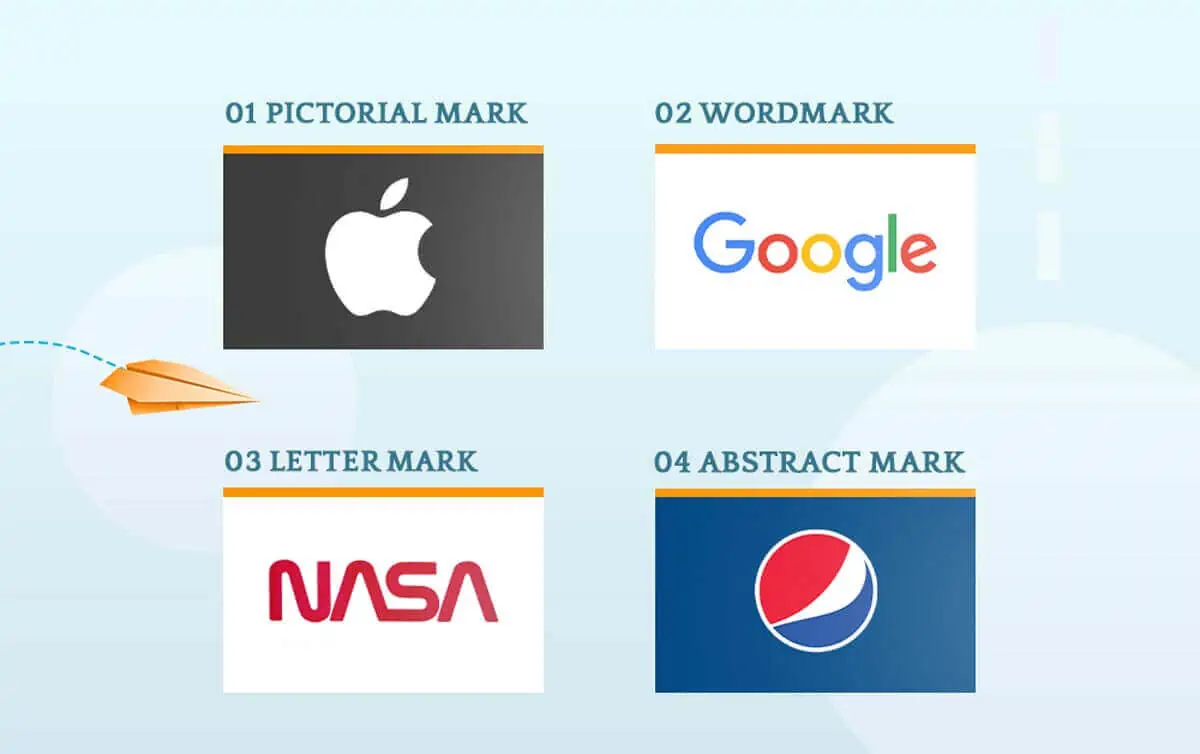
Figure 3.7. Choosing Your Logo. You have different choices to take your pick for a logo. Whichever you choose, make sure that it's memorable and encapsulates the identity you want to communicate to your audiences. Photo by Propelrr.
-
Pictorial mark.
By its name, this type of logo carries a picture, a graphic symbol. The perfect example of this is Shell, which depicts a scallop. If you’re going for this type of logo, select a graphic symbol that people would easily associate with your name, products, service, or at least, the industry you’re in.
-
Word mark.
For this, there’s no picture, only the name of the brand. A lot of companies have this, from Google to Disney. While this may seem like the simplest, you have to be very careful choosing your typography. It must be really distinctive.
-
Letter mark.
By its name, this is the logo that carries just the first letters of the brand, such as in the case of Louis Vuitton, more popularly called LV. This type of logo works best if you have a pretty long brand name. But again, the choice of typeface will be very crucial here.
-
Abstract mark.
This type of logo is usually just a shape. A popular example of this is Pepsi. By pairing this type of logo with your name, you’ll slowly build brand recognition that you can drop the name eventually and be known just for the abstract mark.
-
A solid brand identity embodies the brand core, backed by brand research, projected in brand design. Once you’ve pinned this down, your digital marketing campaigns will be grounded in that strong identity.
Now it’s time to focus on the more technical side of things which is building solid, robust infrastructure that is responsive to your customers’ demand.
Chapter 4
Infrastructure
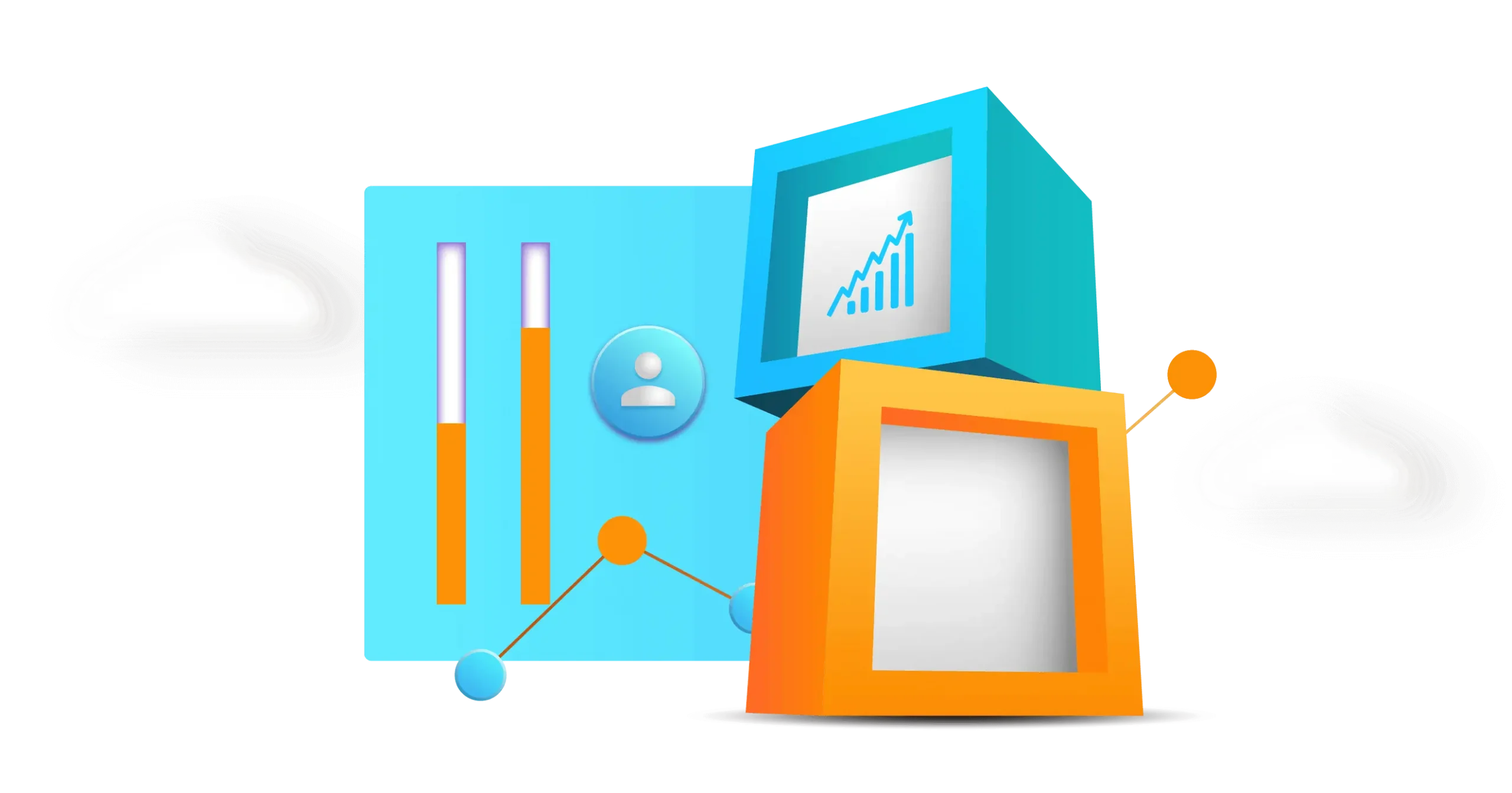
You finally checked your digital marketing objectives, and your branding is stronger than ever. You might be wondering, what is up next? It’s time that you move on to the operational side of things.
As you might know, having SMART objectives and well-thought branding is not enough. If your webpages, landing pages, and other website features perform poorly, your chances for conversion are slim. This is why you need robust infrastructure.
Criteria for good infrastructure in website development
1. Good infrastructure boosts positive user experiences.
Fast, easy, and secured results — this is what most online users want. With a well-built digital infrastructure, brands can easily address this need, and therefore, reach a wider market for their products. Good digital infrastructure ensures that you have stable and secured media channels that are 100% working all the time.
But if your media channels often crash, have terrible navigation or feature listings, and have unsecured warnings for online transactions, you might drive your customers away in droves.
2. Good infrastructure maximizes your resources.
Time, money, and effort are all valuable assets that you need in building a digital transformation framework. And because they are valuable, you would only want them to go where you need them, without even a slight amount of waste. A good marketing infrastructure assures that these resources do not go to waste, because your media channels and apps are reaching all the right people with advanced and relevant services.
3. Good infrastructure promotes strong digital branding.
Your company may not be the only company in the world, but your digital branding will set it above the rest. Good digital infrastructure will ensure that your company’s digital branding is associated with the words reliable, fast, and secured. In no time, you will gain loyal customers, partners, and stakeholders who will attest to your tried-and-tested services, which will, in turn, gain you new ones!
4. Good infrastructure yields more success in digital marketing efforts.
Functionality is always greater than aesthetic. This is why positive market experience, an established digital brand, and an efficient digital marketing strategy are only a few of the reasons why you should look into strengthening your marketing infrastructure. But it can also positively impact your other digital marketing goals, such as gaining new customer insights, evaluating features that work and do not work, and improving personalized communications with your target market.
5. Good infrastructure ensures compatibility in multiple devices, screens, and other tools.
Different users means different preferences. One customer may prefer to use an Android smartphone to access your media channels, while another may opt to use his Apple tablet. Some users might also need assistive tools, like screen readers or voice recognition. With a good infrastructure, you can ensure that your website works with your target market’s technology preferences.
Definitely, a good infrastructure is an integral part of building a solid digital transformation framework. But of course, building and maintaining a good digital backbone includes many areas to look into. You need a framework that includes these vital components and subcomponents in every process of strengthening your digital infrastructure, which is exactly what the Propelrr Digital Marketing Framework can help you cover.
Steps for infrastructure development
1. Planning and Onboarding
All good digital frameworks start with a solid plan, so you have to visualize your website’s design, features, sitemap, and user flows. As part of the onboarding process, both clients and experts discuss comments and suggestions as part of the overall considerations in building infrastructure.
- High-level Architecture
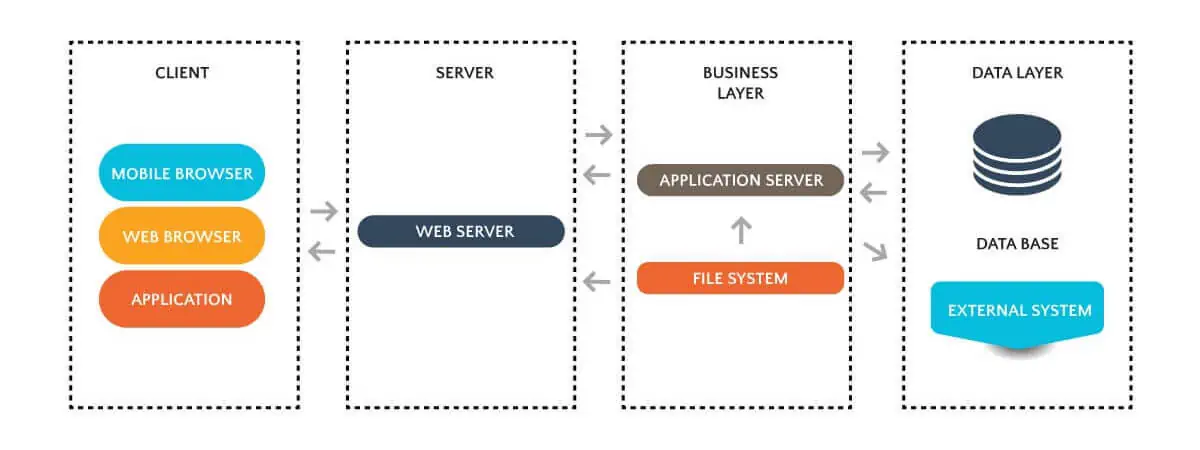
Figure 4.1. High-level Architecture. This is a sample of what a website structure looks like from a macro perspective. There are a lot of other elements that aren't apparent at first glance, but it's exactly for that reason that you have to carefully assess and keep watch over these elements of your infrastructure.
Website architecture is your website’s overall design that connects every webpage in your media channel. A good website architecture will result in better sitelinks, improved search engine results pages (SERPs) crawling, and avoid duplicate web pages from competing websites. To ensure high-level architecture, some of the things to add to your ultimate web design checklist should include the symmetry in the website’s entire system, adopting a readable URL structure, and using great internal linking strategies.
-
Design Conceptualization
Design conceptualization is the second part of your planning and onboarding process. After coming up with your overall design, you decide on what particular images, texts, and consistent tones that your brand wants to resonate in your media channel. Conceptualization is significant in digital infrastructure because it will help magnify the unique selling points of your company. So in the process of digital conceptualization, a close review of the consistent features of your brand like imagery and ideas should be considered, as well as other relevant topics or ideas. -
Features Listing and Mapping
In deciding your features listing and mapping, thinking about your target market’s preferences is the key. User-friendly features and working toolbars are what users will mostly prefer, but these factors should still have a touch of trendy design elements that speaks for the brand. In this way, the media channel will gain more web traffic and engagement from its customers. As an integral part of strengthening your marketing infrastructure, features listings and mapping can be improved by identifying the brand features or services that the users find useful and relevant, as well as picking design elements that are not updated but not overwhelming or boring. - Sitemap and User Flows
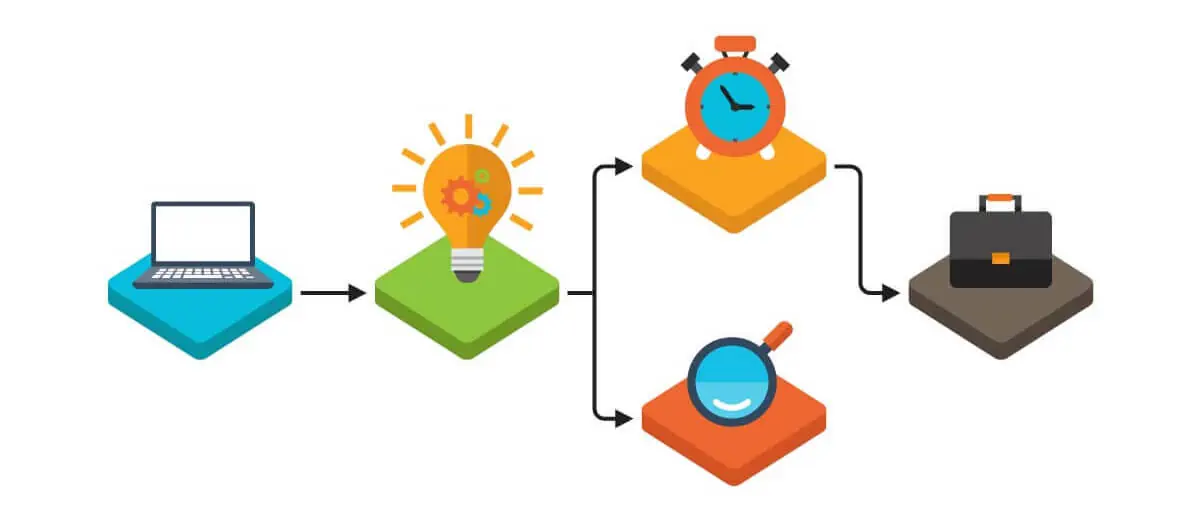
Figure 4.2. Optimize Sitemap and User Flows for Better Infrastructure. Developers use this to get a bird's eye view of your page infrastructure and page goals.
The sitemap and user flows are two interconnected factors in a website. The sitemap is the high-level and general view of the website’s navigation structure, while the user flows are the low-level and specific views. These two factors are significant in digital infrastructure because they give the developers and designers insights on the probable stages of customer engagement, which can then help in improving the usage of tools for the customers. Optimizing your sitemap and user flows involve checking on the connected pages and groups on your website, identifying the primary and secondary goals of your target market, and pinpointing the frequent customer actions and the time involved in accomplishing these actions.
- UX
Adopting a UX design involves making worthwhile and relevant customer experiences to your target market. And as one of the comprehensive and meaningful parts of crafting your marketing infrastructure, you will need to make a blueprint to jumpstart any UX design project.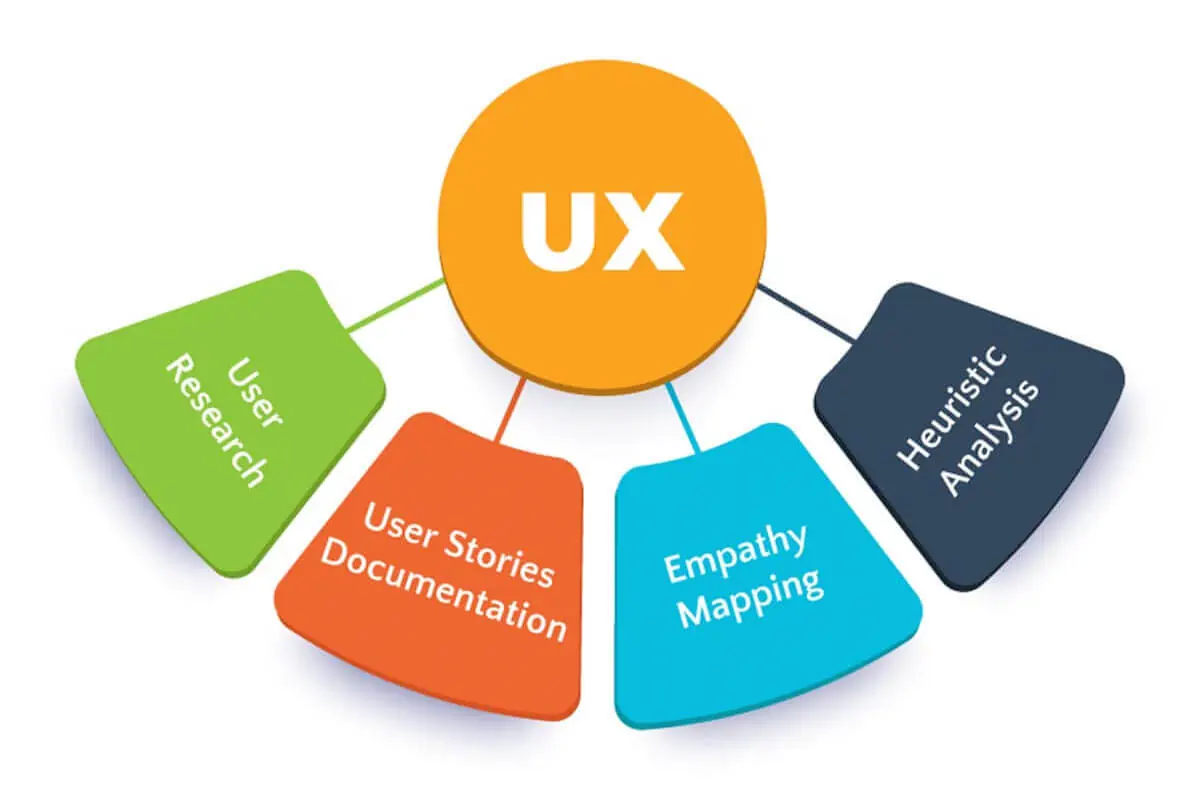
Figure 4.3. User Experience Process. Modern digital marketing bids goodbye to flat and poorly designed website experiences for users. With so much that can be lost due to friction or hurdles in the consumer journey, it's crucial that you take time to go through the process of designing a seamless and effective user experience for your visitors. Photo by Propelrr.
-
User Research
Every time an employee interacts with a customer, that itself is already user research. The employee asks what the customer wants, and the customer responds, and may even comment on the employee’s service or the product that they bought. But having in-depth user research, like giving well-constructed online survey forms and reading customer reviews, will help improve your website’s touchpoints by providing insights to make a more meaningful user experience. In conducting user research, make sure to draft your objective questions, your team’s hypotheses and assumptions, and doable methods in addressing your findings. -
User Stories Documentation
Documenting user stories goes hand-in-hand with your web’s features and design. User stories can be used to pinpoint relevant website capabilities that will save time, money, and effort. They will serve as your basis for adding present or future features to your media channels. To get the most out of user stories documentation for boosting your marketing infrastructure, remember to look into the success and error rate of each task, including its duration to complete or drop off. -
Empathy Mapping
Mapping on the customer’s empathy can be a little tricky. How can the developers of the brand share an understanding of the user’s needs? Social listening is always a good option, so that the audience's comments and suggestions would be considered in your empathy mapping. To do so, you must first visualize or pinpoint the main concerns of your customers based on these comments. After that, you lay out a script that will help you gather data such as the demographics of your customers and what are the specific features that you want to ask for feedback. -
Heuristic Analysis
Heuristic analysis in UX design meant assessing the usability of processes and interfaces of your website. These analyses are done by SMEs, so that they meet the standards of usability. Still, one can help plan for their heuristic evaluations by following a step-by-step guide to heuristics analysis. Other tips that you can do to improve your heuristics and build up your digital infrastructure is by looking into essential website evaluation frameworks and selecting and briefing three to five SMEs.
-
2. Design and Development
Once you are done visualizing your website’s overall design and features, and adding and removing features based on your customer’s preferences, you head onto the design and development of your website.
-
UI
User Interface (UI) design is the process of building the interfaces or forms of a website based on different devices or software. The interfaces could be in the form of graphics, voice control or gestures. Having an effective UI design means having a smooth and enjoyable interface for your customers. Good UI designs should include consistent buttons with consistent functions, simple and easy-to-understand elements, and readable texts, fonts, and images. -
CMS
A content management system (CMS) is an easy way for even beginner digital marketers to manage their website. You wouldn’t have to worry about building the website from scratch. In addition to handling other basic structures for your website, having CMS can also help in data management. In ensuring that your CMS contributes to a powerful digital infrastructure, make it a point to adhere to certain criteria in selecting the right CMS. Also, do not forget to add quality content like optimized images and internal links, as well as using rich keywords. -
Front-End Development
As the name suggests, front-end development focuses on constructing the user interface. It involves using JavaScript, Hypertext Markup Language (HTML), and Cascading Style Sheets (CSS). Doing front-end development for your marketing infrastructure helps you evaluate the user experience in different gadgets and applications. Some of the factors that one should look into when doing front-end development are the screen sizes and network connections of devices, which could positively or negatively impact the user experience. -
Backend Development
Backend development, on the other hand, encompasses the servers, the apps, and the database of your website. The backend is incredibly important to a digital infrastructure, because this development will process and respond to the user’s actions in the website. One of the important areas of backend development is providing fast loading and feedback time to its frontend, so that the user is assured that your website is stable and secure.
3. Testing
You have designed and developed your website and now, just like all traditional or digital products, you need to subject it to a set of tests.
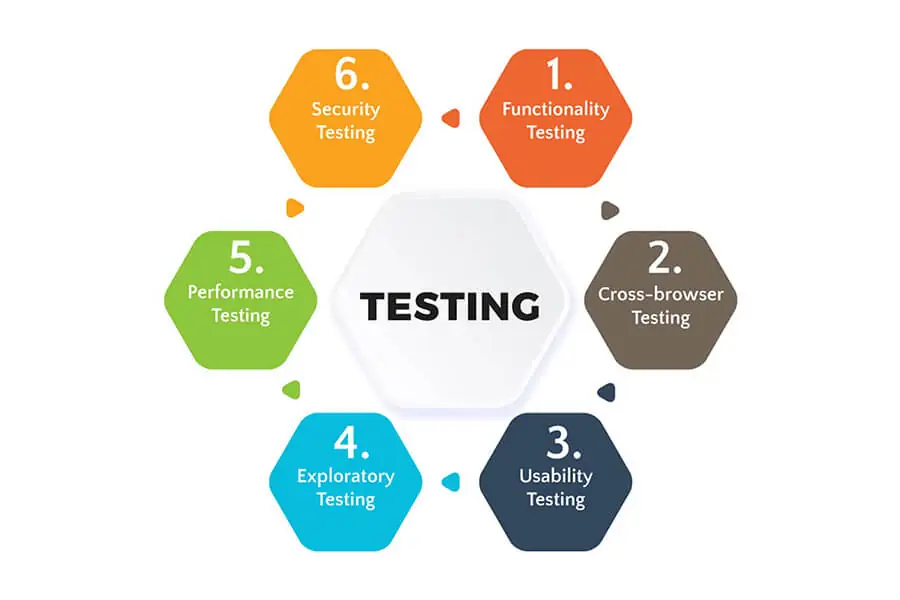
Figure 4.4. Put Your Projects to the Test. Before you launch your development projects, subject them to rigorous rounds of tests of the types stated above. This ensures that your infrastructure is sound on all fronts. Photo by Propelrr.
-
Functionality Testing
Functionality testing is a process that checks the functionalities of your website. These functionalities include the basic ones, like if your website toolbars or buttons are working properly. Remember that part of a strong digital infrastructure means media channels that are in 100% working condition. As part of your functionality testing, all your links must be tested such as internal and outgoing links, and cookies can be cleared or stored to avoid repetitive tasks such as logging in credentials. -
Cross-browser Testing
Customers do not access online content on one platform alone. Some users may use different browsers, different devices like smartphones or tablets, and assistive technologies. Cross-browser testing ensures your website works on these different platforms, so that your users won’t assume that your website is broken or not working properly. In cross-browser testing, some of the features for checking are the website's accessibility in different platforms, its toolbar and other elements’ responsiveness, and design adjustments that will fit on different device screens. -
Usability Testing
Usability testing, though simple, can be a huge factor in a marketing infrastructure. Imagine if your website has different buttons for the same task (e.g. checking out products) or your content has broken images. It could certainly leave a bad impression on your new and existing customers. To do usability testing, check the navigation buttons, menus, and links in the website. Checking on the content’s grammar, spelling, and attached images is also something to consider. -
Exploratory Testing
Exploratory testing can help earn dynamic feedback on your website. This is because users are free to explore the features which they deem important, and can also help you evaluate website elements that are actually relevant to your users. This kind of testing needs observant, holistic, flexible, and eager testers who can check the different parts of your website. -
Performance Testing
One of the distinct characteristics of good digital infrastructure is the scalability of a website. This characteristic will best be tested in performance testing. Various performance testing includes checking the capacities of the website, such as how many users the website can accommodate or how many tasks can be performed simultaneously. Performance tests have to determine the acceptable loading time, number of users, and other insights that can help pinpoint tools that will address high volumes of tasks and users. -
Security Testing
Customers will certainly be discouraged to buy or avail services if a website does not have security features. An unsecured website will also yield negative feedback and drive away potential and loyal customers. Indeed, security testing is not something you should skip on a digital marketing framework. Security testing encompasses processes that will automatically close inactive user sessions, restricted access to confidential files and information, and re-direction to encrypted forms.
4. Pre-deployment
Once you are done with all the testing, it is time to prepare your website for pre-deployment. There are tasks to accomplish in doing this, and that includes choosing a good web host. Make it a point to have a list of best qualities to look for in evaluating web host companies, so that you can make informed decisions for your website.
Do not forget to use all the insights from your various tests to optimize your marketing infrastructure, and remember to assess any new changes that you apply. Also, be open-minded to the fact that you might still encounter other problems that may or may not be detected in your previous testing. A good digital marketing framework, however, will help prepare you for all the possible roadblocks to your deployment and equip you with backup solutions.
5. Deployment and Turnover
In the final step of ensuring a powerful digital infrastructure, it is time to release your website to the live environment. Your users will now be able to access and check out your website, but it will not end there.
Maintenance is still a must so that everything on your website works smoothly. A well-built digital transformation framework will have development resources or experts ready so that bugs or errors are always ready to be resolved. Still, you can also cover basic website maintenance like setting up regular malware scans and data backups, updating website themes, and checking your website’s loading time every once in a while.
No doubt, optimizing digital infrastructure gives positive user experiences. With an infrastructure that focuses on giving the best customer experience through well-thought development and user-friendly designs, you can successfully drive the attention and maintain the trust of new and existing customers to your brand.
But if you want to have solid proof that your marketing efforts really did pay off, you might want to look into another essential part of the digital framework, that is, a comprehensive analytics set-up.
Chapter 5
Analytics

Digital marketing makes use of digital analytics data to create a holistic approach that delivers what the consumer wants when and when they need it, resulting in a higher conversion rate.
The desire to understand customers is growing, as is the need for precise real-time analytics. As social media and online use grow, so does digital marketing data. Social networking and other digital marketing tools will help you figure out what your customers want, need, and how they feel about a product.
Digital marketing analytics provides marketing professionals the information they need to determine which marketing campaigns are more appropriate for particular classes of customers.
Big data provides marketing professionals with the insights they need to produce the most effective strategies possible, whether it's identifying how different audiences react to different types of ads or using consumer analytics to map how product desirability varies depending on context and climate.
Importance of digital analytics in your digital marketing framework
The demand for reliable real-time analytics is growing in tandem with the need to understand consumers. Digital marketing data is growing along with social media and internet use. Understanding consumer desires, expectations, and perceptions about a product can be aided by using social media and other digital marketing tools.
Here are a few reasons why digital analytics is important for your digital marketing strategy framework:
1. Proper tracking of campaign performance
Tracking the success of the campaigns is critical because tests cannot be properly run without it. Work with analytics tools that provide real-time reporting capabilities. You will use them to refine your plans and optimize your ad budget. Campaign tracking allows you to prepare for the next moves and make data-driven marketing choices.
2. Understanding customer behavior
Acquiring clients necessitates understanding and forecasting consumer behavior patterns so that you can measure their response and customize your campaigns to meet their needs. Marketing automation tools help you understand consumer behavior, helping you to build strategies that maximize loyalty and, eventually, revenue and profits.
3. Predictive analytics can help you develop the next best step for your brand
Predictive analytics would simply take the hassle out of testing, allowing you to spend more time developing smarter strategies. Predictive analytics allows you to metaphorically study your customers' acts under a microscope, scrutinizing even the most innocuous-seeming activities to decide what their next step will possibly be in regards to your business.
Process of Digital Analytics
The digital analytics framework can be used to achieve a variety of goals. Yet, in its most useful sense, can be seen as a way to familiarize market customers with data that might be available to them, as well as to improve the quality with which that data is processed, and returned to the business.
When it comes to using data in your organization’s decision-making, the same principle applies. Your data will yield no useful insights if your resources and processes do not share a coherent approach.
Building a solid analytics base requires a company-wide dedication. Here are four crucial steps to help you lay a solid base for your project.
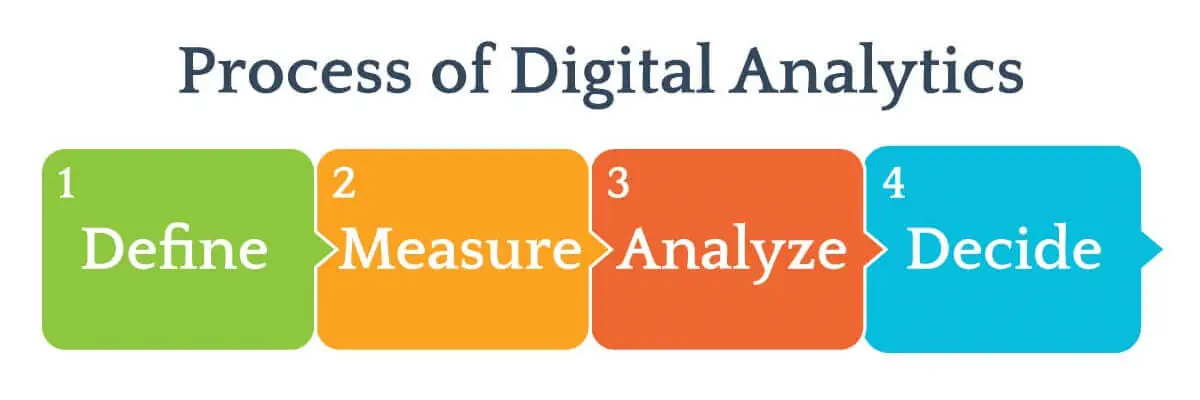
Figure 5.1. Process of Digital Analytics. Though it may look simple from a high-level look, the digital analytics process thoroughly inspects every possible circumstance that affects your digital efforts. When you zoom into the more granular levels of these steps, you'll find that it's a rigorous routine of scrutinizing your campaigns. Photo by Propelrr.
1. Define
The first step in starting the data analytics project is to create a measuring system to ensure that all of your business priorities and strategies are in line with the data you're gathering. Define your short- and long-term objectives. Are there any data points that can help you benchmark in the future but don't seem to appear on your current performance?
It's also important to have a plan in place for analytics governance. This involves a review of duties and obligations within the companies, as well as a pledge from the top down to enforce and manage data collection, interpretation, and reporting rules.
Defining your assessment process and analytics governance approach is a crucial and required step in deciding your analytics roadmap. Set targets on how you'd like to use your analytics tools, keeping in mind your budget, money, and timetable constraints.
2. Measure
Before you can start tracking and collecting data, you'll need to figure out what resources and platforms the company can use.
-
Tag Management Solution
Tag management is the method of organizing and running all tags effectively. A tag management solution offers an interface from which users can conveniently control tags. Individuals with no coding expertise can use this to decide which data to gather, deploy tags correctly, control page speed, and more. The tag control software can be found on websites, smartphone apps, and IoT devices.
-
Digital Analytics and Reporting
Data analytics is the method of processing digital data from multiple sources, such as websites and smartphone apps. It gives the organization a good picture of how its users or customers are behaving. Companies may gain insight into areas that they need to change by using digital insights.
-
Advanced Analytics and Visualization
Data analytics is the method of processing digital data from multiple sources, such as websites and smartphone apps. It gives the organization a good picture of how its users or customers are behaving. Companies may gain insight into areas that they need to change by using digital insights.
-
Optimization
Marketing optimization is the process of reviewing the marketing strategy data and deciding which ads and campaigns to continue running and which to pause. When it comes to measuring data accurately and safely, using the right tools is critical. Select tools that assist your internal team and enable you to gather and combine data from multiple sources. You can't set sail with your anchor down, so set up software and monitoring that enable your company to quantify the elements identified in your analytics system and respond to data findings.
3. Analyze
The most effective data analysis considers several points of view, making it inherent that you bring together team members from different disciplines during the process. Solicit the help of both technical analysts and subject matter experts with specific business experience to scrutinize and process the data. The what, where, who, where, and how of your data can be better contextualized through collaboration.
Do remember to be actionable, whether you're analyzing data in a paper or a dashboard. Until reporting on a certain KPI, consider whether you might make a conclusion based solely on that parameter. Does it tell you how good or bad you did on its own? If not, the measuring system would need to be revisited.
4. Decide
You've defined your approach, evaluated your data, and defined your next steps, now it's time to create an action plan and decide what to do next.
Gather stakeholders to present your conclusions and make decisions based on your findings. This could prompt the company to make any minor adjustments or launch a brand new strategic initiative. You'll be stuck struggling to classify crucial findings and advice if you don't pay attention to the first three stages of the analytics process. To successfully use data to inform business decisions, you must first build a solid analytics base.
Different types of analytics components and how to use them
There are hundreds of ways you can measure your analytics and optimize your marketing campaign based on the results. From websites to mobile applications, advertisements to CRM, you can easily track your digital marketing analytics using various components.
1. Web Analytics
Web analytics has become a tool that no company can be without in today's world of increasing data use and processing. Web analytics metrics are gathered continuously, even though you aren't looking at them, and can be used by the company to analyze and expand content campaigns and best practices.
Page views, bounce rates, traffic sources, and conversion rates are all metrics from web analytics that can reveal what content people are interested in and which platform is the most effective. One of the first steps in getting started is to match the company practice with the appropriate analytics tools.
Components of Web Analytics
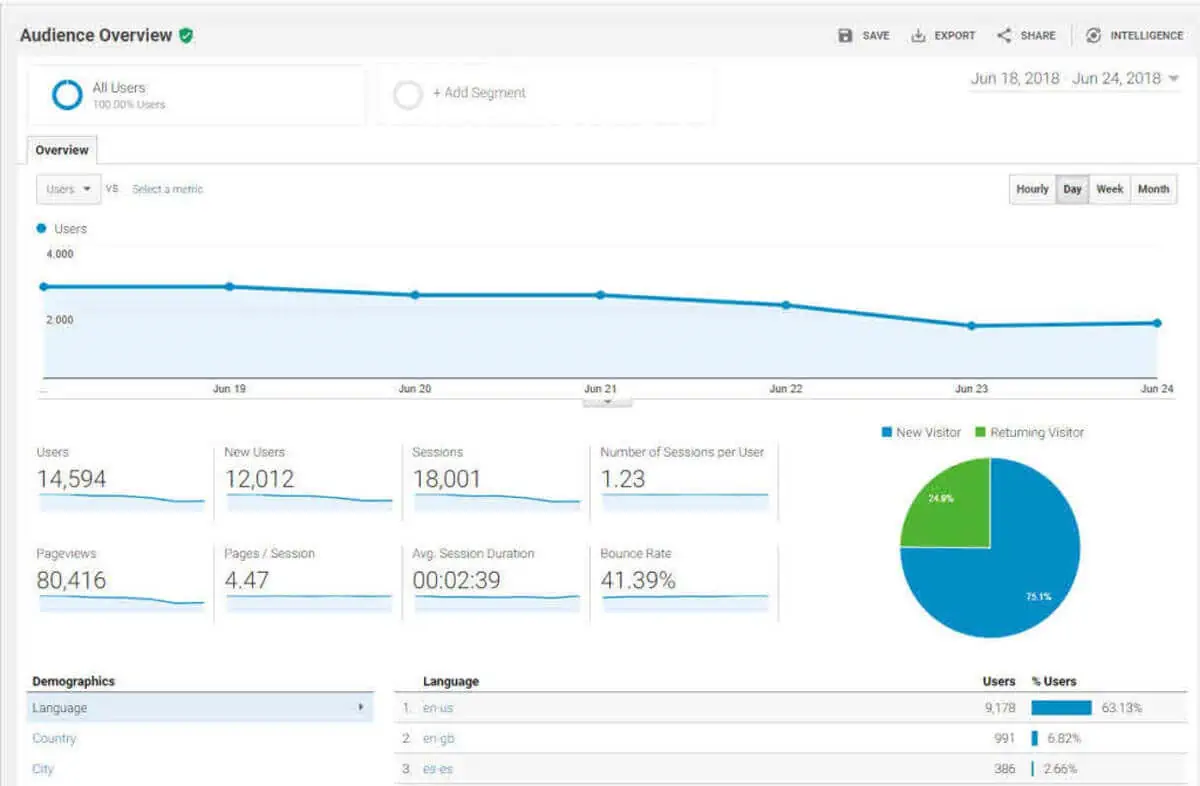
Figure 5.2. Google Analytics. Is a household name for web analytics tools. Here you'll see some metrics that allow you to assess how well your website is performing in terms of Users, Pageviews, Sessions, and others.
When determining the success of your website, data and analytics must be the cornerstone. So, which metrics should you be looking at? Let's take a closer look.
-
Number of visitors
One of the most important indicators to track is the number of visitors the site receives per month. Getting people to visit your website is always the first move, right? Keep an eye out for traffic fluctuations or abrupt drops. When you see a significant spike, you would want to know where it came from. If you see a significant decline in tourists, you'll want to find out what happened as soon as possible.
-
Bounce rate
The bounce rate is one of the most critical website metrics. The bounce rate for a website page is the number of visitors who abandoned your website immediately after viewing the page. The target is to get as low a bounce rate as possible. If a certain web page has a high bounce rate, you can return to the page to try to figure out what's going on.
-
Average time on site
The average time on a website refers to how much time a person spends on a particular page. The average time a user spends on a website may indicate how involved the user is with the content. If you want users to be more active on those pages, but the pages have a low average time on the website, there could be ways to improve interaction, such as by adding interactive content, such as videos.
- Landing pages
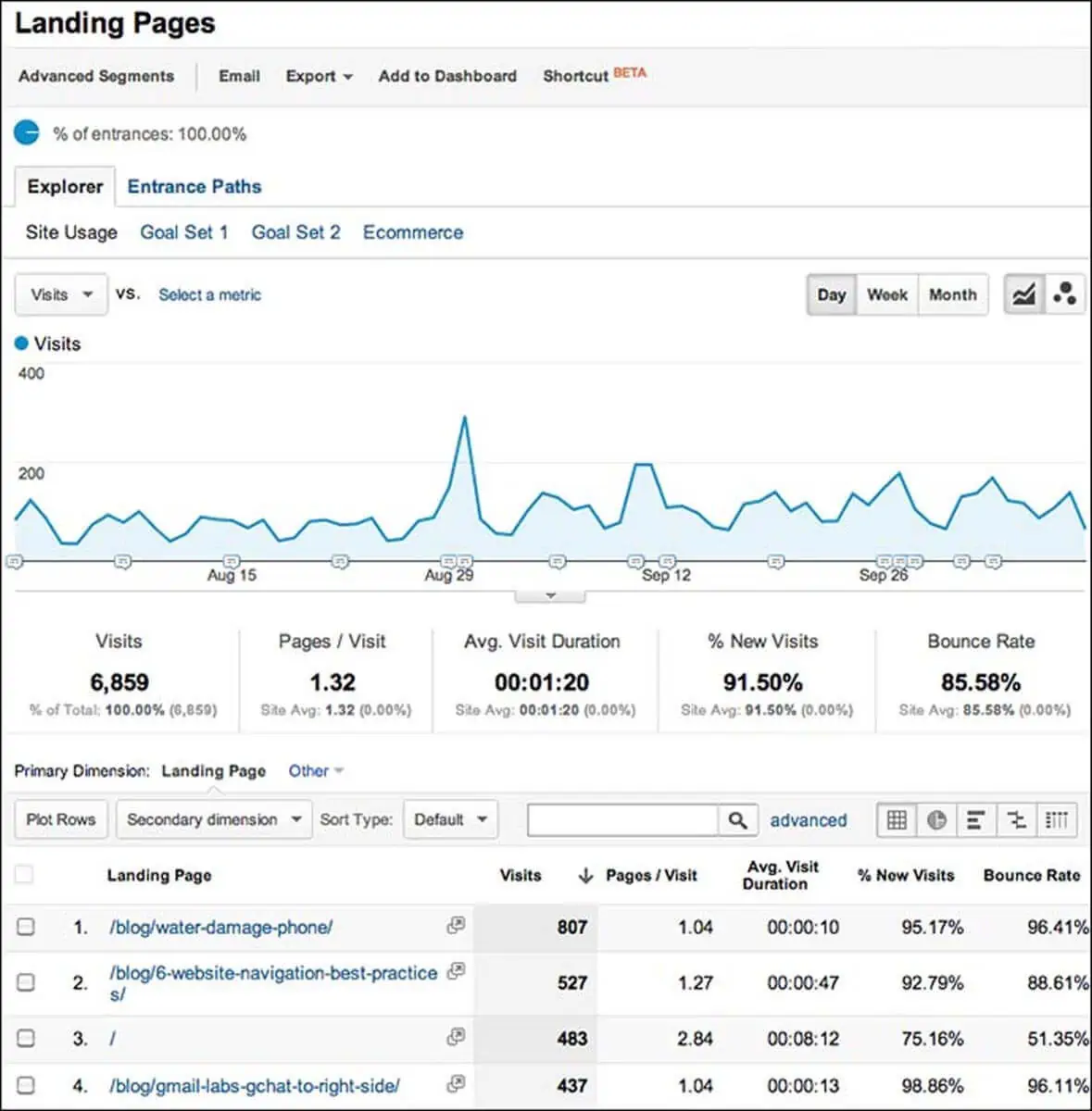
Figure 5.3. Landing Pages. Shows how specific pages on your website are doing. This allows you to really zoom into data of singular pages and get crisper insights into the user's browsing behavior.
Landing pages are the pages from which visitors access your website, or the first pages that a visitor sees while visiting the site. It is critical to examine the site's most popular landing pages, as it provides you an insight on what's working for the page and how you can improve on other pages that are not performing well.
-
Call-to-action
Calls-to-action (CTAs) are an essential component of every web page. You need to direct your audience to the pages you want them to take. If your CTAs are not being clicked, you must make adjustments to ensure that your visitors take the next step toward being clients. CTAs provide an excellent opportunity to conduct A/B research with placement, scale, style, and text to determine what motivates users to click through.
- Conversion rate
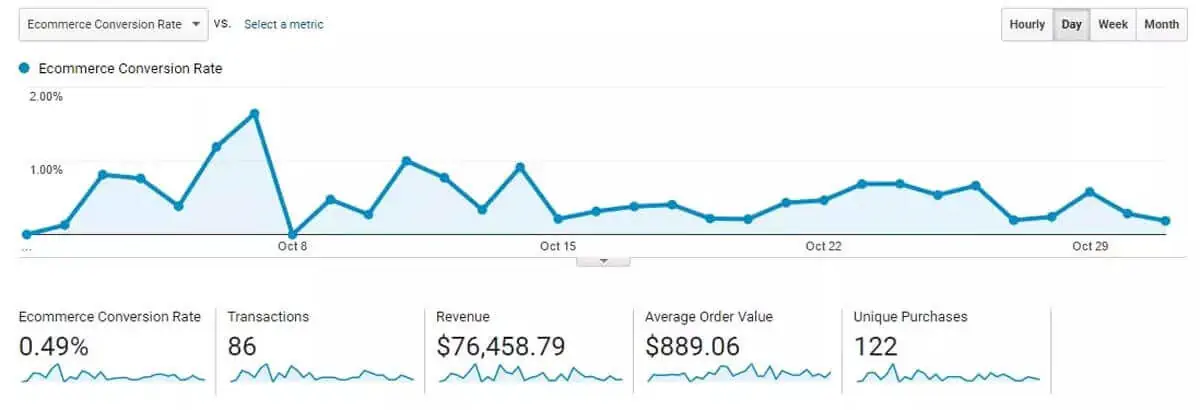
Figure 5.4. Conversion Rate. This feature of Google Analytics allows you to directly see the conversion rate of your entire website. Here, you'll be able to see a quick overview of your ecommerce conversion rates, total transactions, revenue, and even average order values.
This may be the measure you're already more acquainted with. If you have an ecommerce site, the conversion rate is most likely everything to you. Conversion rates can apply to a landing page conversion rate, an email conversion rate, a visitor-to-lead conversion rate, a lead-to-customer conversion rate, and so on. The bottom line is that you must convert visitors to customers and generate sales from your website.
Benefits of using web analytics
- Find the best platform for your website
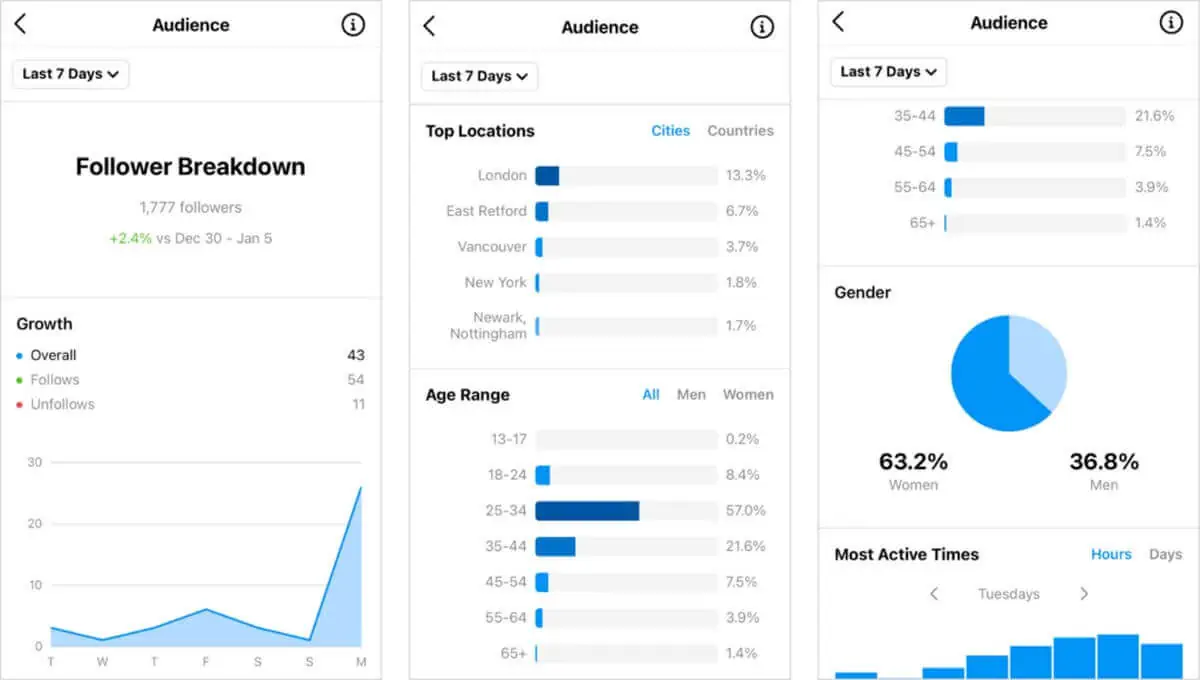
Figure 5.5. Instagram Analytics. Contrary to what most people assume, conversions on digital are actually measurable and trackable. Even if your ideal customers are not interacting with your website, you can also get data to better understand them on your other channels like social media.
Choose the most appropriate web analytics framework for your website to get the results. There are several free options available, such as Google Analytics and Yahoo Analytics, as well as smaller companies like GoingUp and Grape Web Statistics that allow a website owner to track visitor behavior.
-
Understand your customer base
Web analytics will reveal a lot about the consumers who interact with your business. Data gathered about a customer's behavior on your web will reveal their tastes, desires, and needs, as well as product pairings. An analysis can help determine where the organization can target its attention based on user demand and how people arrive at your site by analyzing the data that comes in from your website.
-
Look out for what’s trending
Trends discovered in your data allow your company to better prepare and forecast for the coming quarters. If there is a surge in online traffic in a given quarter, it could be a good time to start a new marketing strategy or introduce a new product or service. Clock your company announcements to coincide with whether your customers are either on your website or social media sites.
-
Improve web design
Web analytics refers to the data on how the sites are doing. One part of a website can receive more focus, resulting in more clicks or page behavior from that section. Intend to highlight the main product/service in this part of your website, where the majority of users are expected to see it.
-
Set goals
One of the most powerful forces of web analytics on your website and marketing is the ability to better gauge your objectives. Are the expectations you've set for your company achievable in terms of the volume of traffic you get from your website? Is there a way to boost your targets and traffic that you're not taking advantage of?
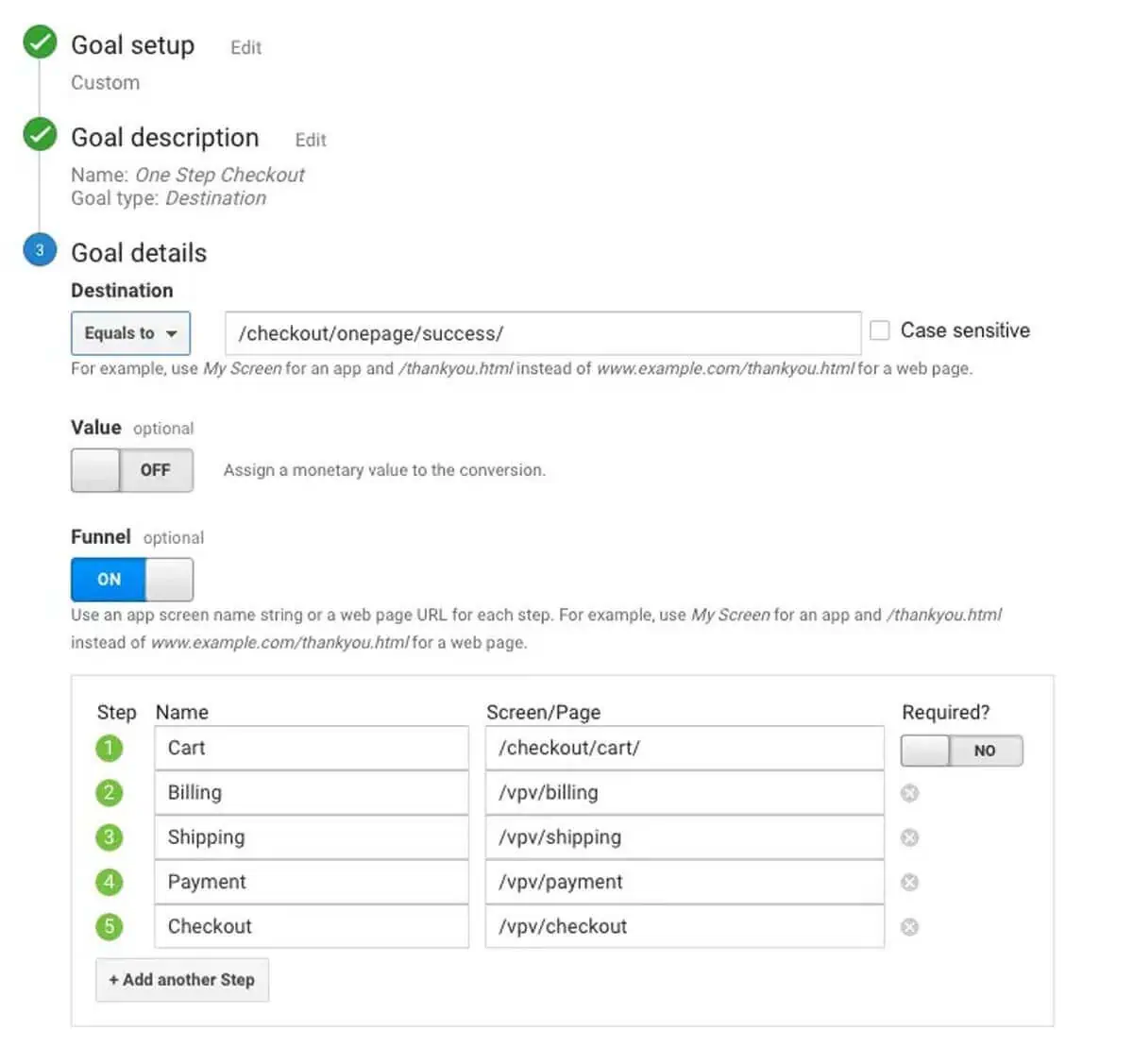
Figure 5.6. Setting up Goals on Analytics. While there are plug and play goals on Google Analytics, you also have the option to set custom goals. This allows you to program Analytics to better suit your business needs. Above is a sample of how you program a new goal on Google Analytics.
2. CRM analytics
CRM analytics, also known as consumer analytics, is the method of analyzing data in the CRM software to find useful information that can influence business decisions. The end-goal is to get a greater understanding of your clients so you can sell to them more efficiently.
As a CRM must perform certain operations in order to run properly, another aspect of its functionality is data and analytics. The basis for successfully turning leads into customers and customers into brand champions is business analytics.
Components of CRM analytics
-
Net promoter score
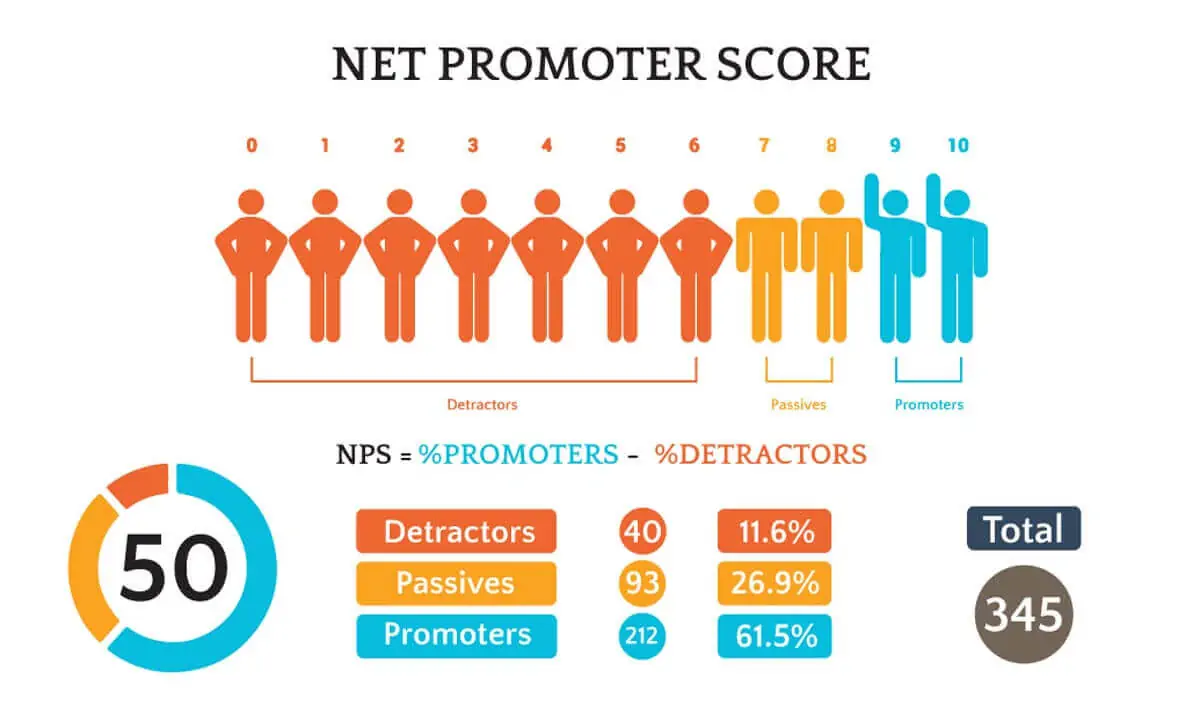
Figure 5.7. Net Promoter Score. This is a gauge of how much of your audiences are supporters, detractors, or have no formed opinion about your brand yet. This is also a key metric for conversion rate optimization. Photo by Propelrr.
The net promoter score assesses how impressed your consumers are with your business. You may ask them to score their experience on a scale of one to ten during the buyer's journey. This can help to better define how consumers view the business.
-
Rate of renewal
This CRM metric monitors how many consumers want to continue using the product or service after signing up, which is particularly important for subscription-based companies. This, like Customer Churn (mentioned below), is an important indicator for any small company trying to consider its overall success in comparison to its business targets.
-
Customer churn
Customer churn, also known as business turnover and customer churn, tells you how often you lose clients over a certain time span, such as weekly, quarterly or annual. This is a simple and extremely valuable statistic to track for your small company. By monitoring this sort of statistic, you will learn why consumers are leaving and devise a strategy to attract them.
-
Customer retention cost
Customer retention is critical to the success of every small company. However, comparing that to the expenses of operating a firm will offer significant perspectives into how – and when – the organization will become more successful. Customer acquisition costs should be smaller than the total sales generated by regular customers. When assessing customer satisfaction, make sure you use the appropriate time period – weekly, quarterly or annual – to ensure you're estimating the correct expense per customer.
Benefits of using CRM analytics
- Reveal a clear customer journey
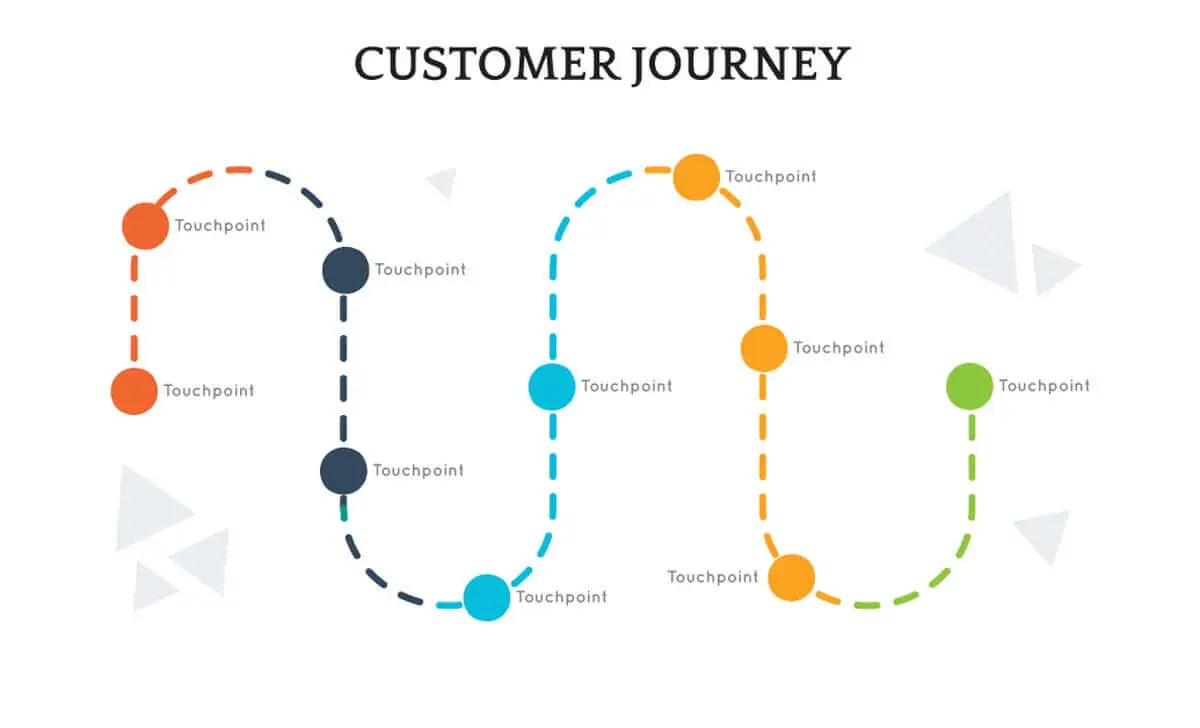
Figure 5.8. Customer Journey Touchpoints. Remember how we mentioned that customer journeys are non-linear? You can make sense of that with the help of analytics. Thanks to analytics, you can map out a clear customer journey because it provides you with data on their landing pages, and points of transaction. Photo courtesy of Propelrr.
CRM analytics will help the company map out a simple consumer journey that it can observe and execute. The correct CRM software will monitor key indicators that a company uses to consider retention rates and look at aspects of the consumer experience where purchasing signals exist. These data points are then reviewed to reveal approaches that companies can use to enhance their sales and customer relationship management processes.
-
Provide information on customer retention strategies.
CRM analytics can also offer information about customer loyalty by detecting both positive and negative messages based on their behavior. Open situations, inbound and outbound calls, and discussion subject matter may all be used to determine whether a client is receiving their money's worth or is encountering issue after issue.
- Enables predictive modeling
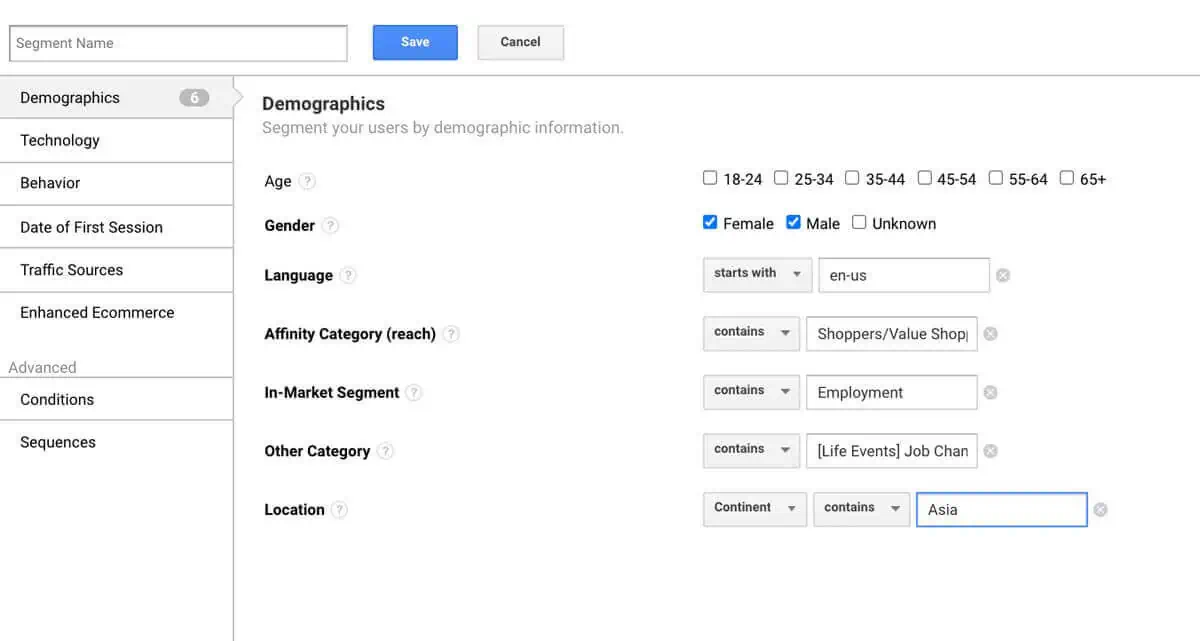
Figure 5.9. Customer Audience Segments. Apart from the 'what' and 'why' of transactions that occur on your website, Analytics also allows you to get acquainted with who the people transacting on your websites are. You can also program audience segments so you can target them for your ad campaigns.
Another way that CRM analytics can support the company is by predictive modeling that predicts results using data. Businesses may precisely calculate the probability of success or failure of any possible endeavor by analyzing customer data. Especially if any initiative is being done that allows companies to minimize the associated danger, it gives an insight into the future.
-
Segments your customer
CRM analytics will assist the company in segmenting consumers into various groups. CRM analytics can help you effectively target and sell to consumers by grouping them together based on characteristics and behaviors such as the customer's position, business, buying experience, and service requests.
3. Mobile app analytics
The method is the same, but it takes place on a mobile device. They are critical in assisting marketers in determining how their mobile app is doing for potential consumers.
Mobile web analytics will also assist you in identifying regions or measures that need to be improved. The customers' path is made up of several data points that can be analyzed to see how people communicate with the app.
Components of mobile app analytics
-
App downloads
Downloads, or units, indicate the number of times your app has been installed and are the first indicator of how well your app is doing. If your app is receiving little to no downloads, you can check for issues further upstream in your marketing pipeline.
If you're concerned that your app isn't having enough installs, consider expanding your marketing activities by building a landing page or improving your app's listing in app stores. -
Active users
The active users metric differs from the downloads metric in that it calculates how many users currently use the app rather than installing but not actively using it. To increase app use, consider using push alerts to entice people to return to the app after they've signed up. You should schedule regular app upgrades to keep your app's functionality and content updated, giving consumers even more reason to go back to your app.
-
Average session time
The total amount of time a user spends with an app from start to exit is the average session time. The longer a user spends in the app, the more interested and happy they are with the content. The more you change the content and optimize your user interface to meet the demands of your users, the longer they would continue to linger in the app.
-
App rating
The ranking of your app is the easiest way for a user to find out what other users think of it. Your app rating will attract or deter new users from installing your app, in addition to impacting its ranking in app stores. Ask your customers to rate your application. Emphasize on getting positive reviews and try your best to convert negative reviews by sorting out your users' problems.
-
Crashed session
One of the most common reasons to stop using someone's app is that it keeps crashing. Even a single crash at a critical moment will cause a person to leave an app and spread the news to others about the poor experience. We tend to recall negative memories for much longer than positive ones. It is important to identify the precise cause of a crash and correct it as soon as possible.
Benefits of using mobile app analytics
-
Helps you gather accurate data
App analytics give you a deeper understanding of your customers' data so you can support them better at any point in their lives. Long-term app development campaigns do not only rely on adding users; they must also ensure that the user interface is continually updated and changed. A significant percentage of app downloads and orders are only used once, with users exiting the app and never returning. As a result, collecting clear customer input and resolving the appropriate problems may be critical to increasing interaction.
-
Helps in optimizing marketing campaign
App analytics will also provide you with data on a recently launched marketing campaign. It compares conversion and sales data from other platforms to monitor conversion and sales data produced during the campaign. This information will help you strategize and improve your marketing strategies.
-
Helps in tracking goals
Typically, app marketers choose their favorite platforms above those that are more active and aid in acquisition. As a result, analytics incorporation will help app marketers determine which acquisition platforms are profitable and worth investing in.
-
Helps in ROI evaluation
There are a plethora of applications available on the internet that are vying for user attention and recognition. Apart from popularity and exposure, though, in this dynamic climate, it is still essential to concentrate on the returns on investment. App analytics assists you in increasing your ROI by obtaining a large return from consumers. As a result, by using app analytics to develop a deep understanding of consumer behavior and needs, one can easily discover how to improve the app's value.
4. Business analytics
Business analytics is the practice of examining and evaluating the vast amount of data that your organization currently has and then using the data to make data-driven decisions. It goes beyond counting numbers to figure out what happened. Instead, enterprise intelligence aims to provide insight into why situations happened as well as recommendations for the next moves.
Data consistency, professional analytics, and corporate dedication to using data to generate fruitful information that can help make better business choices are all essential components of an effective business review.
Components of business analytics
- Sales revenue
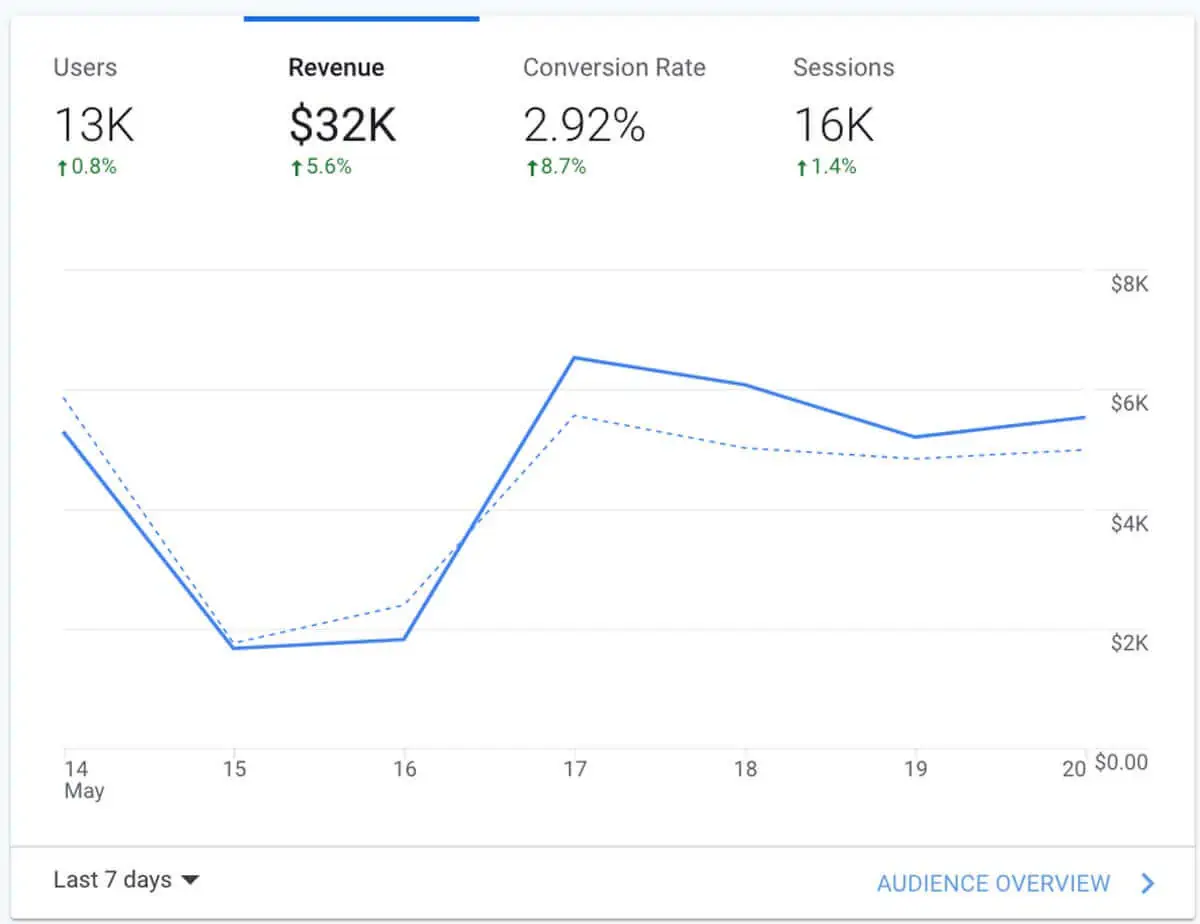
Figure 5.10. Sales Revenue Tracking. Using analytics tools, you can also assess and monitor your revenue performance. This is really helpful especially for businesses that are mainly selling online. You'll see data not just on total revenue, but also conversion rate as well as total users so you can form a whole-bodied insight about where and how you've been gaining or losing revenue.
Tracking sales income allows you to assess your financial success. That is the measured sales you make by selling your goods after deducting the expense of returned merchandise and undeliverables. Consider external variables that may influence the performance, such as industry changes or competitor behavior, when calculating sales revenue and setting targets. The data you collect will help you determine whether or not you need to make adjustments to increase your sales revenue.
-
Customer acquisition cost
Customer acquisition costs are the costs of attracting new clients. This KPI indicates how much you spent on attracting a potential client, and all indirect costs such as ads. Customer acquisition costs should show that marketing and advertising are profitable. If they aren't, the customer-interaction approaches will need to be improved.
Analyzing the ROI from the various engagement platforms (social media, SMS, email, etc.) is one way to determine what is and isn't working.
-
Customer engagement
The customer engagement measure will help you enhance your offering and customer experience. This metric can also be measured by consumer reviews. Surveys, quizzes, and polling are excellent tools for learning about your consumers' preferences and dislikes. Do they find it enjoyable to communicate regularly? Do they like your blogs?
Gathering this information tells you how to adapt your strategy to maximize the effectiveness of your marketing efforts.
4. Customer satisfaction
It's not just about sales and marketing. Tracking the success of your customer service is how you assess your credibility and effect. However, it is not a simple mission. To calculate customer loyalty, you must first consider how your customers feel.
Customers are much more likely to have input if the consumer feedback queries are straightforward and limited to a single experience. You can use different emojis to figure out how customers are feeling about their marketing campaigns or blog posts or social media posts.
Benefits of using business analytics
-
Helps you monitor the progress of your mission
Quantified principles and data assist businesses in improving their analytical processes by analyzing data to gain a better understanding of what to expect from workers. Ensure that the results of these analytics are shared with the employees; once they are well trained, they will be able to focus on their weak areas to become more efficient.
-
Helps increase efficiency
Business analytics will quickly collect a vast volume of data and present it in a formulated and enticing format to aid in the achievement of particular operational objectives. By encouraging workers to share their experiences and add to the decision-making process, analytics promotes a culture of productivity and collaboration.
- Provides clear insight into what’s going on
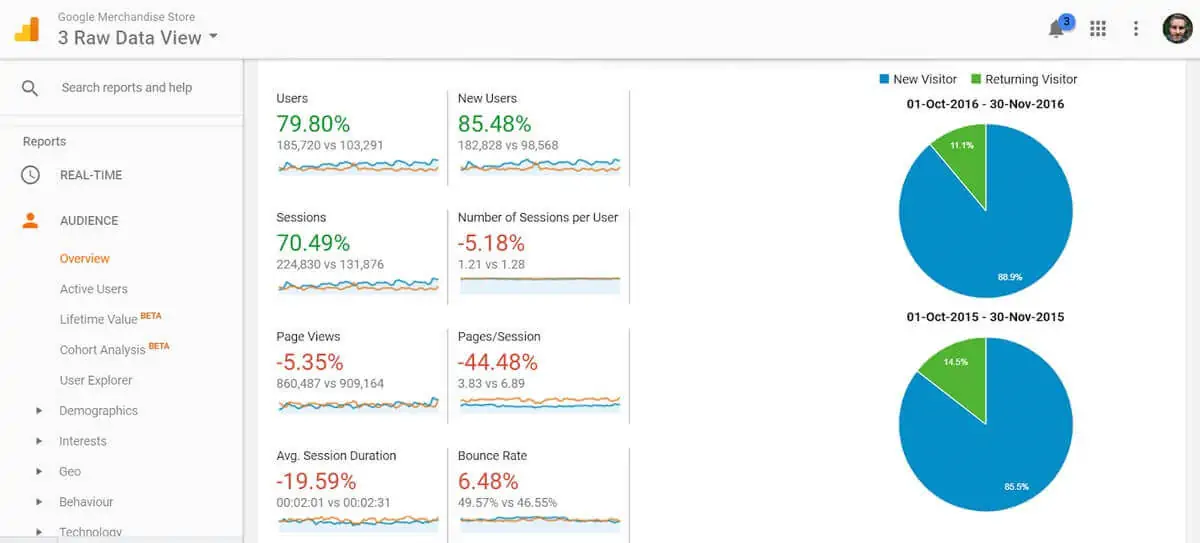
Figure 5.11. Audience Overview. Provides a quick overview of audience interactions on your site, whether they're new or returning visitors, and so much more. Refer to Audience Overview when you want to see a high-level look at how well your websites are working to serve audiences, then seek to get to know more granular details about these audiences through various dimensions like demographics, interests, and others.
Recent analytics versions are concerned with how you show your data to your analytics team. Comprehensive maps and diagrams should be used to make decision-making more engaging. Related and practical insights can be derived even more clearly using visual representations of extracted data. With analytics data visualization, you will have all of the facts you need about your competition on your table, delivered in a beautifully pleasing and streamlined way.
-
Helps you be updated
Customers are quickly persuaded by better opportunities to change their minds. You can gain insight into how the target market feels by using analytics. This will allow you to be dynamic at all times in order to best satisfy your customers' needs.
5. Social media analytics
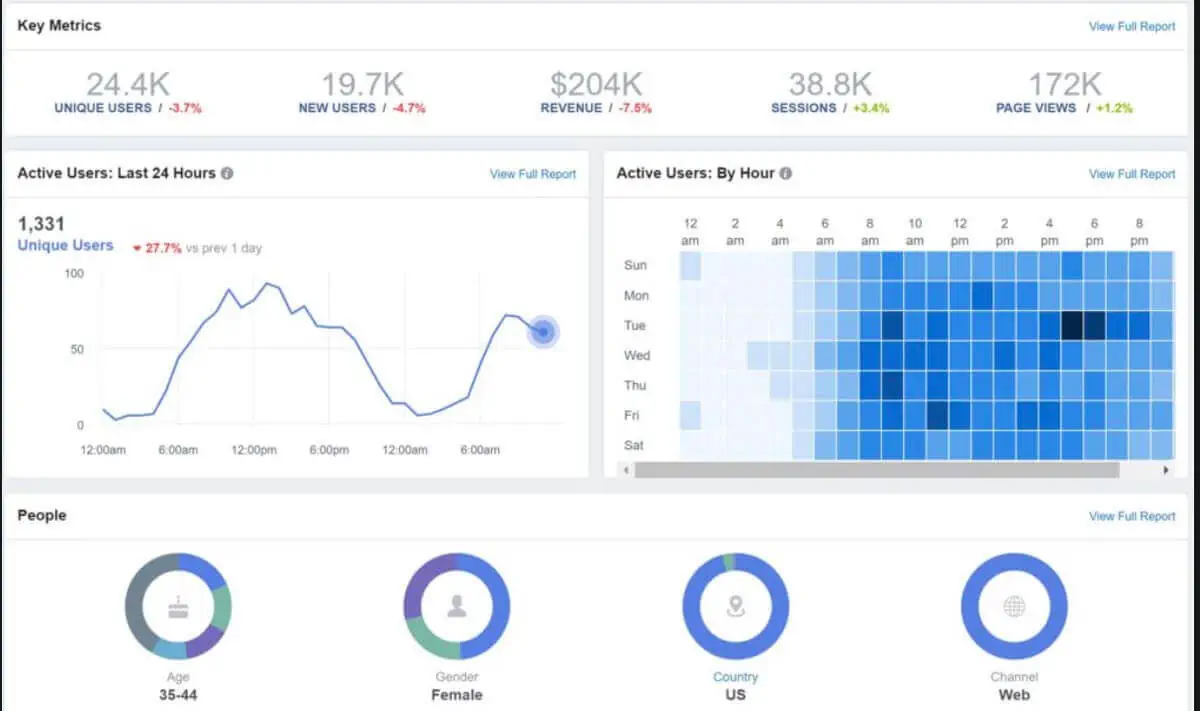
Figure 5.12. Social Media Analytics. Analytics tools also aren't limited to your website. If you'd like to find out how your audiences are interacting with your brand on social media platforms, you can inspect these through social media analytics. You can view data like heat maps, which tell you when they are active, and how many unique users you've attracted with the help of your social media posts and campaigns.
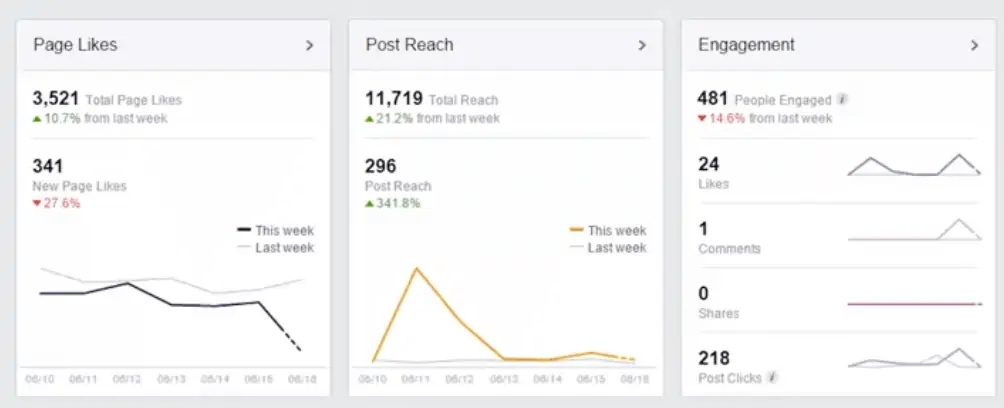
Figure 5.13. Platform-specific Analytics. Are tools you can access through your own brand's social media pages. The photo above is a sample of an overview of Facebook Analytics. Here, you can see data on how many people 'like' your pages, as well as overall engagement with your page and posts.
The ability to collect and make sense of data collected from social networks to help business decisions — and assess the success of activities taken on those decisions through social media — is known as social media analytics.
The principle of social listening is used in social media analytics. Listening entails keeping an eye on social media for issues and prospects. Listening is usually used in more detailed reporting that includes listening and performance monitoring in social media analytics tools.
Components of social media analytics
-
Audience growth rate
The audience growth rate enables you to measure campaign efforts over time without being overwhelmed by meaningless data such as total followers. Compare growth-hacking attempts in the company's early days against more advanced campaigns you're doing now.
-
Social share of voice
The social share of voice metric indicates how many people are talking about your brand on social media in comparison to your competitors. Mentions can be overt, with customers using your social media handle to tag your brand, or indirect, with users simply mentioning your name without tagging you. Social share of voice is critical because it indicates how visible the brand is.
-
Conversion rate
The overall number of conversions from social media is represented by our social media conversion rate. This social media index indicates the effectiveness of social media posts. A high conversion rate indicates that your viewer considers your content useful and convincing enough to respond by making a purchase, subscribing to your email newsletter, downloading a lead magnet, or doing all of the other acts you've asked.
-
Customer response rate
Engagement is critical to ensuring that the content reaches as many people as possible. The more feedback and shares a post receives, the higher it will rank in the social media platforms. It is important to keep the relationship two-sided.
You should never shy away from responding to questions and complaints from your customers. It ensures that your company is listening to you and your feedback.
-
Bounce Rate
The number of users who follow a link from your social network to a website then quickly leave without doing any other steps is referred to as your bounce rate. You should equate your social media bounce rate to your search engine bounce rate or newsletter bounce rate. If the social media rate is lower, it means you're reaching a more targeted audience.
-
ROI data
This is the main metric, and it should be visible from the start. ROIs can vary widely depending on the business and sector. When it comes to social media, you probably want to know if the time and money you've spent on it is resulting in clients, purchases, or brand recognition.
Benefits of using social media analytics
-
Gain an edge over the competition
Companies may use social media analytics to learn more about their products as well as what their competitors are up to. It allows businesses to have a greater understanding of the issues consumers have with their goods and services, as well as how customers view their products and the company's overall perspective. These aid companies in recognizing their advantages and disadvantages and taking corrective measures as required.
When consumers believe that a company truly cares about their opinions, loyalty grows and businesses gain a strategic edge over their competitors.
-
Learn from buyers
Several businesses have found that using social media marketing and other online distribution tools to grow their client base is a viable option. Customers can also provide realistic solutions to any of an organization's problems in certain ways. Some users discover a solution to this issue by trial and error, and then share their results on various social media, which will assist the company in determining if better documentation is needed, and what users really need to know.
-
Improve target marketing efforts
Brands may collect timely insight on demographic and psychographic features for product and service use using advanced techniques such as social media analytics. Companies may use the data to target marketing efforts, including those that are conducted online.
-
Scope for transformation
With the help of social media monitoring, businesses may gain a comprehensive view of their markets and clients. Social networking analytics software can be designed to identify market-wide skill differences. Companies that can mine customer input from social media platforms and use it to reinvent their products and services have been the most profitable in recent years.
6. Ads analytics
This is the use of predictive data and resources to assist companies and advertisers in effectively monitoring their omnichannel marketing activities. Since these data sets have actionable feedback, advertisers may use them to ensure that their ads are targeting the right audience and using the right format.
Components of ad analytics
Analyzing Google and Facebook advertising analytics is a good place to proceed. Each metric mentioned below will assist you in measuring, comparing, and evaluating your campaigns in order to reach your promotional ROI targets
Google advertising metric
- Total site traffic
Total site traffic is the number of actual visits to your website (or post-click landing page) and is comprised of seven traffic sources:
Figure 5.14. Total Site Traffic. Gives you information about how many interactions your website or pages are getting, and is depicted by the number of Sessions. Apart from that, you can also gain insight on the channels from which the traffic is coming from. As you can see above, there seven different Channels that can be the possible sources of traffic for your website.
- Referral
- Social
- Organic
- Paid search
- Direct
- Others
-
Bounce rate
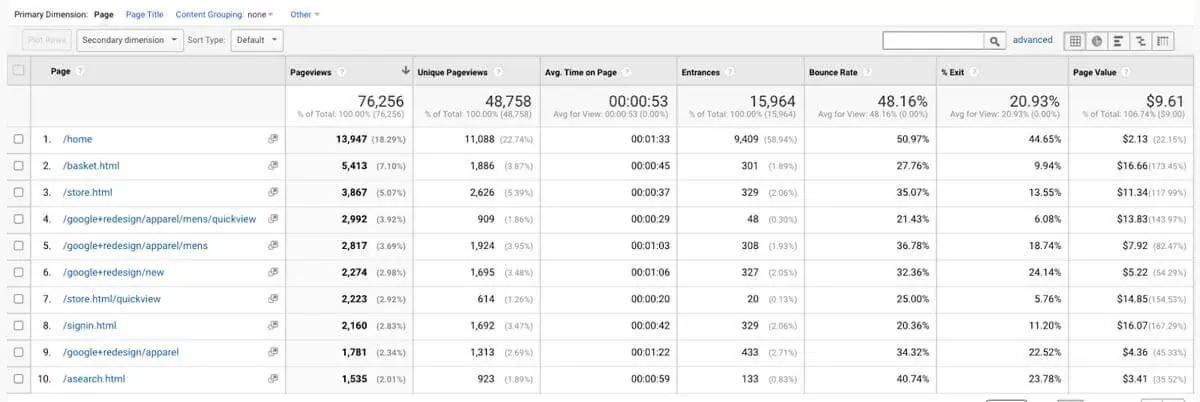
Figure 5.15. Bounce Rate and Landing Pages. Looking into the bounce rate of specific pages provides a balancing perspective to your total pageviews. You can have a large number of pageviews and a high bounce rate, or vice versa. The former would signal that your pages aren't working to keep your visitors in, while the latter could suggest that visitors who end up on that page are finding the information they need in it.
Bounce rate is the number of visitors who arrive at your website, do nothing on the platform, and then leave. Google measures bounce rate as per-page sessions separated by all sessions, or the percentage of all sessions on your site in which visitors have visited a single page and prompted a single request to the analytics server.
-
Page value
Page value is the average value for a page that a user viewed before arriving on the goal page (the page where the user performs a particular action) or performing an ecommerce purchase. The value indicates which website page has added the most to the sales of your website.
- CPM (Cost per impression)
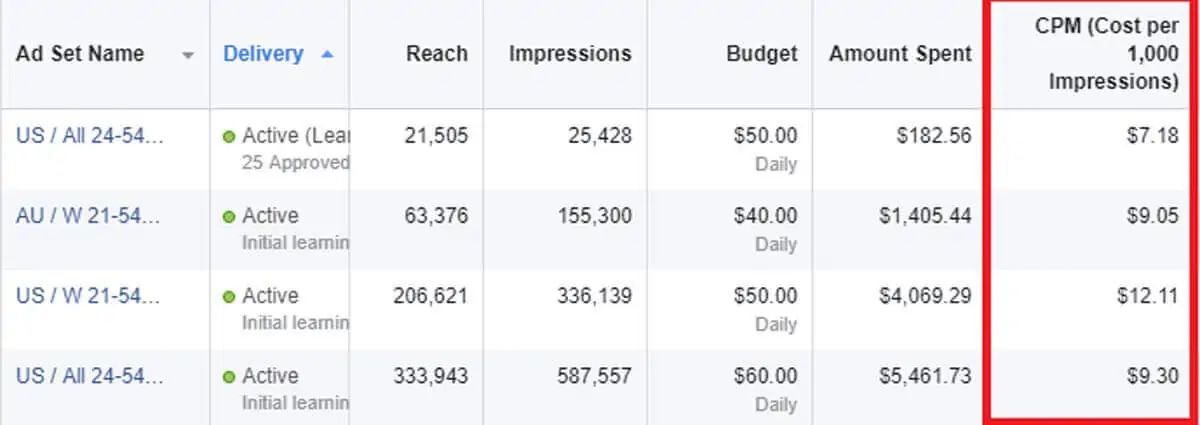
Figure 5.16. Cost per Impression. Allows you to assess, monitor, and tweak your campaign budgets for advertising on Google Display Network. Looking at the figure above, you'll see a sample of the spending of a company targeting various audiences with their ad, and how much it's costing them for people to see their ad.
When running advertisements on the Google Display Network, the CPM is the price you pay per thousand views (impressions). When you choose viewable CPM bidding, you'll only pay when your advertisements are seen.
-
CPC (Cost per click)
The CPC is the price you pay each time a user clicks on your Google ad. Your overall CPC is the most you'll ever be paid with a click.
-
Clicks
Clicks allow you to monitor any new action that users take on your ad or web page, as well as how well your target audience is reacting to your marketing message.
Facebook advertising metrics
-
Impression
Impression is the cumulative number of times your ad appeared. This is distinct from reach, which is the amount of unique people who have seen the advertisement.
-
CPM
CPM is the total expense of displaying the ad 1,000 times. Consider this to be Facebook's price; it varies based on the need for the demographic you're reaching at the moment you're running advertising.
-
Link clicks
It is the number of people who clicked on your advertisement and were led to your opt-in list. This is an effective statistic for estimating the number of users who viewed your opt-in page.
-
Frequency
The average number of times each individual has seen your ad. It is calculated by dividing by impressions divided by reach. This is an important metric to pay attention to make sure you’re not oversaturating your audience with your ads.
-
Lifetime value
The estimated income that a consumer would receive over the course of their lifespan is referred to as lifetime value. Advanced marketing departments usually aim for the cost of acquiring new consumers to be less than the profit margin provided by those customers over the course of a year.
Benefits of using ads analytics
-
Analyze campaigns
You want to be able to pull reports as easily as possible while making budget adjustments on the fly. Finding, copying, and pasting images take time, and pulling a paper with just the metrics tells just half the story. You can study and assess any part of the advertising by comparing creativity and results side by side, allowing you to pinpoint top and poor performing advertisements and make fast budget allocation decisions.
-
Show value to clients
A well-organized, thorough report will be the difference between a customer believing you know what you're doing and thinking you're eyeballing it. A report that tells the whole story not only reflects your integrity but also makes it easier to justify campaign success when you have everything you need right in front of you, beautifully arranged into an eye-catching design.
-
Spot trends
It's easy to see patterns in figures, but once you have both in front of you, it's far more difficult to see how the design of an ad affects certain numbers. Quickly identify trends in a campaign's results, such as the location of the CTA icon, text in photographs, or background colors.
-
Show what converts
Rather than asking clients or partners that advertising with a green backdrop converts the most, do a demonstration. You will actually see the copy and imagery that culminated in the most conversions with side-by-side creativity and metrics. Understanding and evaluating how companies perform so that their true capacity can be realized is what analytics entails. It requires the concept of corporate priorities as well as the identification of tactics that an organization must adopt in order to accomplish certain goals and objectives. With digital marketing analytics, you will undoubtedly make smarter choices in terms of sales, consumer loyalty, and overall performance.
Chapter 6
Content
Content is king and it always will be.
Content of course does not only refer to resources and media outputs your brand releases, it also includes a host of strategies, techniques, and tactics that you need to employ for your brand to establish itself. This means that having a solid and efficient content framework is imperative to quality production.
Digital marketing heavily relies on dependable frameworks for your brand to compete in the trade. Developing a strategy for instance to target micro niche communities—that is, targeting an ideal audience for your content—is crucial if you want to have a better reach for your brand. Along this is a favorable response from the market for including them in your demographic.
But why settle for theory? Simply look at our digital marketing framework to help you set an effective marketing strategy.
We take content to a whole new level by treating it as more than just a story, it is a call to action thanks to its 10x approach to content production. Simply put, our strategies aim to involve the public in the narrative.
After all, consumers respond positively when they feel and believe that they are involved in a company’s production process.
Interested in knowing more about creating an effective content strategy for your team? Check out the following to boost and propel your content to success:
What is a content marketing strategy?
A content marketing strategy refers to the whole process of producing, publishing, and delivering content. It involves developing frameworks to meet the demands of the market, as well as determine its gaps for your brand to be able to respond and adapt in the future.
More importantly, it also refers to developing an identity for your brand through your content. Your content tells more about your brand’s identity and personality more than you realize.
Take for example our philosophy in developing content by ensuring that all output follows F.A.V.S: Feasible, Attainable, Valuable, and Straightforward. One cannot only glean the thorough process of our content production, but it also reveals something about our mission to deliver excellent digital marketing strategies and tactics focused on conversion and revenue increase for our partner brands and clients
Again, a brand that has its identity well-put-together is more attractive to customers than one that they do not know anything about. You wouldn’t buy items from a stranger or someone generally unreliable, would you?
Unsure how to develop content marketing strategies and frameworks for your brand’s identity? Consider the following points to remember:
Immersing in content groundwork
Creating a competent digital marketing framework demands immersion in the content groundwork of your brand. This means that a company analyzes the performance of your existing content.
A framework-based approach in digital marketing allows you to work hands-on to understand your brand’s content groundwork. This is done by relying on reliable data with the help of Google Analytics and revisiting existing SEO keywords.
Here are some approaches we follow when reevaluating content groundwork:
-
Ensure that you have a content audit

Figure 6.1. Doing Content Audits. This isn't just a simple tally of your pages, but rather a thorough scrutinizing of your pages for quality. During content audits, you're checking for the word count, links, as well as checking for how optimized it is for search engines.
A content audit refers to a spreadsheet containing metrics and evaluations of your existing content. Think of it as a strategic map that you need to revisit and study carefully before entering the battlefield. There are specifications when auditing your content for data-backed topics. A content audit not only allows you to have an archive of the existing output that you publish on different platforms. It also allows you to monitor the progress and performances of these existing content to determine the proper action towards each item.
Content audits provide you an omnipresent god’s-eye view of all content that your team has created.
-
Make a content inventory of each platform that your brand utilizes
A content inventory differs from content audit in that it tells you the kinds of medium such as blogs, videos, graphics, that you have in each platform that you rely on. It’s a list of things that you can revisit in different digital marketing sites such as Facebook, Instagram, and the emerging market on Tiktok.This will help you check if your topics are up-to-date, and that your content is still relevant to your audience. It also helps you see how different forms of media complement and counteract with each other. It’s certainly helpful if you know how to optimize and recalibrate your existing content, instead of throwing everything down the can. This will avoid issues that will plague your brand such as keyword cannibalization in terms of efficient SEO writing.
-
Avoid keyword cannibalization
Keyword cannibalization means that your contents are competing against each other on a specific platform. These contents are using the same keywords while talking about the same topic. This hurts search engine queries including Google and Bing.Imagine being in a conundrum simply because you are not paying attention to your own existing content!The best way to alleviate keyword cannibalization is to immediately act on it. Merge existing content to avoid redundancies, or perhaps redirect an existing article so that it will target specific audiences.
Again, don’t trash things away, but instead, find ways to spin and extend the rope of life to your existing content. Your demographic might just see and appreciate how well you are adapting to the changes of market demands.
-
Know your competitors and audit their content
It’s also beneficial for your brand to have a competitor audit. Didn’t Sun Tzu say that “to know your enemy, you must become your enemy? ”A competitor audit doesn’t mean that you plagiarize your competitors’ existing contents. Rather, it is a way to find gaps and selling points that will give you an advantage in terms of searchability. Put simply, a competitor audit will give you an idea of how your competitions are handling their content. You can check out both direct and SERP competitors based on your keywords or similarity in the services and products you provide,
Enact your content framework and strategies
These tips will talk about executing action plans that will optimize your brand and content. A content framework ensures that your content will have direction and purpose. It also allows you to monitor the lifecycle of your content to track whether it is hitting its goals and reaching its target demographics.
Yes, you have a standout brand identity, but how exactly do you introduce yourself to the market? How do you determine your audience and convince customers to trust you when there are already tons of similar products they can choose from?
Know what experts have to say on content marketing. Remember the following points to create a more proactive digital marketing content framework.
-
Determine content gaps
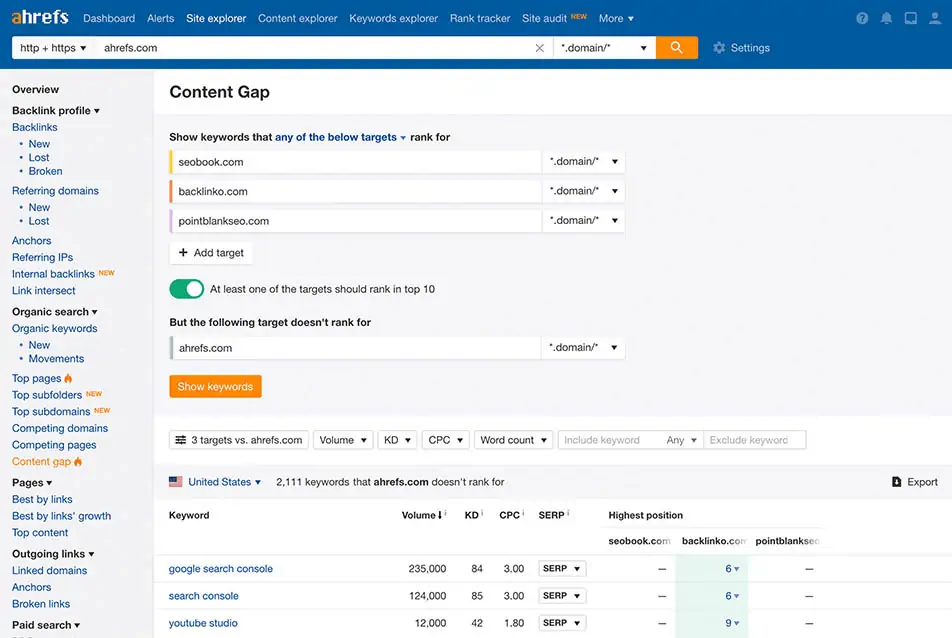
Figure 6.2. Content Gaps. Identifying content gaps and filling them accordingly is an easy way for you to level with, or even overtake your competitors online. You can use any keyword research or content audit tools currently available to you in order to do this. Make sure to check for keywords that you're missing, as well as taking time to visit your competitors' websites so you can get an idea of their content outlines, links, and other factors that are helping their pages perform better (or worse) than yours.
Content gaps occur when customer search results don't meet exactly what they are looking for. Make sure that you determine this gap so that you can respond immediately to what consumers are looking for.
Keeping track of content gaps ensures your keywords are on point. A successful keyword should be checked by trusted SEO companies that continually study market behavior to improve your brand’s searchability and visibility.
-
Set goals and meet them
Now that you have identified content gaps in the market, the next step is to take actionable steps to address them. That is why it’s important to set goals.Make sure that you follow through when you set goals. Develop plans for whatever kind of target you are aiming for. Make sure that you monitor your progress and measure your success.
Assuming that you’ve reached your goal to increase your brand’s credibility, you can measure your success by relying on data such as Google Analytics to see how well your actions and plans are performing. From here, you can continue to tweak minor details or think of better ways to improve your marketing strategies.
-
Map out future content and its life cycles
Filling in content gaps may determine if your brand will stay relevant or not. A study revealed that small businesses that fill in content gaps with the help of blogs showed a 126% growth compared to larger competitors that do not keep up with the behavior of the market.The key here is to map out the future content that your brand will be releasing. This decision won’t come out from a vacuum. This is why it’s important to determine the content gap of your brand, and your competitor’s brand so that you can plan ahead.
Map out contents that are immediately and indirectly relevant to consumers. This is not just a way of providing needless information, but rather it is about understanding the way the market responds to different kinds of topics as well. There is no such thing as useless and filler content if you carefully planned each output that you publish.
Publish smart and develop competitive content
Smart and competitive content drives your brand to success. This is why in connection to the last point, each output you publish must be carefully studied and strategically planned before writers and the content team act on it.
We follow a three-step process to map out and address content gaps that you need for your brand. Take note of the following to see if you can also align these strategies with your brand.
-
Topic ideation
By this time, necessary data such as keywords and content gaps are ready to start topic ideations to determine which kind of content your brand needs. Topic ideation is our way of determining the types of content different brands need to establish a strong compelling identity in the market.
Figure 6.3. Content Production Process. There's a lot that goes into developing content that is of high-value and high impact. At Propelrr, it goes through a rigorous process of quality checks, apart from ensuring the delivery of spotless articles. The above photo shows you a high-level view of it. Photo by Propelrr.
The process of creation starts with a good ideation and brainstorming session with the help of available content marketing tools, resources, and the right mix of perspectives from the creative team. This helps the team build a cloud of ideas ranging from simple topics to long-term content strategies.
The content team then executes these ideas by creating content that undergoes a fastidious quality check.
-
Article direction
Article directions are given to writers to guide them through the process of content writing. They are specifically given a set of ranked keywords that will help your content rank better in search engine result pages.
Apart from those, the article direction provides instructions on how to write in a manner that is optimized for search engines. These instructions would include recommended pixel width counts for page titles, meta descriptions, and other features visible on SERP.
It can also contain a list of your target pages for internal and external linking, and a recommended outline to give your writers some idea on how you want the information to be presented.
Our own template makes sure to cover details such as the searcher's intent, as well as descriptions of who the article aims to talk to. You can download and modify our article direction template to suit your content production requirements below.
-
Article production
Article production is more than delivering and producing content. Similar to a theatrical production where different committees are mobilized to produce a great performance, article productions undergo a thorough process before it is published.Creative output, for instance, needs to be checked by copywriters to ensure that it is engaging to the audience. Then there are SEO specialists who oversee and study the performance of the article when it is ranked by search engines.
-
Boost content with article quality assurance and SEO checking
At the end of the day, no matter how engaging and creative an article is, if people won’t be able to find it, then everything your efforts would have been wasted. We address this concern with quality assurance through a team of SEO specialists who also check the quality of your backlinks to increase a brand’s domain authority.Quality assurance does not only involve short-term reactions of the demographic to article release, it also includes making sure that it does not disparage anything that the brand has worked to build in the past, nor will it contradict anything planned out for the future.
Quality assurance works well in conjunction with SEO optimization.
If a leaf falls in the middle of a forest and no one sees it, did it really fall? Similarly, if a competitive article was written and no one, or even only a handful of visitors were able to chance upon the page, then did that article reach its intended goal?
SEO optimization ensures that your content will be visible, especially in a world of confusing search queries online.
To ensure that the content you produce is top quality, subject it to a thorough QA that doesn't just involve checking for grammatical or spelling issues. The downloadable article QA checklist template below provides a criteria for evaluation that is based on general standards for search engine optimization.
Content Promotion
Having a social marketing strategy to help you determine when your audiences are most active can significantly boost the reactions and responses from your target market. Knowing your buyer persona, which represents your ideal customers allows you to target a specific audience and retain them in the long run.
Take this data by Forbes that shows the best time to post content on Facebook and Twitter. Tech contributor Bruce Upbin states that content posted after 8 pm until 8 am has a difficult time gaining more traction.
Consider also the date and day when you’ll be uploading content. Your audience may skip scroll past your article when they’re trying to relax on a weekend. Your content may also end up lost in a sea of posts when you upload during the height of a particular event such as sports headlines from news outlets during important international matches.
-
Learn the language of each platform for content promotions

Figure 6.4. Content Promotion. The process of content marketing doesn't end at the point where the content has been developed. In fact, a whole other process follows it, and that is called content promotion. After putting in so much effort to produce your content, you should do it justice and promote it like your life depended on it. You trust its quality right? So let people know about it! Photo by Propelrr.
Surely by now you already understand the importance of knowing your audience. Part of this is learning how to speak the language of a particular platform where your content will be posted and promoted.
-
Social Media
When it comes to social media, your audience will respond to headlines and titles that immediately tell them the gist of each content. Content that is engaging and presents an interesting prompt will keep your content afloat and relevant despite the transient nature of social media feeds. Exploit for instance expert designs for a shoppable Instagram feed. -
Forum Seeding
There are also other ways to promote your content such as through forums where you can interact and receive responses from people about your brand. Practicing social listening by responding and interacting with your customers permits you to get in touch with clients directly. This technique will help you understand their responses towards your brand. -
Link-building
Another is link building, which refers to the practice of creating one-way hyperlinks to a website to boost search engine searchability. A competitive link-building strategy can promote quality traffic to your site because a backlink from a trusted and authoritative site is an upvote to your brand. -
Email dripping
Furthermore, email marketing in the form of mail dripping is also an effective way to establish connections and boost your site. “Email drips” refer to pre-written messages appropriately sent to potential customers by taking into account a particular behavior.
-
Paid Media
Finally, also consider paid media to acquire ad space for your content. This generally includes wide broadcasting of your content in the form of advertisements. This will significantly increase the market’s awareness of your brand.
Framework-based strategies that include content auditing allows you to determine gaps in both your and your competitor’s site to determine content gaps that you can immediately address to boost your brand.
Developing content follows a strenuous topic beginning from data-based research with the help of analytics before topic ideation is performed to determine what kind of content you need for your brand.
Strategies to promote and publish content are just as important as producing an output. There are tons of framework-based approaches to publish your content that promote site traffic and solidify your brand’s identity.
Chapter 7
Channels
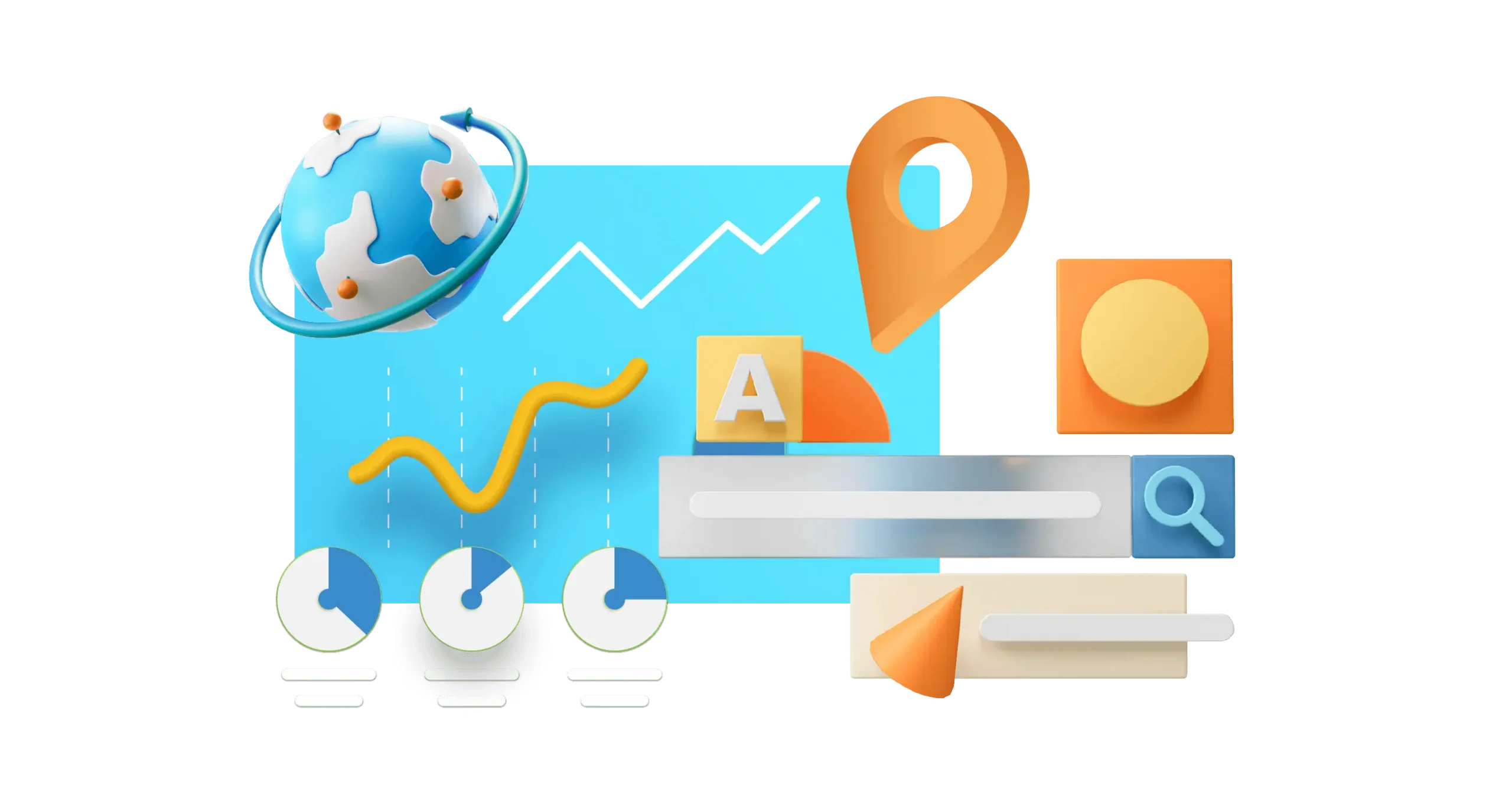
In the digital world, your target market comes from different channels and touchpoints, making it hard for businesses to target it blindly.
For a successful digital marketing strategy, you would need to come up with a holistic framework that guarantees a good customer journey from beginning to end.
Under the Propelrr Digital Marketing Framework, channels are considered one of the key factors in creating a marketing strategy. Target markets can be found from various channels. How you catch their attention depends on what they are interested in and how the platform works from their perspective.
Identifying your channels to be used for your digital marketing campaign is important because it helps you come up with a digital marketing strategy that directly targets your preferred audience. Where do they spend their time online? Social media or on Google search? Are you able to strike conversions with the audience in this channel? Are you in total control of what goes on in the channel for your brand reputation? These are just a few of the factors you need to consider.
Digital channels are divided into four categories: Earned, Paid, Rented, and Owned. Each of these has many platforms that businesses can use according to their needs.
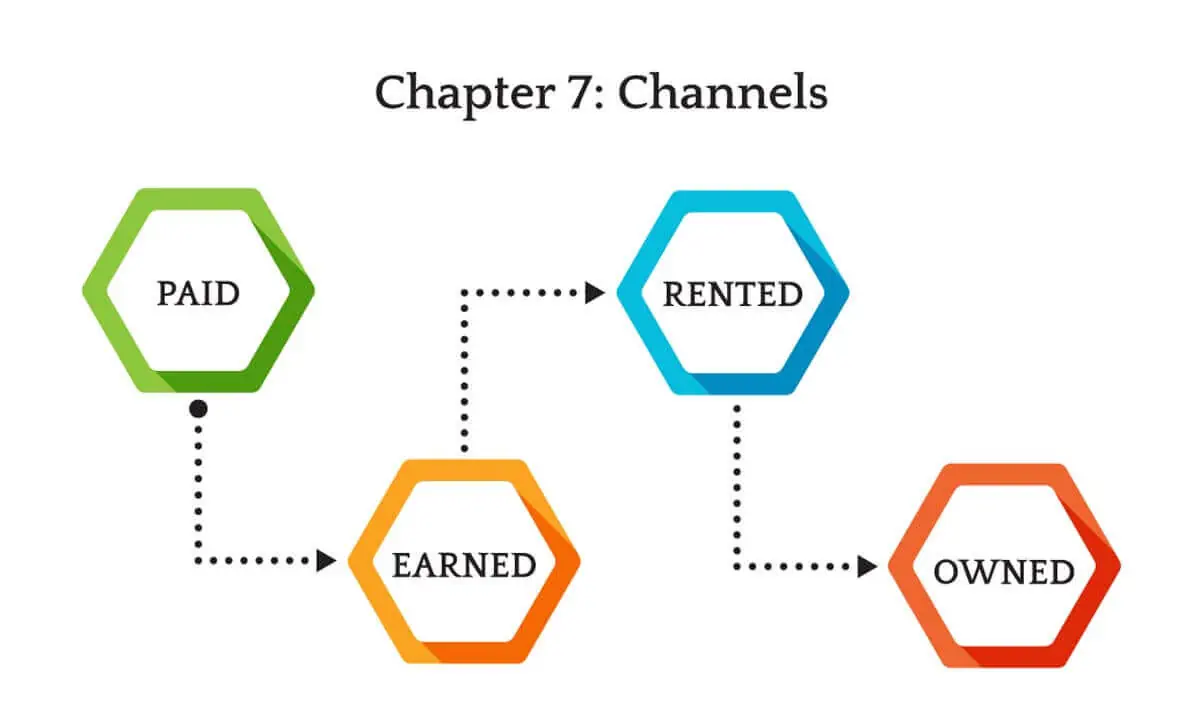
Figure 7.1. Channels. The use of channels aren't just limited to one, or two of them, but that also doesn't mean to say that you'll need to get to using all of them right off-the-bat. You must still assess the optimal channels that are relevant to both your business and your audiences. Photo by Propelrr.
Paid
As the name suggests, paid channels are platforms that offer paid advertising where businesses can target potential and recurring customers in commonly-used digital channels. Here are a few platforms that your business can use.
Google Ads

Figure 7.2. Google Ads. Is a type of paid channel where you can instantly gain the top spots on SERPs. With a fair amount of investment, you can propel your website or relevant landing pages to the top of the search results page, for your pre-determined keywords.
Google is the top search engine across the internet. It’s no surprise that it’s also one of the top advertising platforms online. Google Ads is Google’s official advertising platform that offers ad placements on its search results page or through the Google Display Network, where partner websites display Google ads on their landing page.
Why Google Ads? For one, Google has over four billion users worldwide, allowing it to have a massive reach on the audience with the intention of looking for something.
How does this work? Google advertisers choose from a list of keywords that are relevant to their product or services. Google ads work in an auction system where you can bid how much one is willing to pay when someone clicks on your ad. You only get charged whenever someone clicks your ad. This is called the pay-per-click (PPC) method
This method helps businesses target people who are intentionally searching for something related to your business, and not just anyone scrolling on their phones. This is a channel to strategize with if you’re looking to target people interested in any related service or product.
Social Media Ads
Social media platforms like Facebook, Instagram, Twitter have been quite the platform for advertisements over the years. Over 4.3 billion users have been recorded on social media platforms around the world at the beginning of 2021. What used to be the avenue for social interaction between friends and family is now also the best platform for customer engagement.
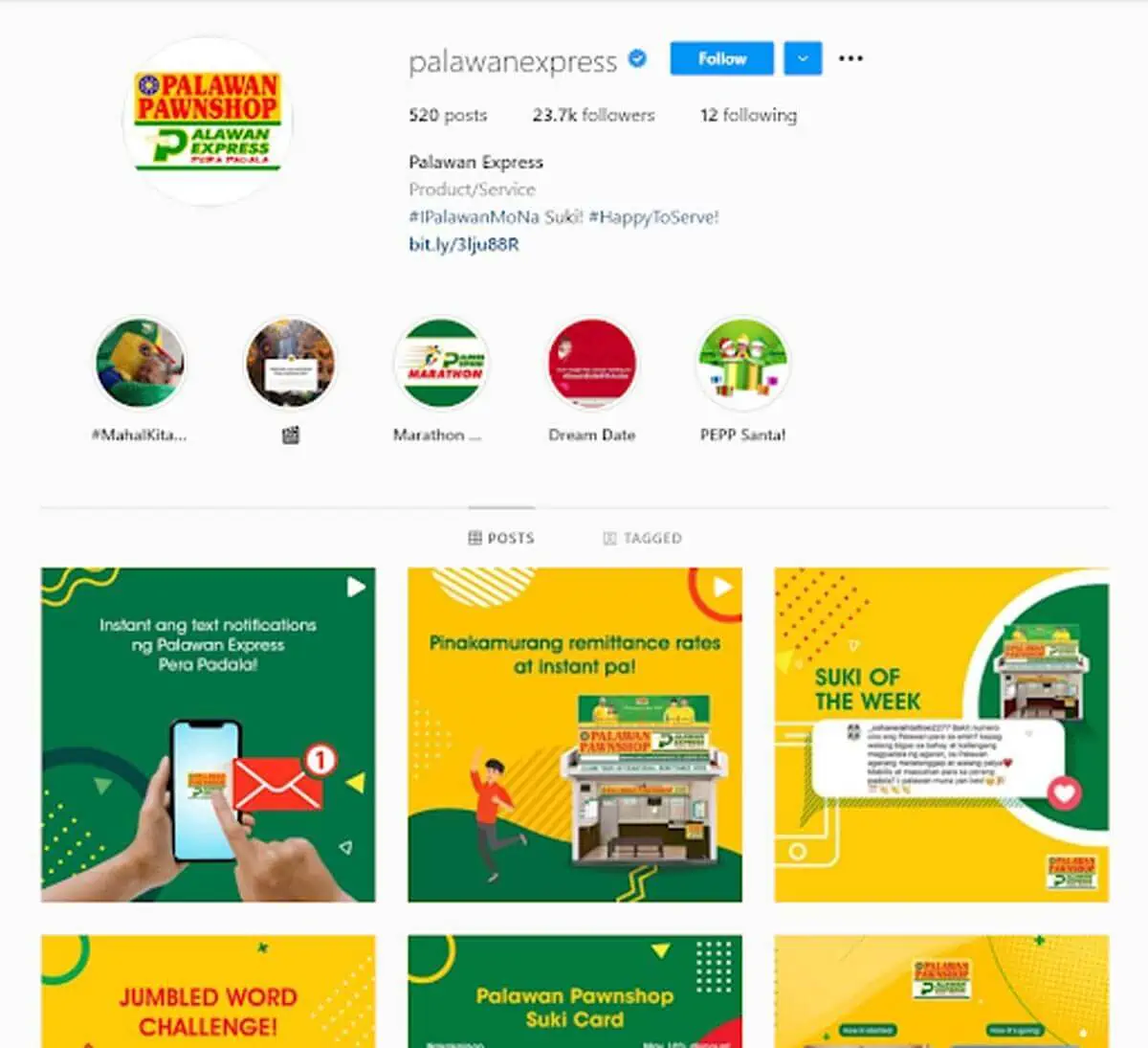

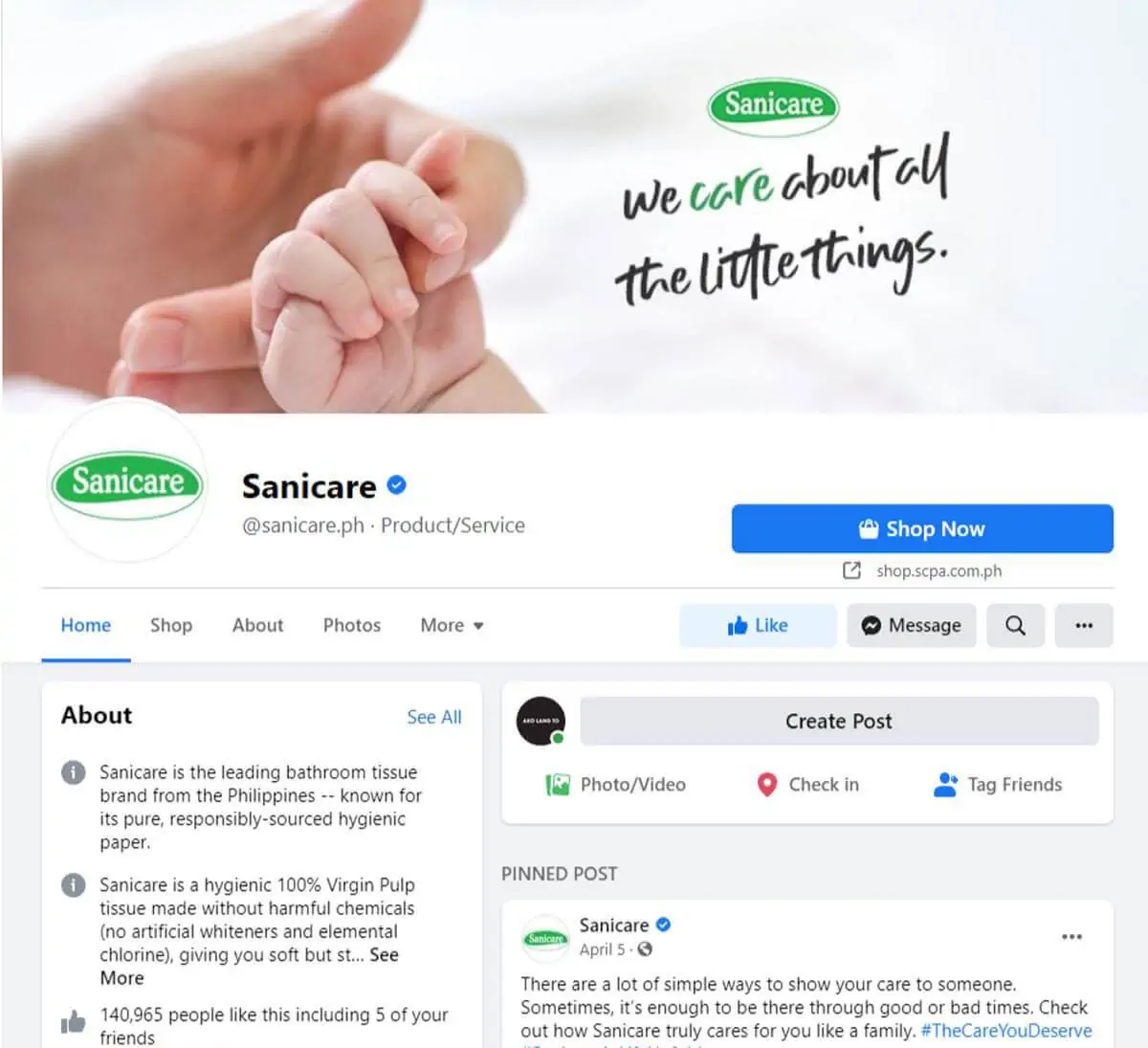

Figure 7.3. Social Media Ads. Allow you to push ads to your audiences on the social media platforms they are present in. Depending on the platform, you can deploy these simultaneously like the convenience of Facebook's integration with Instagram. Photos courtesy of Palawan Pawnshop and Sanicare on both Facebook and Instagram.
Using social media ads gives your business a more personalized approach to your target audience. Unlike Google Ads, you target people on your ads instead of their search keywords. It is important to be able to tag according to their interests to generate interaction between you and your customers.
Facebook, for example, is one of the top digital advertising platforms to exist. Setting up your page and optimizing your Facebook ads correctly can help increase your brand awareness immediately with minimal effort. Keeping your audience engaged and interested is another story.
Messaging Ads
With the evolution of digital marketing, your social media timelines are not the only ones businesses can target for ads. Your Facebook and Viber inbox is also a platform for businesses to engage with their customers. Messaging ads give businesses the opportunity to have real and organic engagements with the customer.
Facebook messenger and Viber both offer messaging ads. It works almost the same as social media ads, but with a more personal approach. Messaging ads offer instant lead capture
Spotify Ads
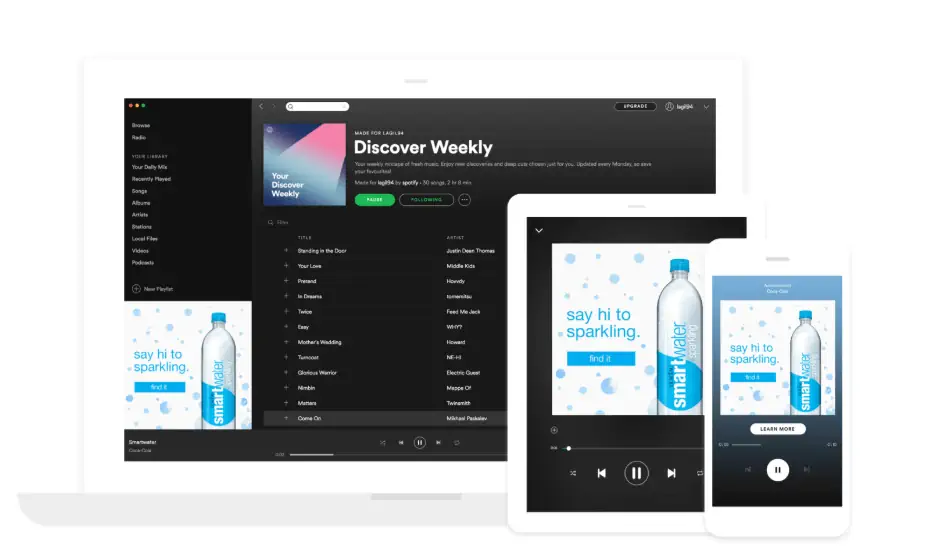
Figure 7.4. Spotify Ads. Allows advertisers to push auditory ads to Spotify's regular subscribers. Although the platform does have a massive listener-base, there is the limitation that your ads aren't reaching premium subscribers. Photo courtesy of smartwater via Spotify.
Everybody likes music and may have their own Spotify accounts. The world-famous music streaming service offers free accounts where businesses can place their ads periodically while a person streams their favorite music. These ads are the modern version of radio ads, and with over 100 million users it’s now more popular than radio advertising.
Spotify ads work on a CPM or cost per thousand impressions. Spotify ads come with both audio and visual aid for up to 30 seconds. They also offer display ads and sponsored sessions. You can target your market based on their demographics, location, interests, and activities. This means you can target your audience based on the music they listen to.
Native Ads

Figure 7.5. Native Ads. Are called 'native' because they aim to look as naturally blended into a page as possible. These are the types you see in the middle of articles, at the home page, or even at the side-bars, appearing the same way as normal story pages and/or headlines do. Photo courtesy of BuzzFeed.
Before the internet there was newspaper, television and radio commercials. These native ads are still present in the digital marketing world today, just in different channels. You can place press release ads on online news sites, audio advertisements on music streaming sites, and video advertisements on video streaming platforms. These are the type of third-party platforms you can pay for so they could publish your article or video.
Earned
Moving on to earned advertising, this is where your brand gains additional exposure or engagement without paying for it. While these channels are somehow “free of charge”, it’s not something you can control in terms of brand reputation because the users are in total control of these channels.
Word-of-Mouth
In digital, word-of-mouth is the reviews, forums, and public discussion that all talk about your brand, which can happen organically or as amplified. Organic are ones where customers personally post something about the brand because they’re happy about it. It can come in the form of an online review, a shout-out on social media, or quite simply a referral when people are looking for a related brand provider.
Amplified word-of-mouth is where the brand encourages people to share their insights about the product or service through various campaigns. For example, a milk supplement for infants can ask moms their experience on the product which you can use to your advantage
92 percent of consumers believe in customer feedback rather than actual advertising, and 72 percent of them identify word-of-mouth posts as a key influencer in their purchasing decision. Keeping an eye out for customer feedback and using them to your advantage, both in advertising and logistics, can help your brand improve accordingly. It is also your “proof of truth” for your products. Customer reviews can help you determine your unique selling point so you could make bold statements about your brand.
Brand Reputation
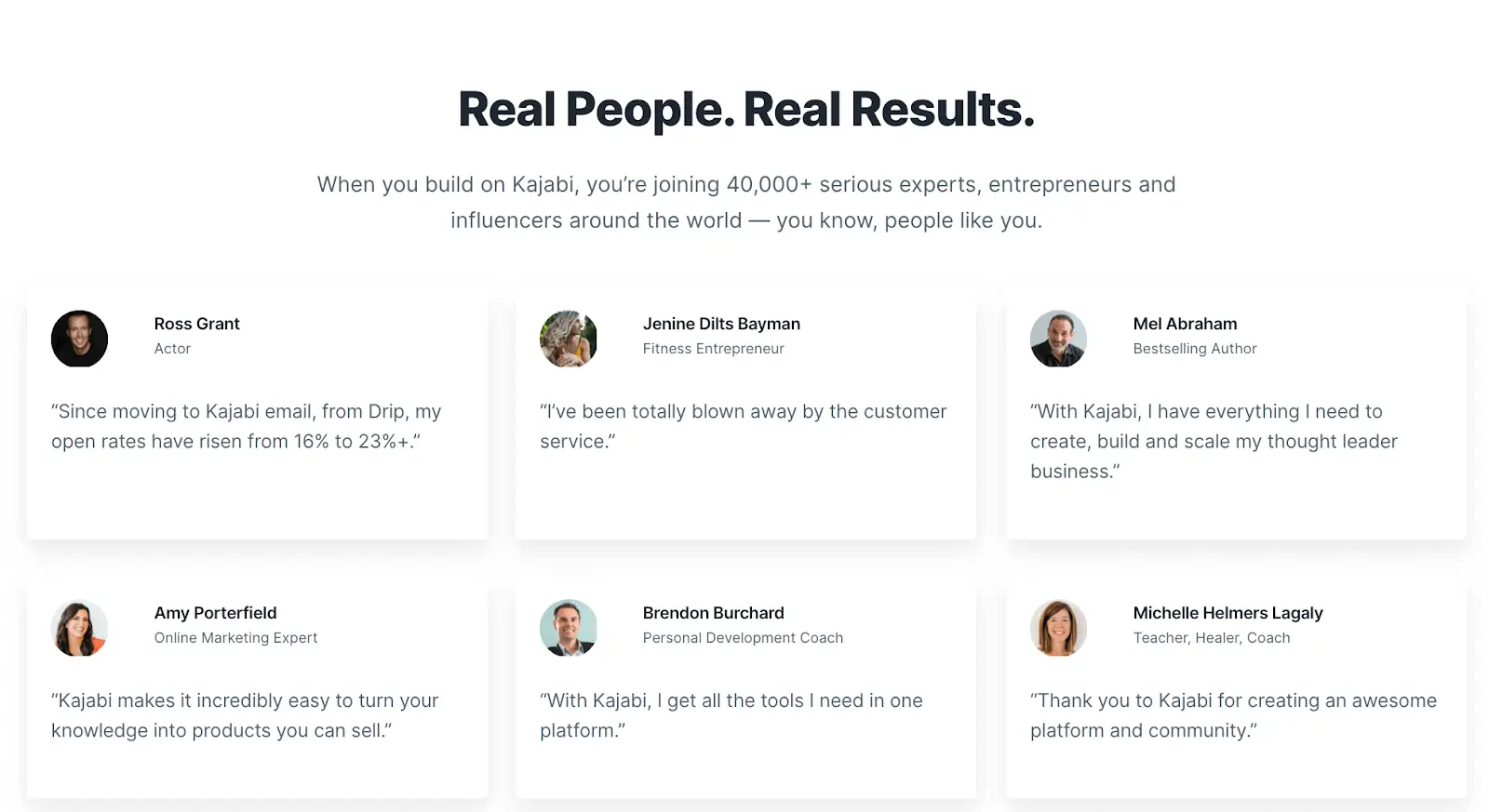
Figure 7.6. Brand Reputation. Is a type of earned channel that is the product of crisp and consistent branding on your part. This entails not just the observable display of brand service, but also the consistent delivery of good products and services. This is exemplified by the feedback you get from your customers like this customer reviews fold on knowledge entrepreneur solution platform Kajabi.
This is a form of digital marketing where a business influences consumers’ perception of their product or service. The main goal of this is to bring in a positive image for your brand — and keep it that way. This means sending out factual information about your brand that will greatly influence consumers to buy your product.
These advertisements can also use customer reviews and user-generated content to help build brand reputation. As mentioned before, consumers are highly influenced by other customer experiences. These posts can strategically help you improve the trust between consumers and the business.
Virality

Figure 7.7. Virality. Is a channel made possible only because of the rising usage of digital channels. Although a note of caution here is that: you can actually go viral for both good and bad reasons. So while this is somewhat of a sought-after result for online content and campaigns, you must take absolute care with your executions, because they might end up working against you. Photo courtesy of RC Cola on Facebook.
It’s easy to think that when a post or video goes viral online, it’s usually caused by a stroke of luck. Technically, it could work that way. But you would need the right type of content that’ll convince the users to personally share your post on their social media accounts.
Virality marketing works in a way like an organic post. You post a video or a photo and let social media do its work. But keep in mind that becoming viral can happen in two ways: it can be for you or against you. This advertising strategy falls under the control of your users, your messaging can be misinterpreted and affect your brand negatively. So best to be careful.
Link Building
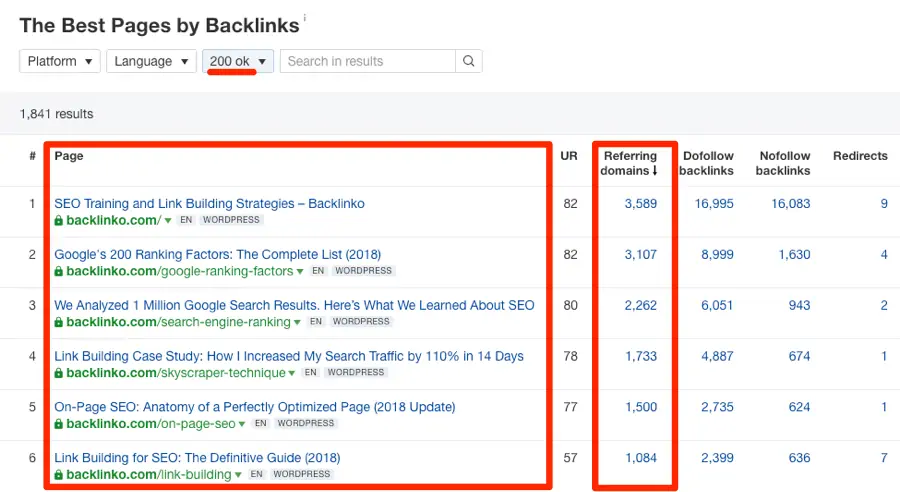
Figure 7.8. Link Building. Above, you can see top pages of Backlinko and how many referring domains a page has. Each link signals a 'vote of confidence' for the page, and helps it rank better on SERPs.
Link building is generally the practice of adding in backlinks or getting other websites to link to your business’ website in order to improve search engine visibility. This strategy generally helps the SEO improvements of your website.
With the Google search algorithm improving by the day, backlinking is generally the best way to earn higher rankings in search engine results. Organic link building is a long and difficult process, especially with authoritative websites. With the right combination of compelling content and partnership with reputable people with websites, you’ll be able to improve your search ranks in no time.
Rented
Rented advertisement is the practice of using third-party platforms to promote your product or service. Many businesses use external platforms to easily reach their customers, and target other people with their advertisements. You might confuse rented ads from paid ads because they come from the same platforms. Basically, rented ads take on the more organic content versus paid ads where you can pay a certain amount so your content can reach more people.
Social Media Platforms
Technically speaking, when your business has a social media page, you really don’t own that page, but rather you’re just borrowing the space for your brand. Using social media, you’re able to reach your community easily without forcing them to visit your website.
Whether organic or paid, social media plays an important role in advertising. As many are already on these sites, you don’t need to look elsewhere. You just need to strategize your content in a way that your audience is interested in.
Be intentional when you post on social media; it would be hard to stand out in the flood of content there, otherwise. Make sure you tick off all the items on this social media content QA checklist so you can make sure that it's high-impact and valuable to your audiences.
Directory Website
Remember those yellow page books we used to find someone’s contact number? There are now websites that do that exact same thing — an online catalog for websites and contact details where customers can look for you when researching a certain product or service.
Advertising on online directories can help you reach audiences interested in your service. This strategy also allows you to improve your SEO ranking as well.
When using these directories, it is important to communicate as much as possible about your services. This gives target consumers all the information they need before clicking your website
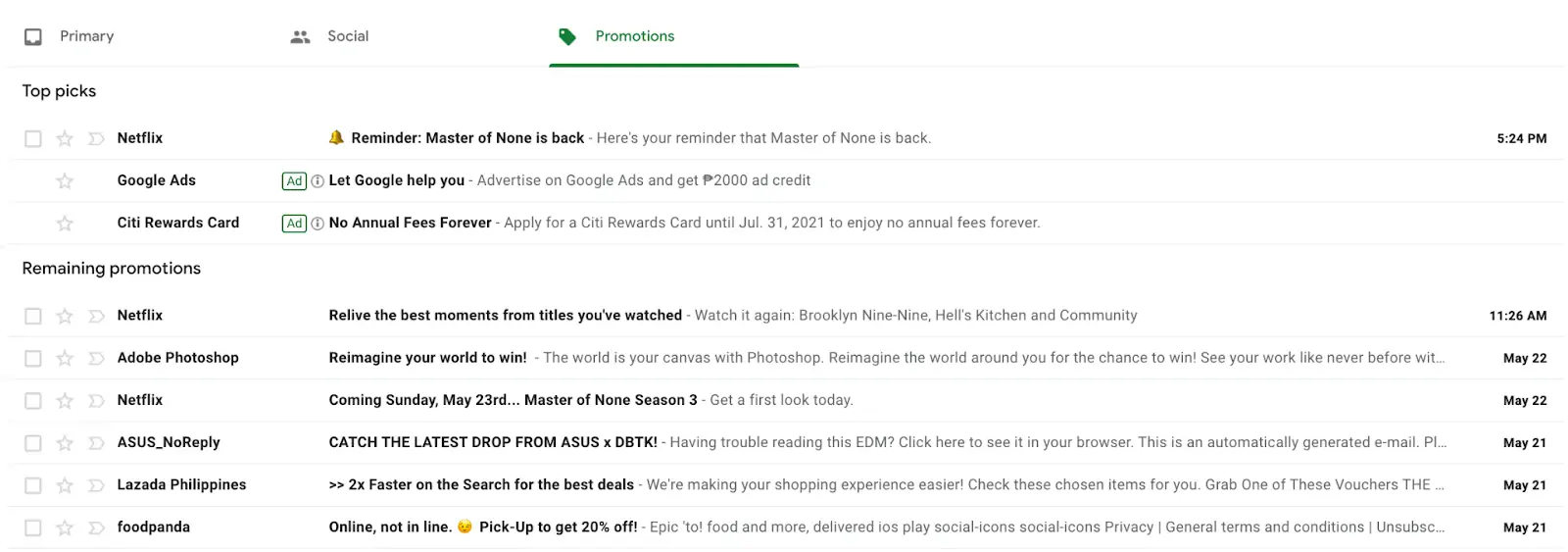
Figure 7.9. Email. Are considered rented, because you use a third-party service like Gmail or others, to send out promotions, updates, or other content relevant to your audiences. These go straight into their inboxes and, through sophisticated emailing tools, you can measure their open rate, and other relevant metrics.
Email marketing is another advertising strategy used to sell products and services, news, or even tell a story to your audience. Customer’s email is included when they agree to subscribe to receive email communications from your end. Basically, when subscribers visit your website, they’re obviously interested in your brand.
Although email marketing can look spammy when not done right, it is important to come up with engaging content and templates to prevent your customers from clicking the unsubscribe button. Like many advertising platforms, it’s best to become a little personal with your subscribers.
In creating an email list, it is as important to be as organic as possible with a signup form on your website. Buying an email list won’t do you any good because it’s illegal and will only increase your chances of not only reaching the spam folder but also getting a high volume of canceled subscriptions.
SMS


Figure 7.10. SMS from Paysons. The images above are examples of SMS promotions blasted out by Paysons, an online checkout solution for online businesses. SMS blasts are limited to a few characters before it gets truncated, so make sure that you get all relevant details to your promotion delivered in a crisp and clear manner.
SMS marketing is the method where businesses use text messages to promote promos or services to their customers. Much like email marketing, SMS can only be used with the consent of the customer, but it's the easiest and quickest way to reach your customer as more and more are becoming attached to their phones.
SMS marketing can be used for time-sensitive promotions, urgent updates. In order for your text message to be successful, it’s important to provide a link where customers can click to get more information from. This kind of marketing strategy can be used, especially for ecommerce websites.
This is the best complement to your digital marketing strategy, because it can instantly give your website link (or any link for that matter) to your customers so they don’t have to search for it anymore.
Push Notification
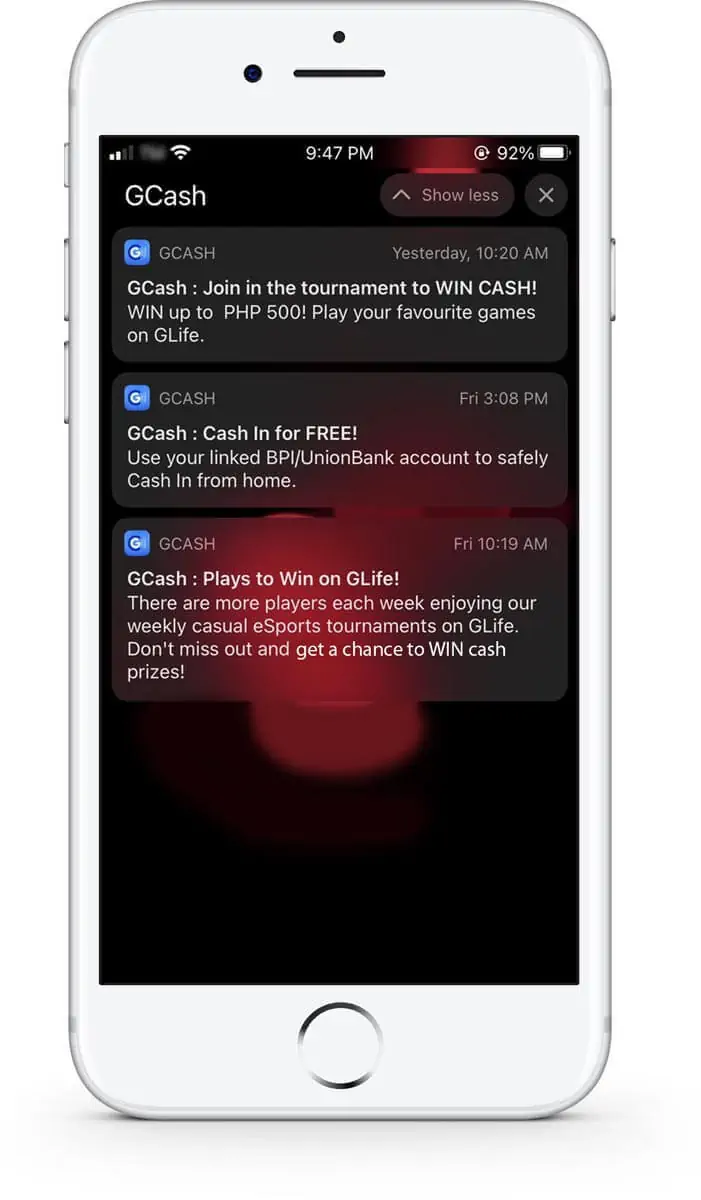
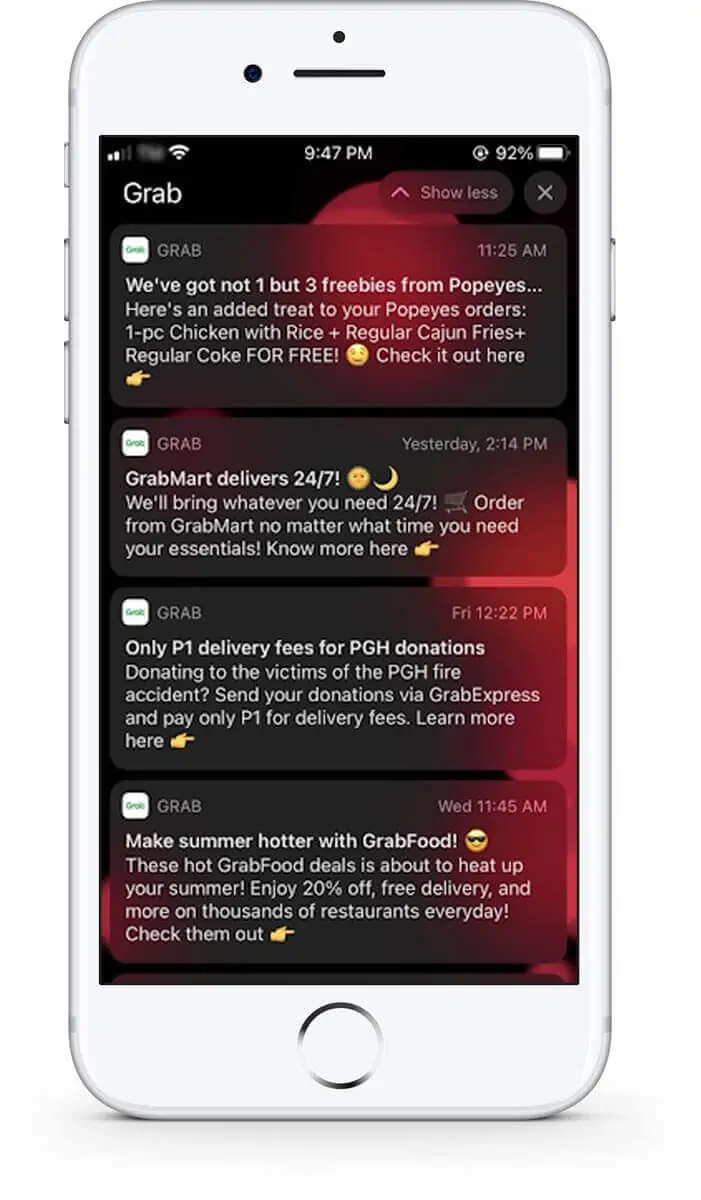
Figure 7.11. Push Notifications from Grab and GCash. These are good for sending quick updates, or promos, especially for app-specific services. Above are examples of notifications from a mobile wallet (GCash) and ride-booking (Grab) apps.
If you notice some ecommerce apps or websites that constantly remind you of their next big sale, this is actually a marketing strategy that uses push notifications to promote their new promos.
As smartphones continue to emerge, more and more businesses engage into push notification marketing — a strategy where they inform their customers of the latest promos and offers through their phone’s notification settings.
This strategy has better outreach and engagement rate of 88% from consumers as well. Push notifications can be either done through mobile or even your browser when the customer visits your website.
In making the most out of your ads, it’s important to personalize your notifications, these include reminders of their transactions, delivery notifications, and mix them up with promos they’re interested in.
Owned
And last but not least, Owned Ads. These are platforms or channels that a company owns and has complete control over the content and the branding. These channels are the ones you should prioritize in having as you have complete control over them. These include the following platforms:
SEO
If you want your website to be found on the first page of Google’s search results, then you would need to work on your site’s SEO to help improve the quality and quantity of organic traffic you’re receiving for better SERP performance.
This can be done by looking at the following foundational SEO components:
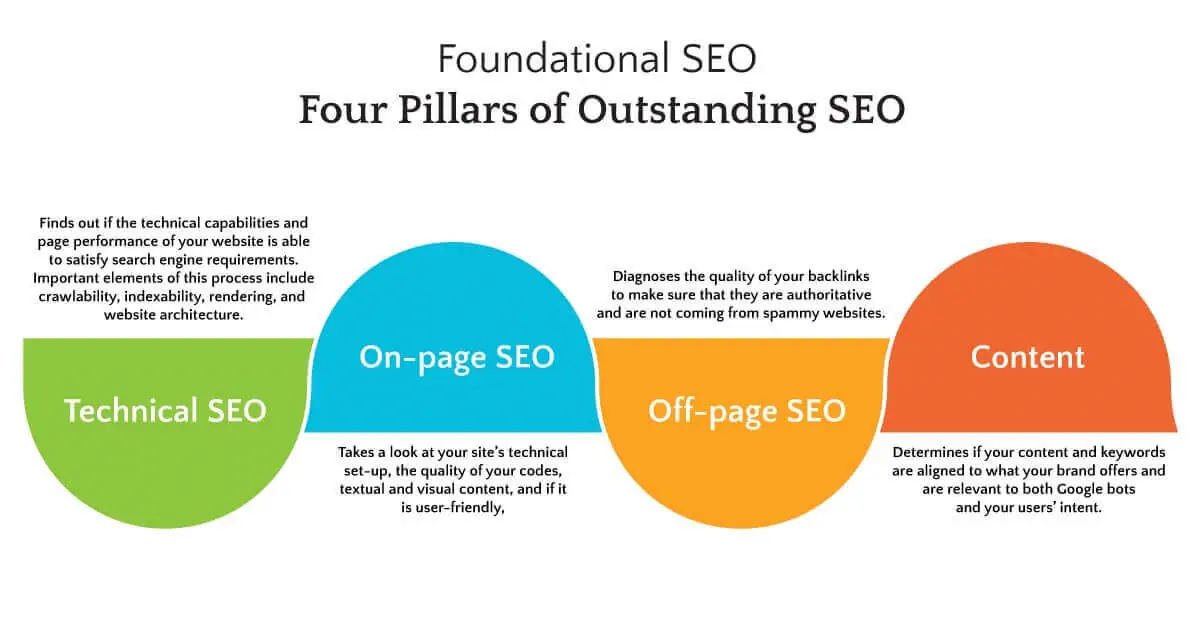
Figure 7.12. Four Pillars of SEO. There are various practices in SEO that don't just involve incorporating keywords into content and pages. There are also technical, off-page, as well as content SEO that can help beef up your overall efforts in optimizing for search. Photo by Propelrr.
To help improve your SEO, it’s important to have a user-friendly website, and create content that can be easily digested by the consumer.
Website
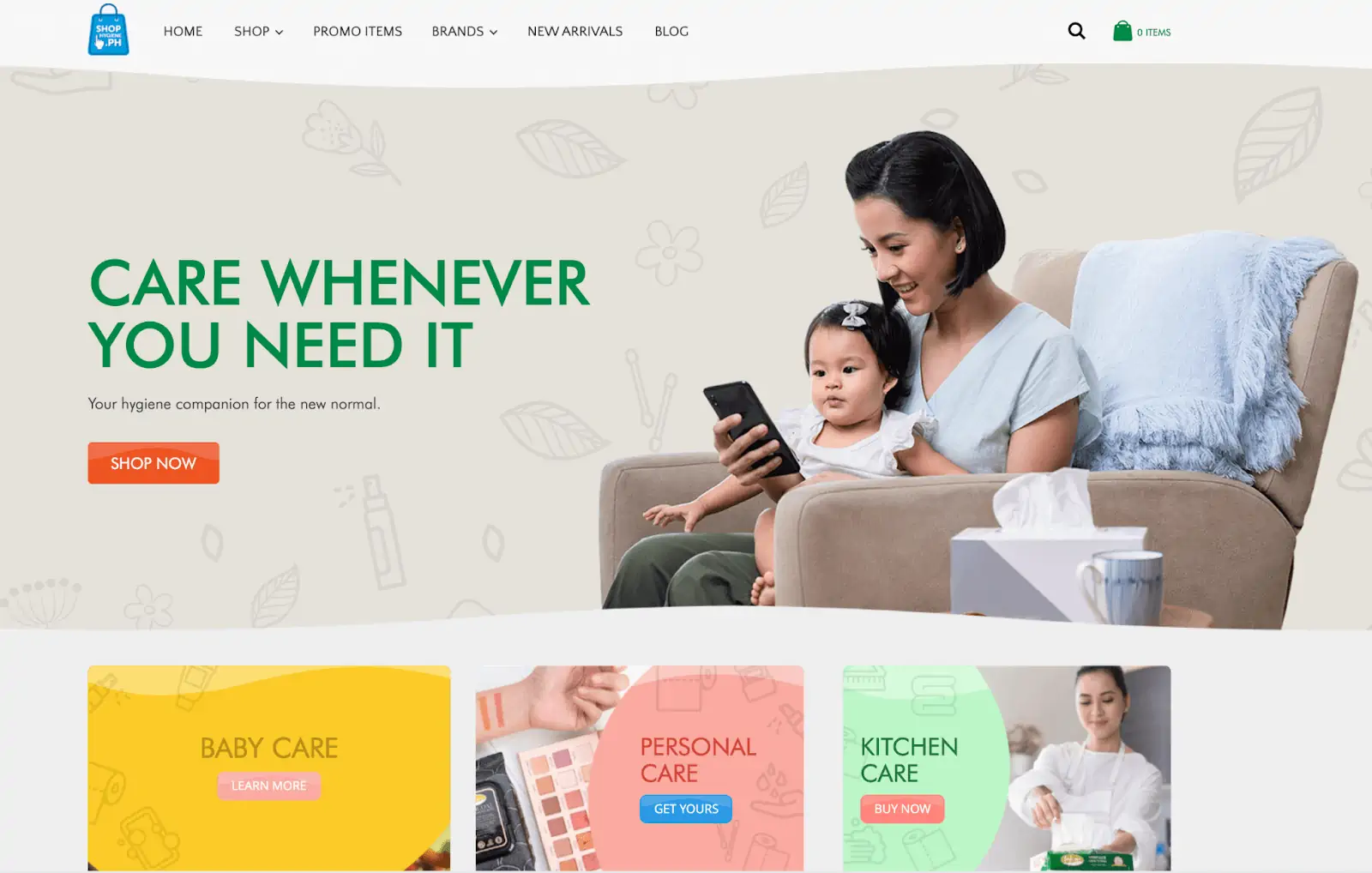
Figure 7.13. The Sanicare Website. Is a page dedicated to not just providing their users lifestyle content, but also serves as an ecommerce platform where their customers can purchase their products and send inquiries. Photo courtesy of Sanicare, Philippines.
The number one thing every business should have for their digital marketing strategy is their own website. The website will become the central landing page everyone can head to whenever they need to look for something about a product or service. While social media is equally important, you can’t possibly put everything there. Your website is your sanctuary where you can put all the information your customers need without looking like a word dump.
Optimizing your website for the best user experience is a good way to help your customers remain interested. For instance, a mobile-friendly website with a good loading speed is a nice upgrade for users who are now more into smartphones and tablets. This helps avoid bounce rate and generate better sales for your brand.
Email Newsletter
Newsletters can help inform your customers of the latest news, promotions and services once they are subscribed to your newsletter list. Think of newsletters as a way of bringing your website content to the inbox of existing or potential customers.
Email marketing is relatively cheaper versus other advertising strategies and it can help generate regular website traffic.
Blogs

Figure 7.14. Blogs. Like our own Propelrr blog, helps not just establish your expertise in your industry, but also help provide your audiences information that can help address their needs. On our blog, we provide quick tips, as well as updates on the digital marketing industry that help inform our visitors.
A Blog is the avenue where your business can share its knowledge and expertise about a certain subject or topic in relation to your product or service. The right content can also help with improving your website’s SEO by using the top keywords that can help inform customers about our brand.
In establishing a blog section to your website, it is important to choose topics that are timely and relevant to your customers. This way, you’re able to build a reputation that you are indeed an expert in your industry.
Indeed, channels play an important role in digital marketing and one should be able to determine which of these are beneficial to your business.
When it comes to choosing the best channels, it’s important to mainly focus on two important considerations:
- Knowing the channels where your target audience are mostly active on, which ones they’re engaging, which help you grow conversions, and simply which ones are not working for your brand.
- Determine the level of control you have per channel. Take for example, owned channels give you full on data analytics capabilities for conversion tracking while rented channels are limited to what the platform of your choice provides. Ideally, should focus more on channels you can control fully since these give you the data insights to improve your overall digital marketing framework.
With these diverse channels you can now include in your digital marketing strategy framework along with the important considerations you have to keep in mind for each you are now ready for the next big step which is Strategy and Execution!
Chapter 8
Strategy + Execution

As you continue your journey of upgrading your digital marketing strategy through scalable, data-centric approaches, you must comprehensively tackle the roles and importance of digital strategy and execution for your business as well.
In this next chapter, you’ll get to break down the components of conversion strategy and execution. You’ll also find helpful tips to apply this framework chapter to your own marketing for conversion rate optimization too.
The Role of Strategy and Execution in your Digital Marketing Framework
These two crucial components constitute the second to the last chapter of this article on building a digital marketing framework for your brand. The two go hand-in-hand, complementing one another in this critical stage. With both these components in place, you gain the opportunity to anchor your tactics onto a crystal-clear planning stage for better digital marketing.
After you establish your objectives, infrastructure, content, and the like, you may think that you’re ready to jump into action. But don’t jump in just yet - be as strategic as you possibly can to ensure smooth and successful executions. Build a better business by diving deep into this critical chapter first.
As mentioned before, these two components go hand-in-hand for this chapter. They’re two complementary sides of the same coin, and are the crux of any successful conversion marketing strategy framework.
So first, let’s take a step back. Let’s break down these two components, understand their inherent connections, and then map out the best way to bring your conceptual strategies to actionable executions in this digital transformation framework.
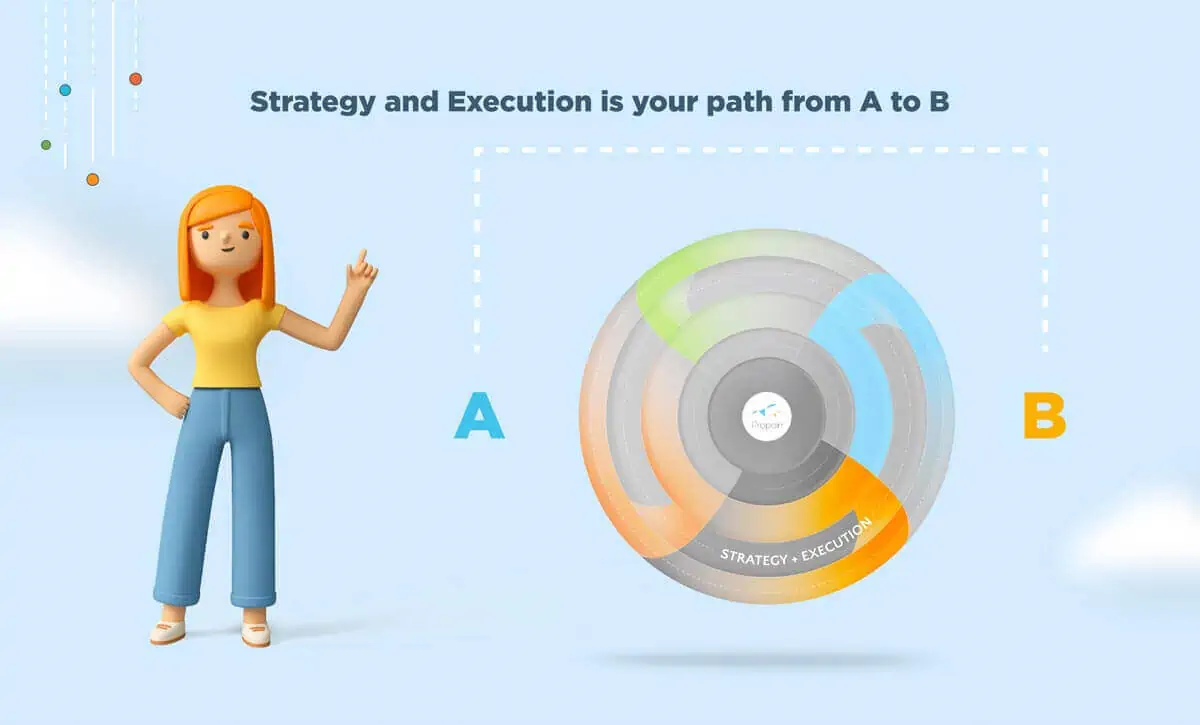
Figure 8.1. Bridging Your Objectives and Goals. This is the purpose of your strategy execution. Don't get stuck in analysis paralysis and plot out concrete steps to achieve your goals with a strategy and execution plan. Photo by Propelrr.
What is strategy in digital marketing?
Outside the context of digital marketing, a strategy is defined as a set of steps used to accomplish a specific objective. When strategizing, you establish an objective, define its obstacles, and then map out specific steps to achieve said objective.
Within digital marketing, a strategy is a data-driven set of steps used to accomplish a specific digital objective. Strategies are necessary in this field because of how messy attribution can get online; with users streaming in from countless different touch points, a data-driven approach is needed to ensure clear conversion rate marketing results.
What is execution in digital marketing?
Now, outside the context of digital, execution is defined as the set of techniques and tactics used to implement a strategy. One cannot exist without the other; executions exist to implement strategies, and strategies can only be implemented through executions.
To that end, execution within the context of digital marketing is defined as the set of digital marketing techniques and tactics used to implement your conversion strategy. It’s the achievable, focused, and concrete means by which you reach your objective within your digital marketing strategy framework.
Why do you need both for your framework?
It’s always important to emphasize this point: you need both of these components for your framework because one cannot function properly without the other. They should always be included together in your framework if you’re looking for positive, conversion-focused results for your brand.
Ensure your assets and resources are utilized through a set of tactics which are in line with accomplishing your objectives. Here’s a quick list of dangers when it comes to investing in only one of the two components:
The dangers of using only one of both
-
If you only have strategies, you won’t get anything done.
Even the most well-thought out plans will fall apart when executed poorly.
-
You won’t know if you’re achieving objectives with just executions.
You may even have zero impact on your business due to a distinct lack of specific direction.
-
You waste your assets and resources by just focusing on one or the other.
If these two components aren’t laid out properly, then you’ll waste time and money on poor techniques and tactics.
-
Your business won’t have a solid foundation to withstand future crises.
When you waste resources on poor strategizing or executions, you miss out on baseline metrics and outcomes that can grow your business in the long run. This leaves your company in a precarious position when it comes to a future economic crisis.
These two components are two sides of the same coin. So make sure to factor them into your framework as a whole for excellently executed conversion strategies.
Strategy and execution for your digital marketing framework

Figure 8.2. Mapping Your Strategy. This should involve every identified aspect of your digital executions. Meaning, it should map out detailed tactics and steps for your campaigns, results tracking, documentation for improvement and, subsequently, future optimizations. Photo by Propelrr.
Every business is different. As mentioned earlier in Propelrr’s framework, your brand’s objectives, branding, infrastructure, analytics, content, and channels are different from other brands. So it makes sense that these two framework components will end up being unique to your company’s needs as well.
Since optimized strategies and executions are anchored to your brand’s unique needs, let’s instead focus on the best marketing tips and practices associated with these components. Depending on your brand’s objectives, utilize this list of tips to plan out the best possible strategies and executions for your business.
Setting up campaigns
- Create SMART objectives
-
Strategy: If, for example, your campaign aims to boost awareness for your brand, think of objectives that are specific, measurable, attainable, relevant, and time-based (SMART).
-
Execution: Select tactics that are SMART too, in line with your set strategy. Some examples may include developing digital ads, getting featured on an influencer’s social media, among others.
-
- Build buyer personas
-
Strategy: List down questions for building a buyer persona. These may include demographics, likes, dislikes, and more.
-
Execution: Find the best way to collect this information from your customers. This may include surveys, data analysis, and other means.
-
- Curate your content
-
Strategy: Set an objective for your content, pick a target audience, and select the best channel to achieve your objective.
-
Execution: Create and curate your strategized content, for future release on your chosen channel.
-
Tracking results
- Infrastructure
-
Strategy: If you’re just starting to set up infrastructures for your business, research the best web programming language based on your needs.
-
Execution: Set up your infrastructure in a way that lets you track results for future reference and optimization.
-
- Channels
-
Strategy: Identify the channels you currently use in your company.
-
Execution: Map out your customer journey to discover the channel that drives better traffic for the best results for your business.
-
- Analytics
- Strategy: Identify the ecommerce platform or website you use for your brand and collect the data from their existing business analytics.
- Execution: Track your results based on those analytics and see if you hit your targets for that platform.
Documentation for improvement
- Study your competitors
- Strategy: Collect information on your own success in relation to recent digital marketing trends.
- Execution: Study how your competitors tackled these trends to supplement your own improvement.
- Practice message mining
- Strategy: Identify public or private sources of data where customers review and critique your brand, like Google, Facebook, and others
- Execution: Document these messages for further analysis and optimization.
- Collect user feedback
- Strategy: Select a brand channel that lets you communicate with your customers in a hassle-free way.
- Execution: Collect user feedback through your chosen channel, with surveys, polls, emails, public reviews, and others.
Continuous optimization of performance
- A/B testing
- Strategy: Define your “control” and your “challenger” for the split test.
- Execution: Run a campaign for your A/B testing to see which version of your variables works best for your conversions.
- Heuristic evaluation
- Strategy: Establish your criteria for evaluating an aspect of your business, like your product messaging.
- Execution: Conduct a heuristic evaluation with subject matter experts to discover new ways to optimize your performance.
- Conversion optimization audits
- Strategy: Set specific targets for your conversion rate optimization.
- Execution: Utilize auditing and benchmarking to uncover more ways to optimize your conversion rate performance.
Congratulations! Now you’re ready to transform conceptual strategy into actionable executions. Once you take that first step, you enter the realm of the customer experience. Create positive experiences geared towards conversions and brand loyalty with the eighth and last chapter of Propelrr’s digital marketing framework: the customer journey.
Chapter 9
Customer Experience
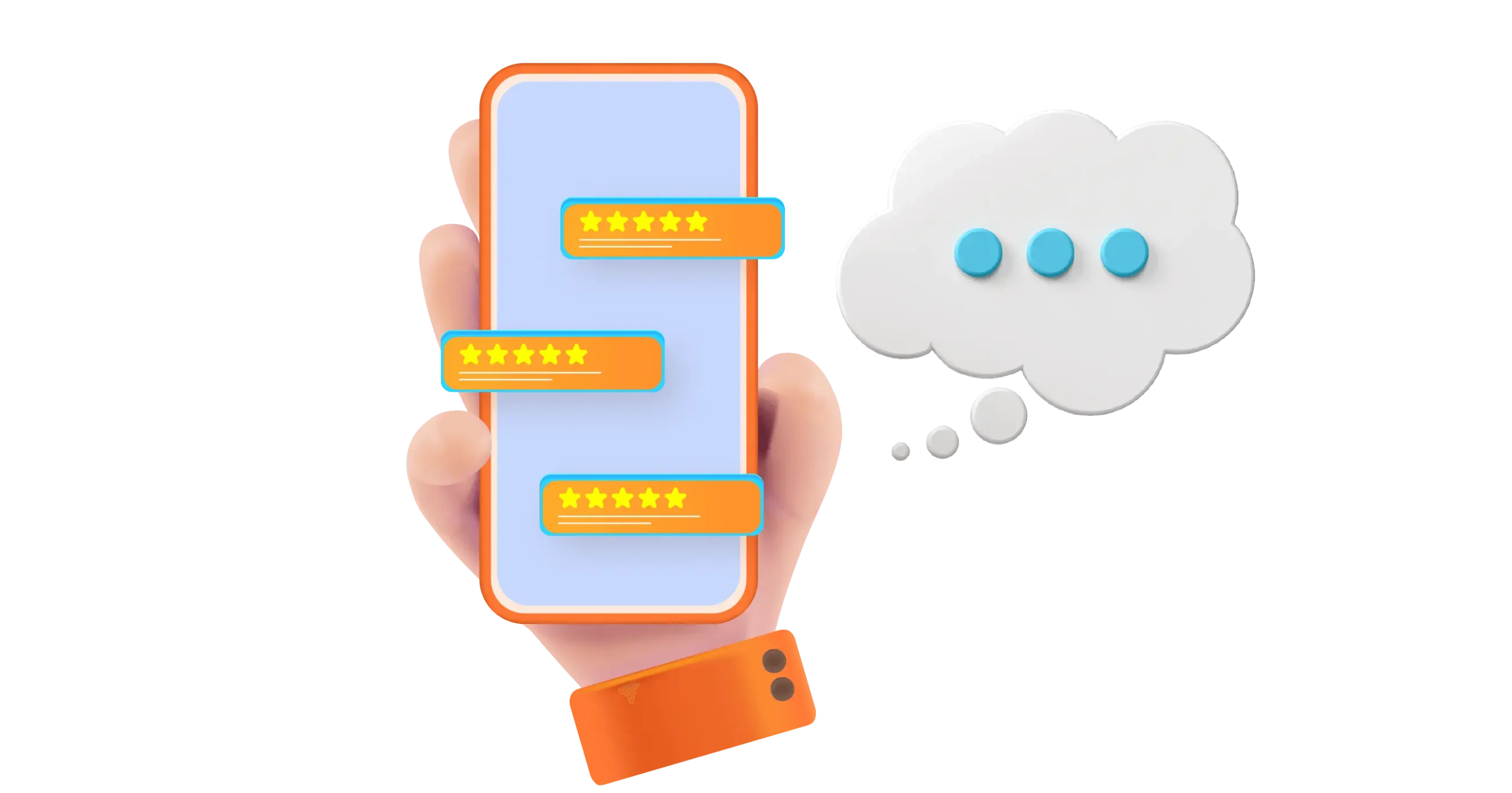
Capping off your digital marketing framework is the customer journey. This final section completes and closes our circular framework, and will make or break your success in delivering results for your business.
In this last section, you will learn more about what a customer journey is, and why we at Propelrr hold it in such high regard. You’ll also get to find out about the different components that go into establishing and executing a great customer journey.
With this comprehensive discussion on your clients’ experiences, you will uncover all the ways you can improve your business and its services. Deliver consistent and positive results with this framework-based strategy for building excellent user experiences.
The impact of the Customer Journey in the Propelrr Digital Marketing Framework
The customer journey is located on the outermost ring of our digital marketing framework. It encompasses everything, from setting objectives for your ecommerce design, to executing strategies for your search engine optimization (SEO).
This all-encompassing experience inherently affects everything in your business deals. A user’s experiences with your business also defines their interest and loyalty in your brand.
How your clients perceive you is defined by their interactions with you. Given this, if you want to optimize your conversions with them, then you need to make them feel good as a result of your fantastic services.
Rundown of the Customer Experience Process
Before getting into the nitty gritty details of the customer journey though, you might wonder what the differences are between a user’s journey and a user’s experience. These two concepts are intrinsically linked and are equally important to the success of your brand overall.
What is the Customer Journey?
A customer journey is the sum total of all the experiences a client goes through with your company. Each client’s pathway will differ in their own unique ways, because each client will be coming from different touchpoints and experiences.
The online user experience begins from the very moment a person learns about your company, through their different touchpoints and experiences. Each experience a user has with your business is an opportunity for success, or a chance for failure. Remember to tread carefully when it comes to this crucial part of your digital marketing framework.
With your digital marketing, you should also ensure that your strategies are up-to-date to address the ever-changing wants and needs of your audience members. Make sure their every experience is optimized for their enjoyment to ensure conversion-focused results for your business.
What is customer experience?
Meanwhile, the definition of a customer experience is pretty straightforward: it is the way by which your audience members encounter your brand. The customer experience refers to the way your clients feel after interacting with you, whether through your content marketing or your direct products and services. This unique experience is inherently defined by your clients.
When you integrate the importance of a good experience into every level of your strategy, you can deliver conversion-focused results more consistently. With good client experiences, you will earn their loyalty and optimize more and more conversions with their invaluable trust.
The better customer experience you deliver, the better your clients will feel about your business, and the more they’ll want to interact with you. With all this in mind, it’s important to realize that your clients’ experiences are therefore the key drivers behind your business’ digital transformation.
What is customer journey mapping?
Given the importance of a client’s pathway and experience, a key factor to the optimization of their experience is the customer journey mapping process.
A customer journey map is a visualization of a user’s full experience path with your brand. Ideally, your map covers every client touchpoint, to fully portray their experiences with you. A great mapping model holistically illustrates what a user experiences with your business on a personal level, so that you can fully understand their point of view.
Benefits of customer journey mapping
There are countless ways in which your clients can come into contact with your brand, especially in the online landscape. As you place more focus on your users’ experiences with your brand, make sure you make use of the many benefits of this customer journey mapping process.
-
Identify your clients’ wants, needs, and opportunities.
With any mapping model, you’ll gain the opportunity to see things from the client’s perspective. This allows you to pinpoint what they may want or need, and will help you predict opportunities that you can take advantage of along the way.
-
Optimize your clients’ onboarding process.
With the right wants and needs in place, you’ll have a better idea of how to set up the right user expectations, too. The mapping process will help you optimize users’ onboarding process for improved client adoption.
-
Benchmark the desired customer experience.
By mapping and benchmarking their desired experience, you can compare that against what they actually get, and improve their experience accordingly.
-
Plot better courses of action to solve serious service problems.
Aside from identifying opportunities, a mapping model will also help you find friction points in the user’s experience. With an extensive mapping model, you can discover and solve service problems before they even come up for any of your clients.
-
Create a logical order for your buyer journey.
After you identify, plot, benchmark, and optimize your users’ experience, you’ll have the data you need to create a logical and systematic buyer journey for your business.
-
Understand different buyer personas as they move through the sales funnel.
Every user is different though, especially for online businesses like yours. With a well-plotted map, you can understand how different buyer personas would act as they move through the sales funnel of your business.
-
Encourage company teamwork with a united, organized plan.
When you have a clear, well-visualized map, you have a better chance at organizing effective collaboration with the people in your company. With a clear experience map, your whole company can work together to turn a user into a returning client.
-
Infuse user-centric values at every level of your company.
When you formulate a well-visualized experience model, your employees can easily adopt the model’s service values into their work. So make sure to share an effective model to your company’s employees to impart user-centric work practices in every business department.
With all these fantastic benefits to the mapping process in mind, let’s get to all the qualities of a great customer journey that works for your brand.
What are the qualities of a good customer journey map?
Client experiences can get very complex, especially when you consider the number of channels, platforms, and touchpoints a client can access online. In order to create a good mapping model make sure to hit the quality points on this short list.
-
Organized.
It’s articulated and visualized in a way that you and your teammates can fully comprehend. It shows what a user goes through on their experience path, and how they feel about their overall pathway as well.
-
Iterative.
User behaviors change constantly. Given this, your map model should change with your clients too, and be consistently iterative. Make sure you update your models on a regular basis, to keep up with these changing user behaviors.
-
Data-driven.
You can’t map out an accurate client experience without data-driven insights. So make sure you gather the right information to populate an effective mapping model for your business.
-
Continuous.
Surprise! Your map doesn’t actually stop after a client conversion. A buyer’s relationship and interaction with a brand continues long after a conversion is fulfilled, so your map should reflect the same as well.
How to create a customer journey map
Your business is as unique as your clients. How you map out your clients’ experiences will be different from your competitors, because you have your own wants and needs that are aligned with your unique brand.
Want to learn more about how to create a customer journey map that works for your business? Check out these five general steps that you can take in creating your customer journey map:
-
Define your user persona.
To plot out your user’s pathway, you’ll need to define your user first. You can do this by gathering client reviews from your digital platforms, or even by running a survey on your website to ask them why they chose your brand. Utilize your qualitative survey data and quantitative research to populate your user persona’s desires, friction points, and goals.
-
Outline your user journey stages.
Next, outline the stages that your user may go through when experiencing your brand. The specifics will vary for every business, but a typical user pathway includes the awareness stage, consideration stage, decision stage, and retention stage.
-
List all the possible touchpoints.
Touchpoints refer to the times your clients interact with your brand, both online and offline. Now that you’ve outlined your user’s stages, it’s time to list down all the possible touchpoints that your potential clients may encounter.
-
Gather more data and research.
With these stages and touchpoints, you’ll have the information you need to write out your user’s map model. As you write their experience from one stage or touchpoint to another, keep gathering feedback from your clients to make your model as detailed as possible.
-
Identify friction points and improve accordingly.
When you’ve written the first iteration of your map model, you’ll have a better idea of the friction points your user may encounter along the way. Pay attention to where these points occur, and then implement the necessary changes to alleviate your users’ pains.
As mentioned before, your customer journey map should be organized, iterative, data-driven, and continuous. While you guide yourself throughout the mapping process, make sure to hit those quality points too for a fully optimized user experience.
Customer journey map examples
As unique as your model will be to your brand, you’ll still need a customer journey map template or two to start out your mapping process. Your model can be as simple as an excel sheet, or as complex as a multilevel experience map. Check out these user journey examples to get started on your unique mapping experience:
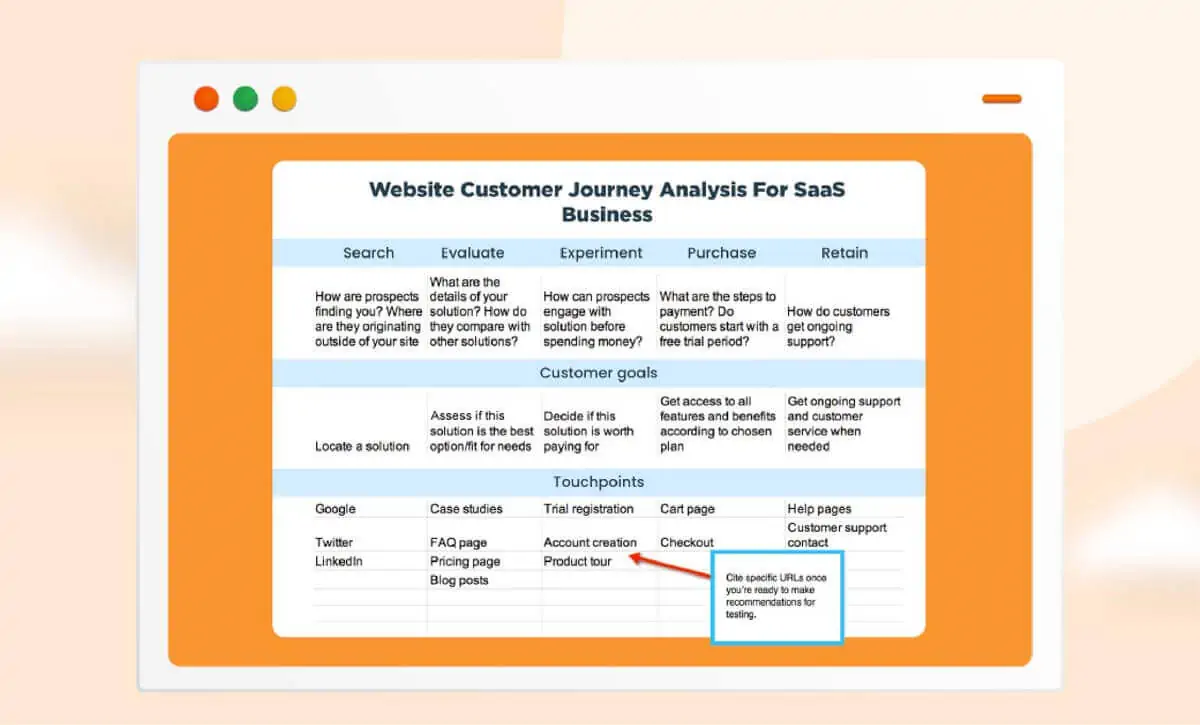
Figure 9.1. A simple mapping model for a software as a service (SaaS) company. Photo by Propelrr.
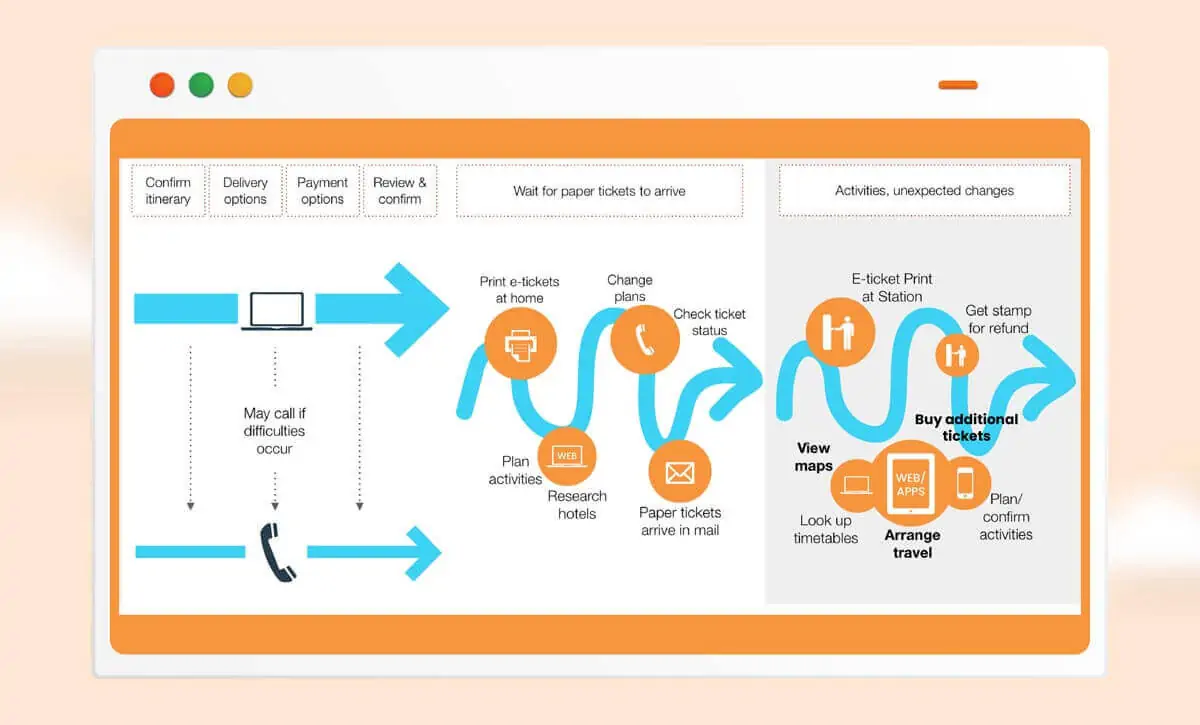
Figure 9.2. Rail Europe experience map. Photo by Propelrr.
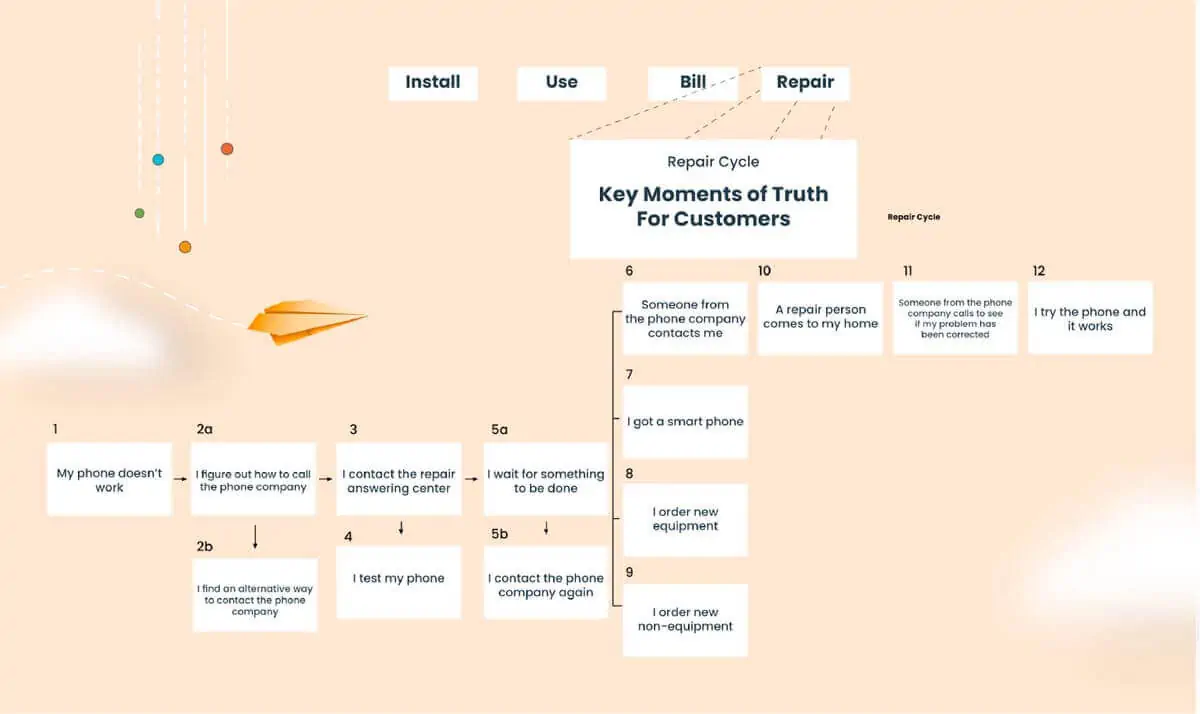
Figure 9.3. Experience map for a telephone repair servicing company founded. Photo by Propelrr.
What this final level to Propelrr’s digital marketing framework wants to remind you is this: excellent digital marketing is crafted with a scalable framework. No online client experience is truly linear; how your users interact with your brand will always be complex and layered, because of the fragmented nature of the online landscape.
But that doesn’t mean that success is impossible for your digital marketing. In fact, your digital marketing strategies can find great success online, as long as you’re grounded in a solid marketing framework.
Propelrr has gone through great lengths to provide you with a data-driven and battle-tested framework that you can scale to your brand’s needs. Find consistent success and gain conversion-focused results when you utilize Propelrr’s expert digital marketing framework for your business.
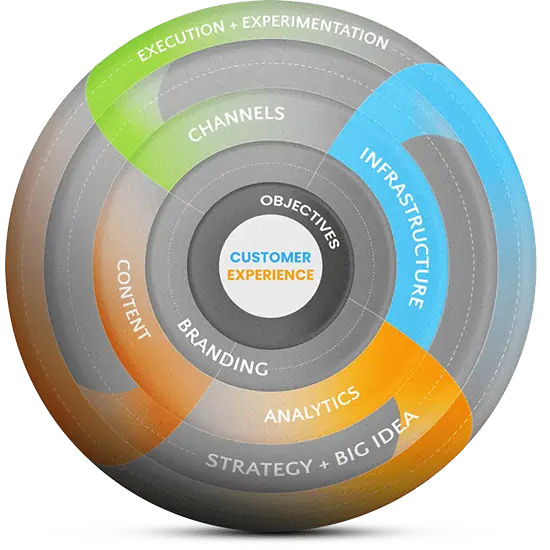
Figure 9.4. The Propelrr Digital Marketing Framework. Through the past decade of our work, we've combined and distilled our knowledge and experience in navigating the digital landscape to develop this effective, and scalable framework. This is a framework tested and proven to work for clients of varying scales and industries. Photo by Propelrr.
Chapter 10
Conclusion

Effective digital marketing can only happen when you have a proper scalable framework in place. In this confusing and disruptive world of digital a framework acts as a map and manual that tells you where and how to start your digital marketing efficiently.
- Customer experience should be at the forefront of your digital transformation.
- When building your digital marketing strategy framework always start from the inside-out and never the other way around. This ensures a scalable approach to your overall digital marketing mix.
- Data should always be the oil that keeps your framework moving. Whether it’s from your analytics trackers or customer insights gathered from message mining, you should realize by now that every marketing initiative or business decision you make should be backed up by data.
- Digital marketing is effective only when all the elements of the framework are present. Mapping out everything requires thoughtful planning and deliberate strategy, which you can maximize through a framework.
Hopefully, this article has been fruitful for you to discover an effective way to start your digital marketing. Now that you have all the knowledge and tools in building an effective digital marketing strategy framework for your brand, it’s time to put it all into practice.
Enjoyed this article? If you want to know more about framework-based digital marketing here are helpful resources you can also read up on:
- 3 Basic Digital Marketing Frameworks to Guide Your Strategy
- Criteria for a Digital Marketing Framework That’s Data-driven
- How Propelrr’s Digital Marketing Framework Drives Online Success
But if you’re looking for a team (like us) who can effectively craft a digital marketing strategy framework for you with proven results, then we’d love to hear from you! Drop the Propelrr a line over at our Facebook, Twitter, or LinkedIn accounts. Contact us today!



